❑ Introduction
Edge computing has entered a golden period of development.
Source | China Academy of Information and Communications Technology (Please indicate the source when reprinting)
The integration of computing and networking focuses on the key anchor point of “computing + networking” for integrated development, continuously innovating and evolving around the two core directions of “networked computing” and “computing networking.” As the core technology for the evolution of integrated computing and networking, edge computing provides low-latency, wide connectivity, high bandwidth, and intelligent services on the edge side, widely applied in various vertical industries such as education, energy, industry, and transportation, laying a capability foundation for the innovative development of integrated computing and networking technologies. China places great importance on the development of the edge computing industry, with various documents recently issued by the National Development and Reform Commission, the Ministry of Industry and Information Technology, and other ministries repeatedly mentioning edge computing, clearly proposing the development of edge data centers and the construction of edge computing facilities tailored to specific scenarios. Edge computing has entered a golden period of development.
Recently, the China Academy of Information and Communications Technology, in collaboration with CCSA TC621, led a joint effort with cloud service providers, telecom operators, equipment suppliers, universities, and research institutions to release the “White Paper on Edge Computing+” technology. This white paper focuses on the technological integration and innovation of edge computing, introducing the concept of “Edge Computing+” for the first time, and conducting research on the technological innovation system of “Edge Computing+” from various aspects including core value, reference architecture, key technological capabilities, and trend outlook.
A total of 23 organizations participated in the preparation of this white paper, including: China Academy of Information and Communications Technology, Beihang University, Tianyi Cloud Technology Co., Ltd., China Unicom Research Institute, Beijing Volcano Engine Technology Co., Ltd., Inspur Electronic Information Industry Co., Ltd., Chongqing Green Intelligent Technology Research Institute of the Chinese Academy of Sciences, Intel (China) Co., Ltd., Weihai Electronic Information Technology Comprehensive Research Center of the Ministry of Industry and Information Technology, Lenovo Software (Beijing) Co., Ltd., Inspur Communication Technology Co., Ltd., Shanghai Layer Peak Network Technology Co., Ltd., Zhejiang Jiuzhou Cloud Information Technology Co., Ltd., Star Ring Information Technology (Shanghai) Co., Ltd., Haowei Cloud Computing Technology Co., Ltd., UCloud Technology Co., Ltd., Tencent Cloud Computing (Beijing) Co., Ltd., JD Cloud Computing Co., Ltd., Zhuichi Network Technology (Shanghai) Co., Ltd., Shenzhen Shimeitai Technology Co., Ltd., Baidu Network Technology (Beijing) Co., Ltd., Alibaba Cloud Computing Co., Ltd., and Beijing Aosi Gonglian Technology Co., Ltd.
The “White Paper on Edge Computing+” includes the following four highlights:
Highlight 1: Fully focuses on the role of edge computing technology integration in empowering industries
The white paper addresses three types of edge computing: operator edge, cloud edge, and industrial edge, explaining the core role of edge computing technology integration in meeting industry application demands for efficient computing power, massive access, intelligent analysis, and security protection, and extracting the core value of edge computing technology integration.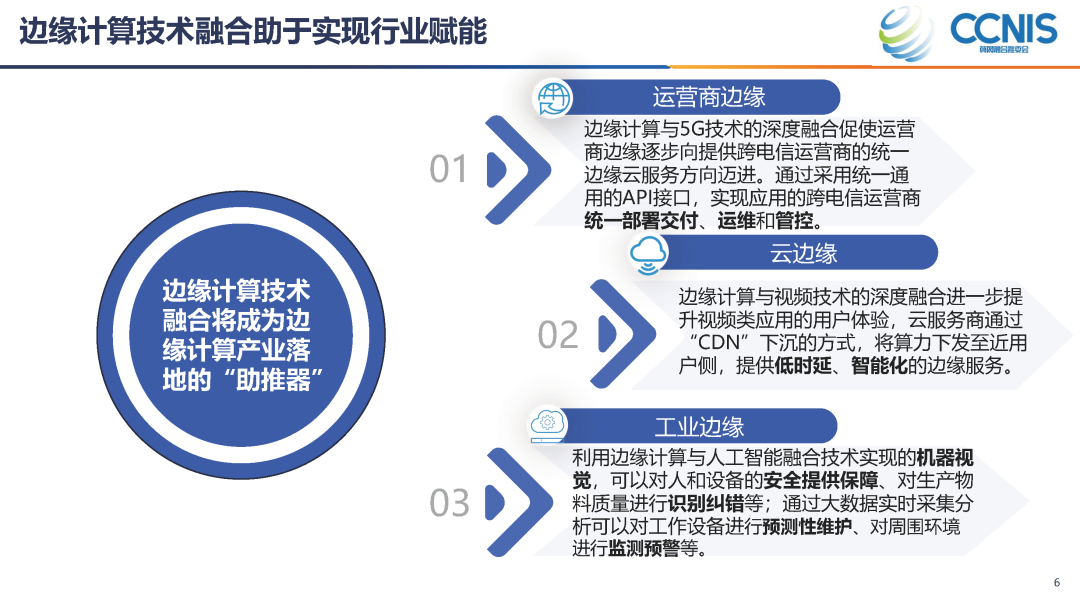
Highlight 2: Profoundly elaborates on the connotation of “Edge Computing+” and introduces the “Edge Computing+” reference model for the first time
As an innovative evolution of edge computing technology, the white paper elaborates on the connotation of “Edge Computing+” and proposes the “Edge Computing+” reference model based on existing research results, detailing it from three parts: capability foundation, technology integration, and industry applications.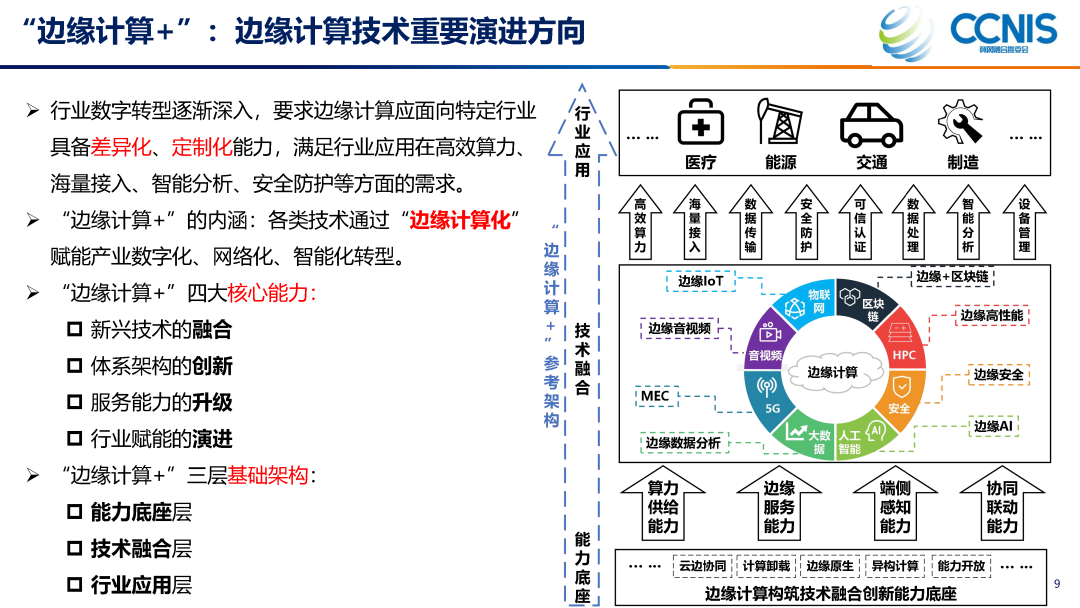
Highlight 3: Systematically organizes the key technological capabilities of “Edge Computing+”
The white paper details six key technological capabilities of “Edge Computing+” including “Edge Computing+5G,” “Edge Computing+Artificial Intelligence,” “Edge Computing+Audio and Video,” “Edge Computing+Security,” “Edge Computing+High Performance,” and “Edge Computing+Blockchain” from the perspectives of scenario requirements, technical architecture, and typical cases.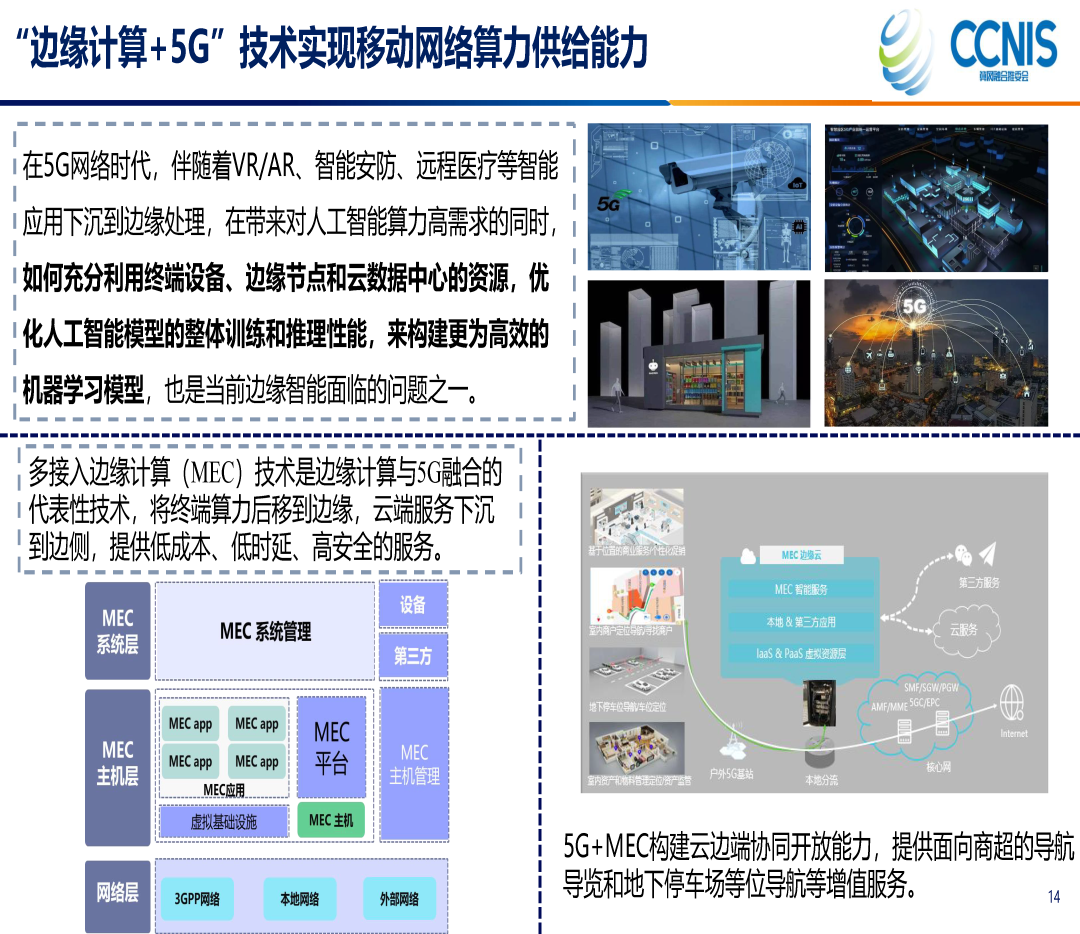
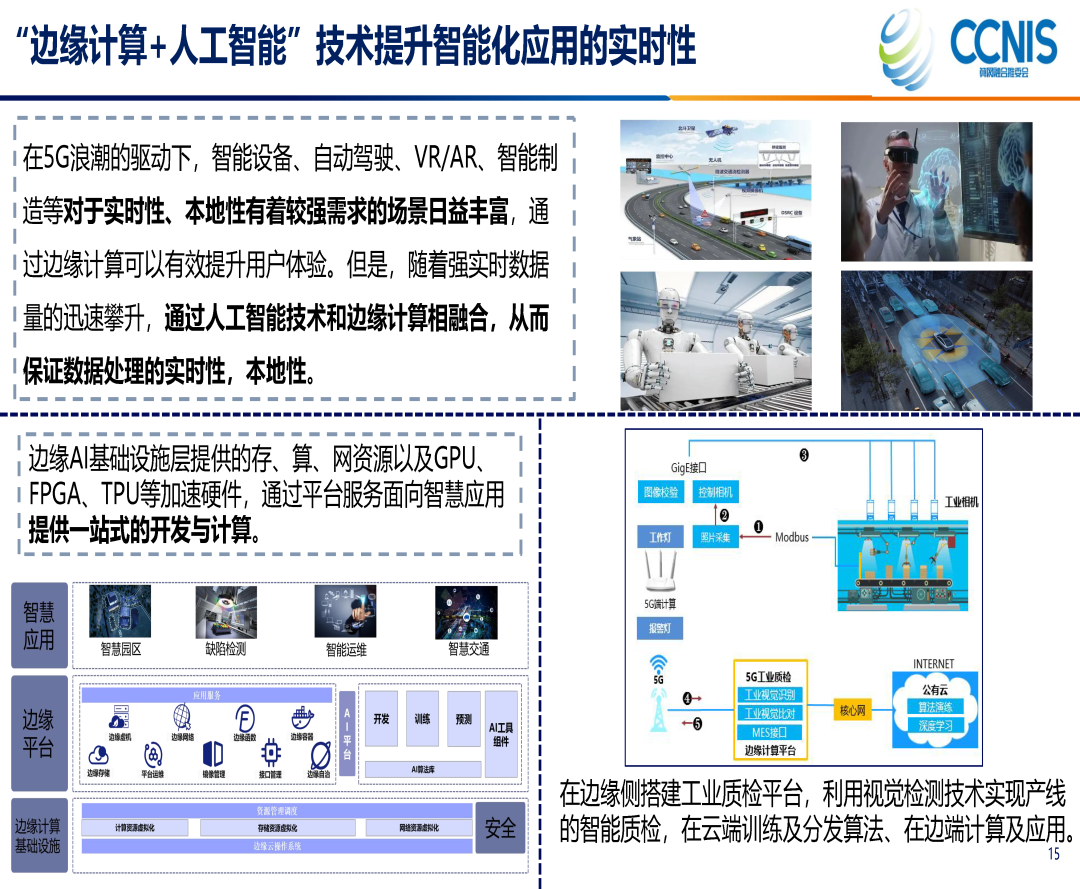
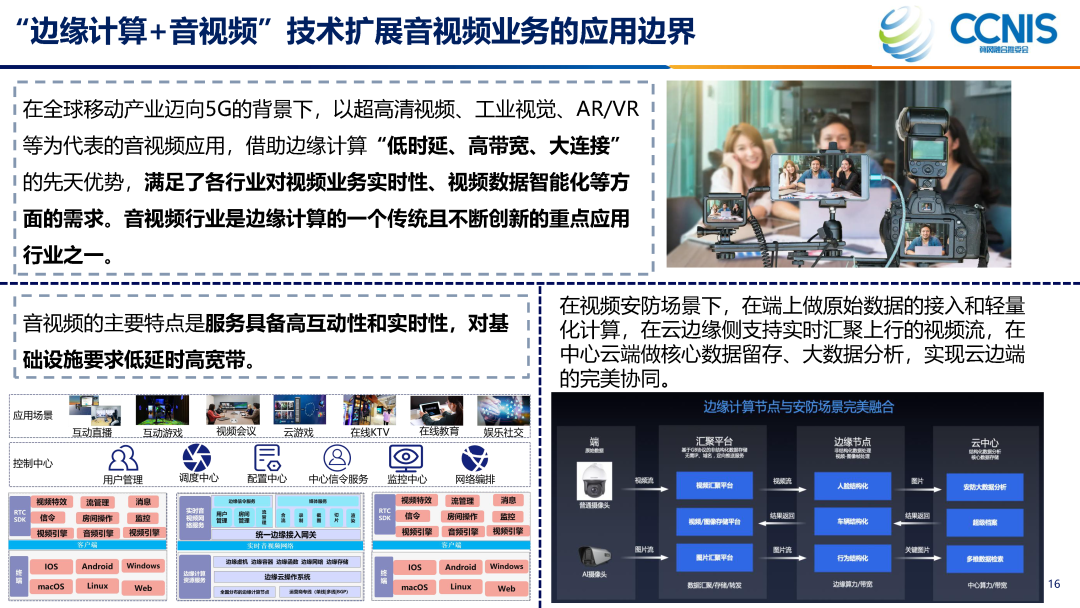
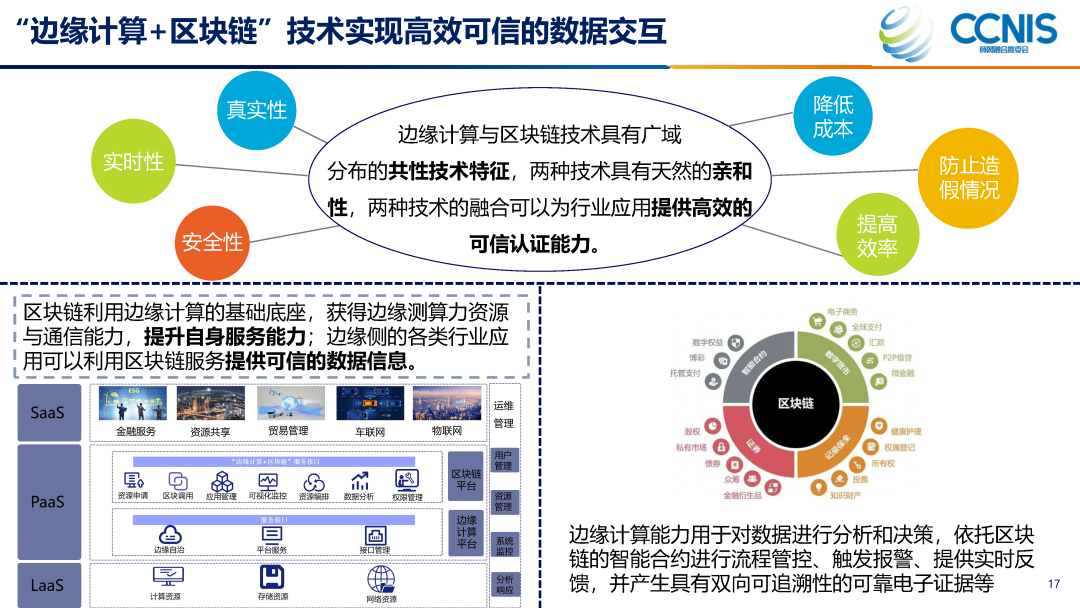
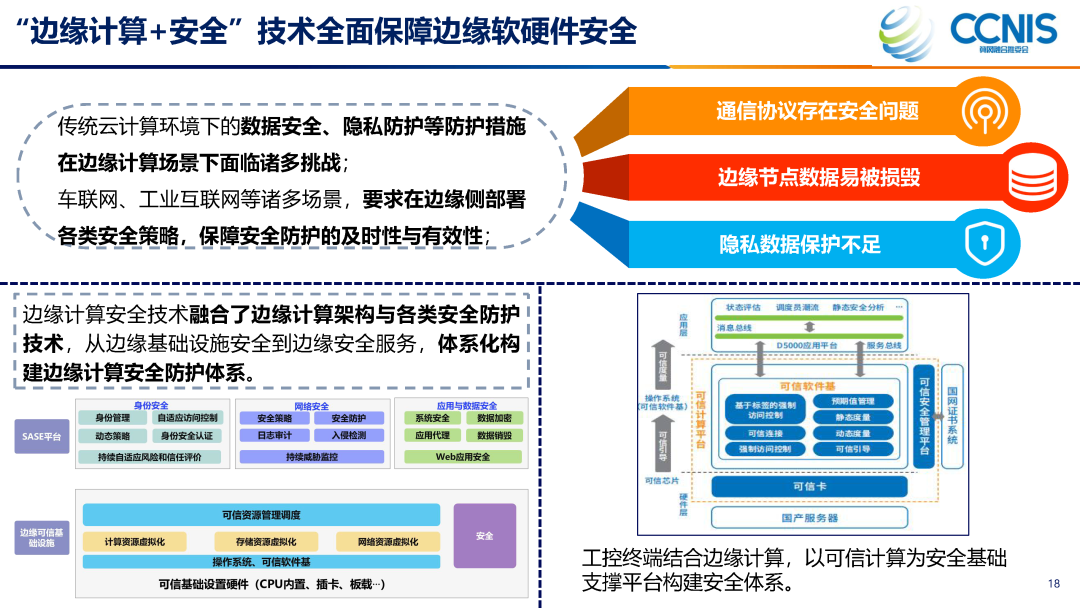
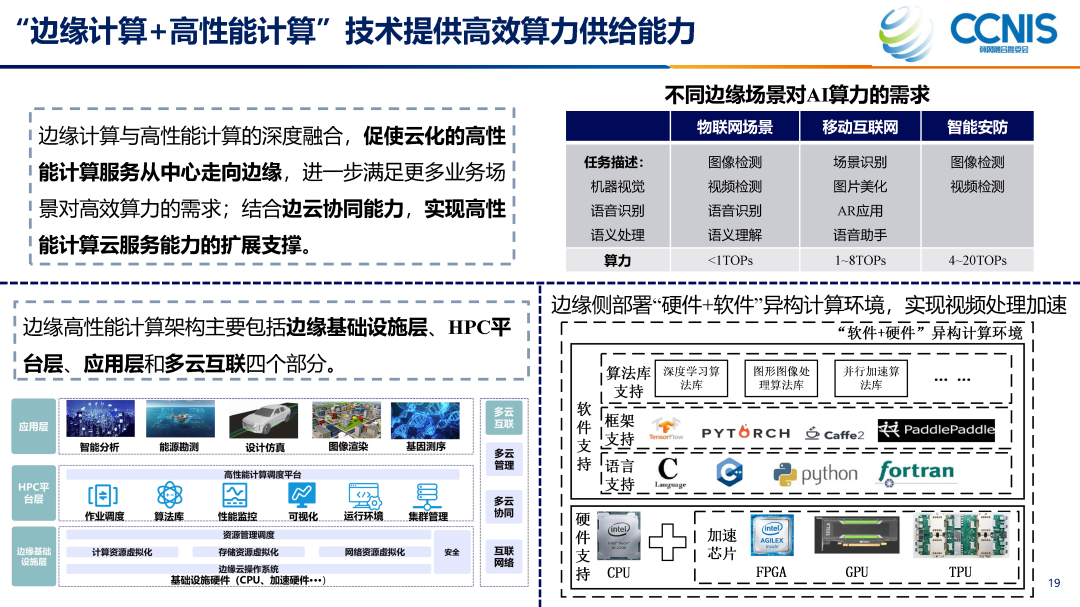
Highlight 4: Comprehensive outlook on the development trends of “Edge Computing+” technology
The “Edge Computing+” innovation system will deepen from concept to practice, with its technological integration capabilities further enhanced in depth and breadth. The white paper comprehensively looks ahead to the technological evolution trends of “Edge Computing+” around integrated computing and networking, integrated intelligence, cloud-native, and security protection.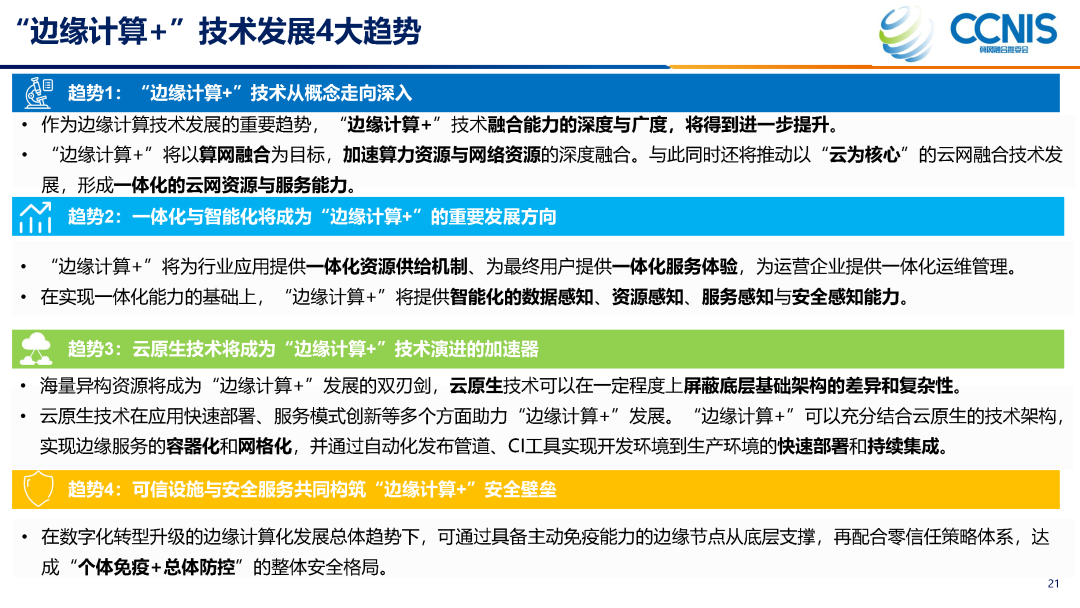 As the industry’s first voice, the “White Paper on Edge Computing+” provides an important reference for the innovative evolution of edge computing technology integration.The specific content of the “White Paper” is as follows
As the industry’s first voice, the “White Paper on Edge Computing+” provides an important reference for the innovative evolution of edge computing technology integration.The specific content of the “White Paper” is as follows
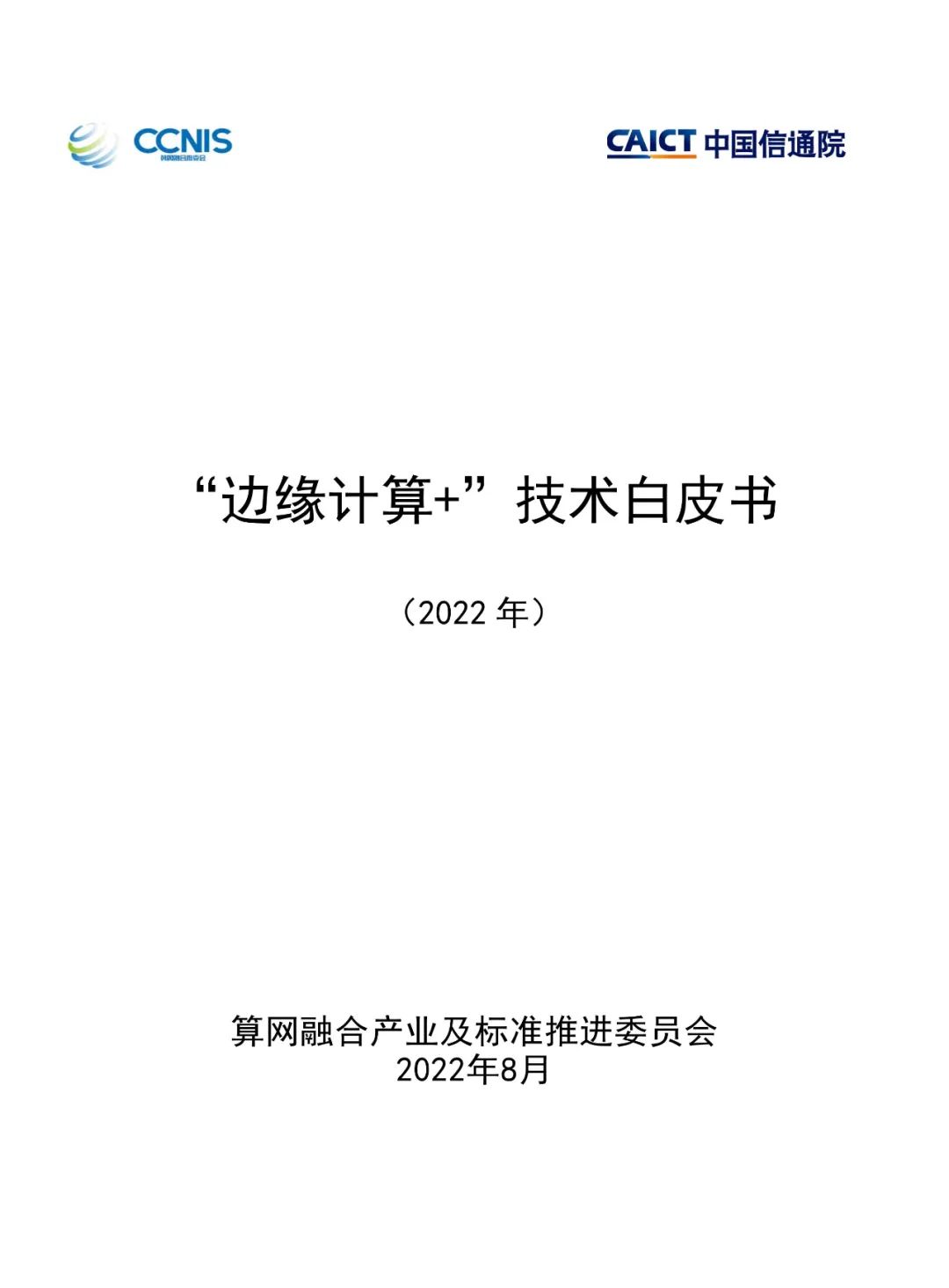
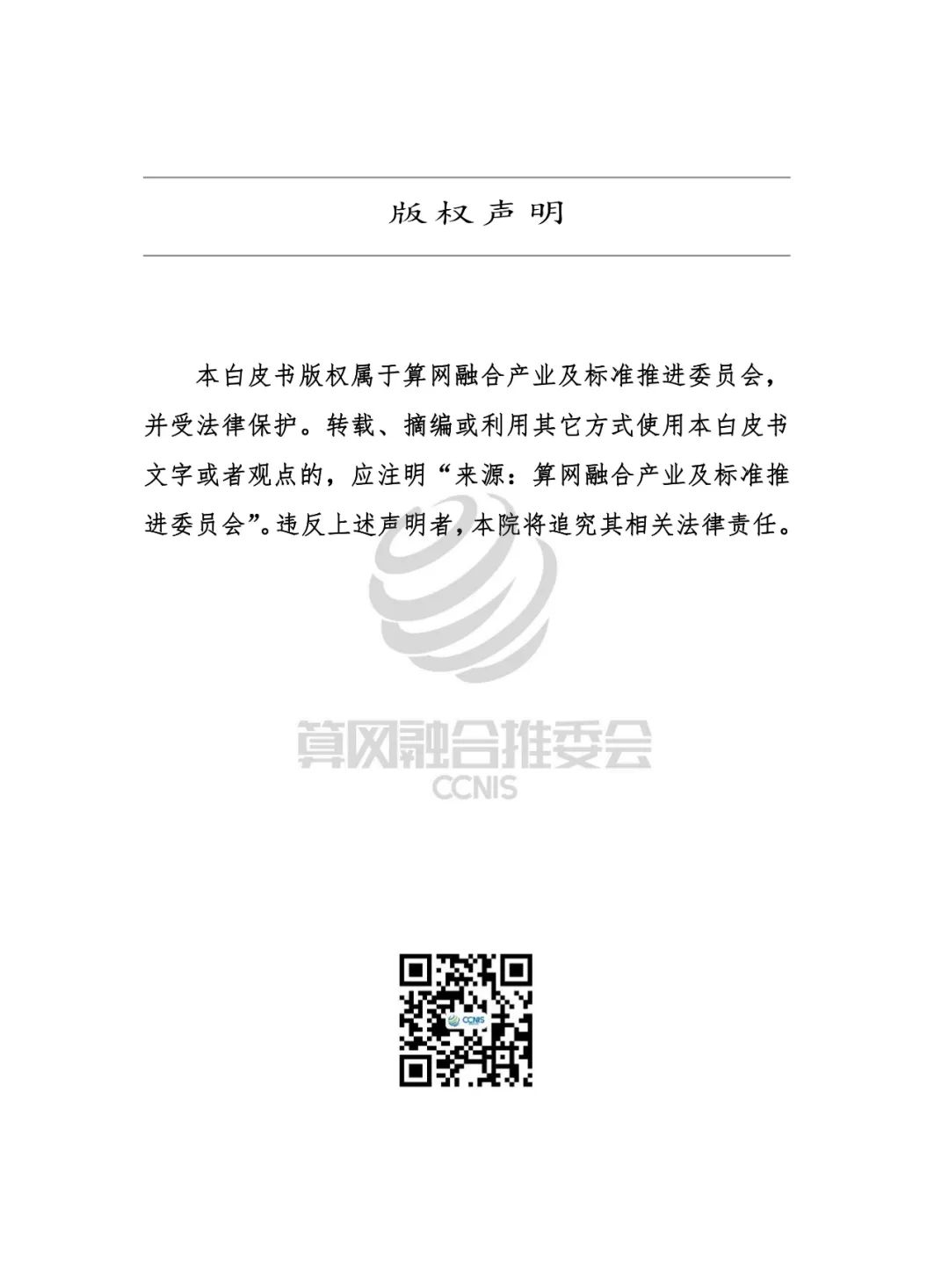
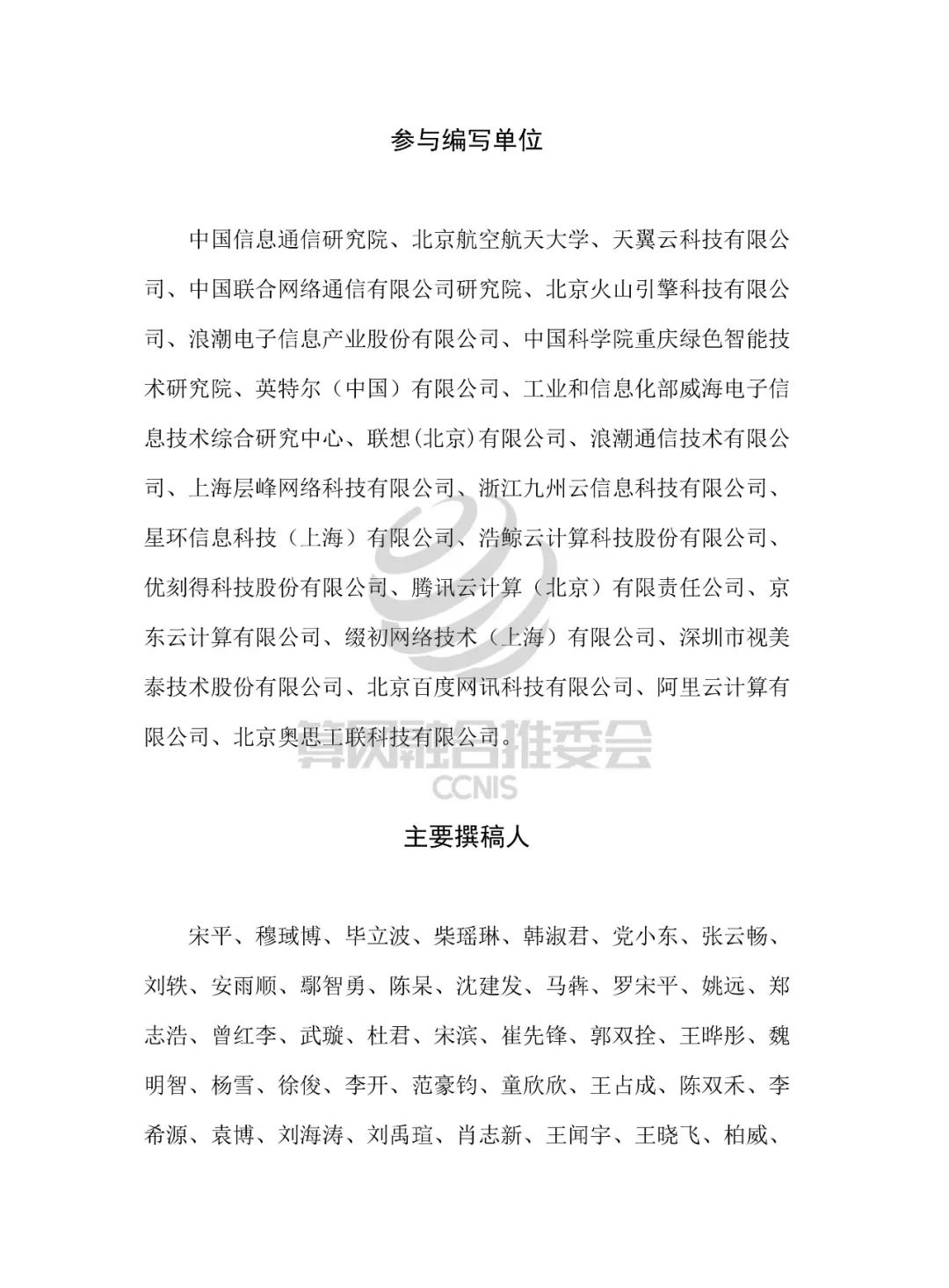

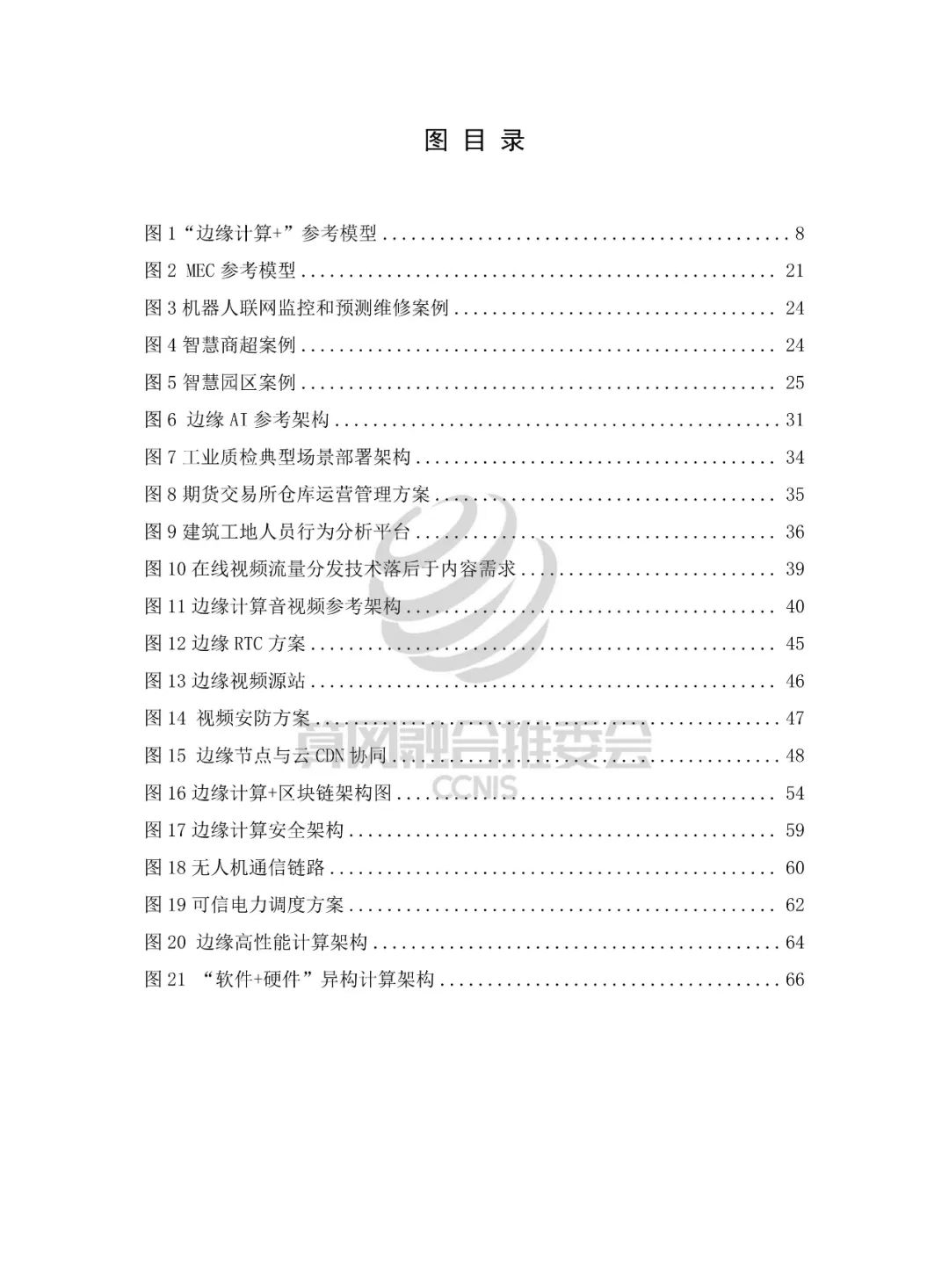
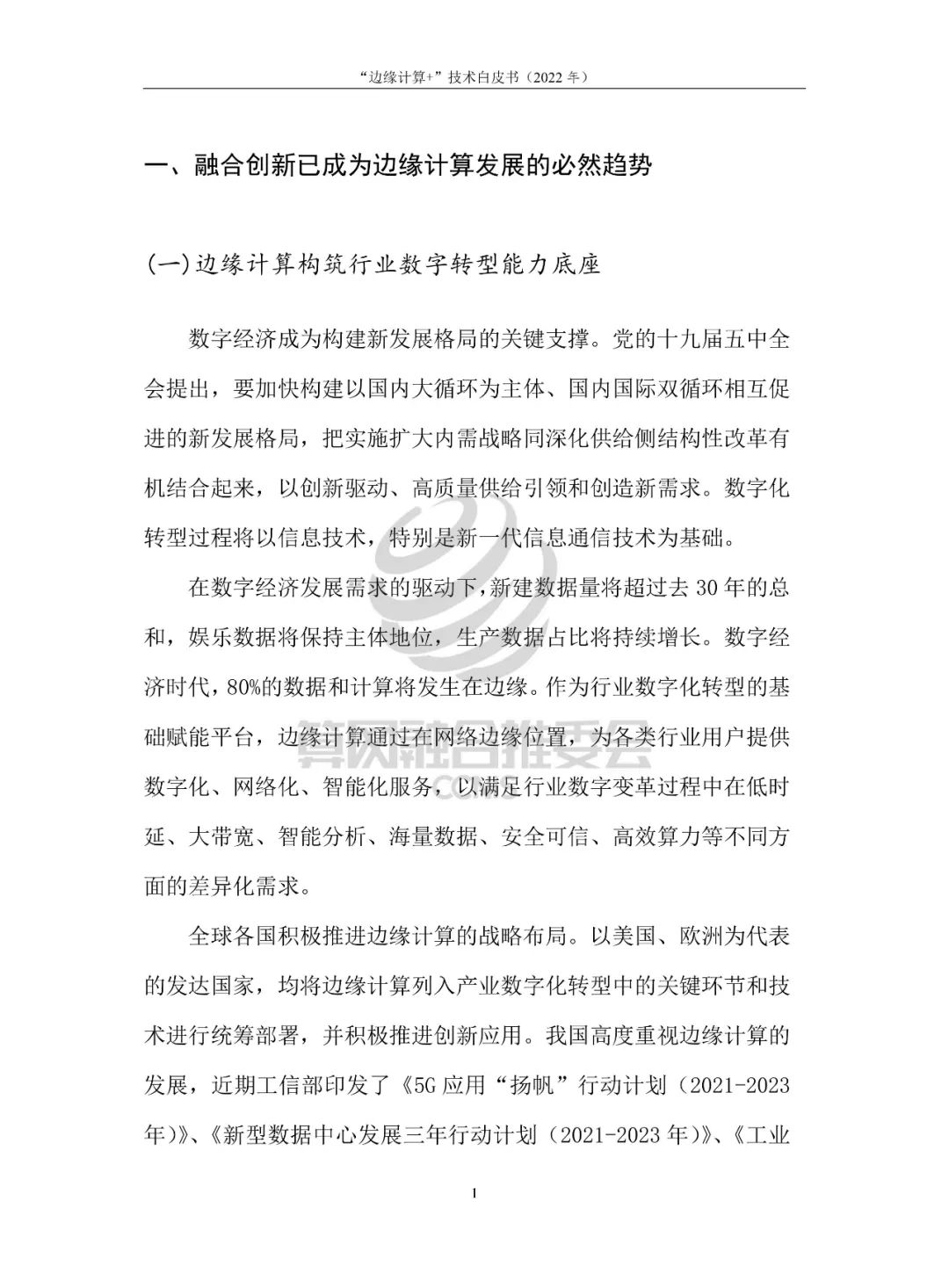
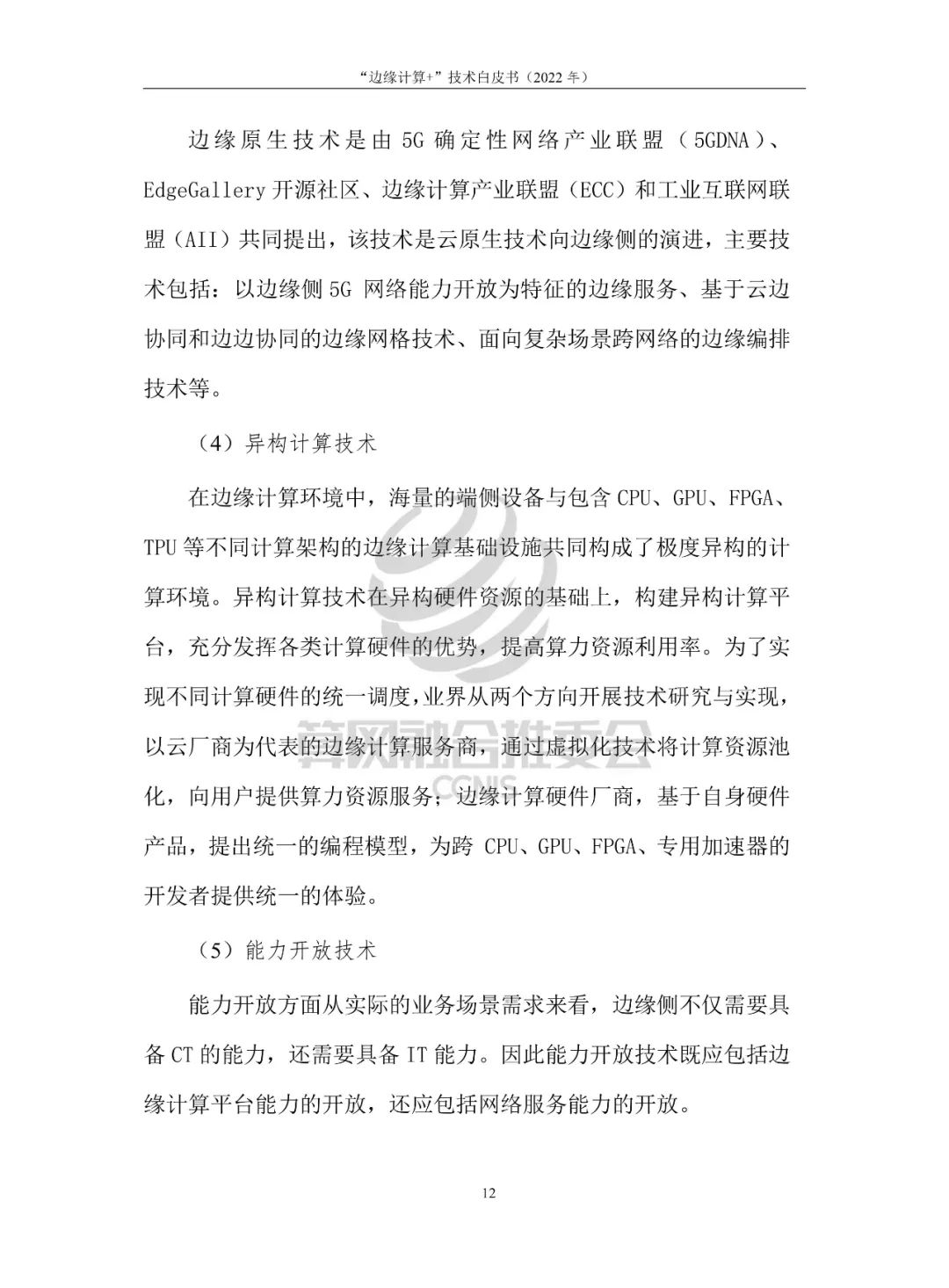
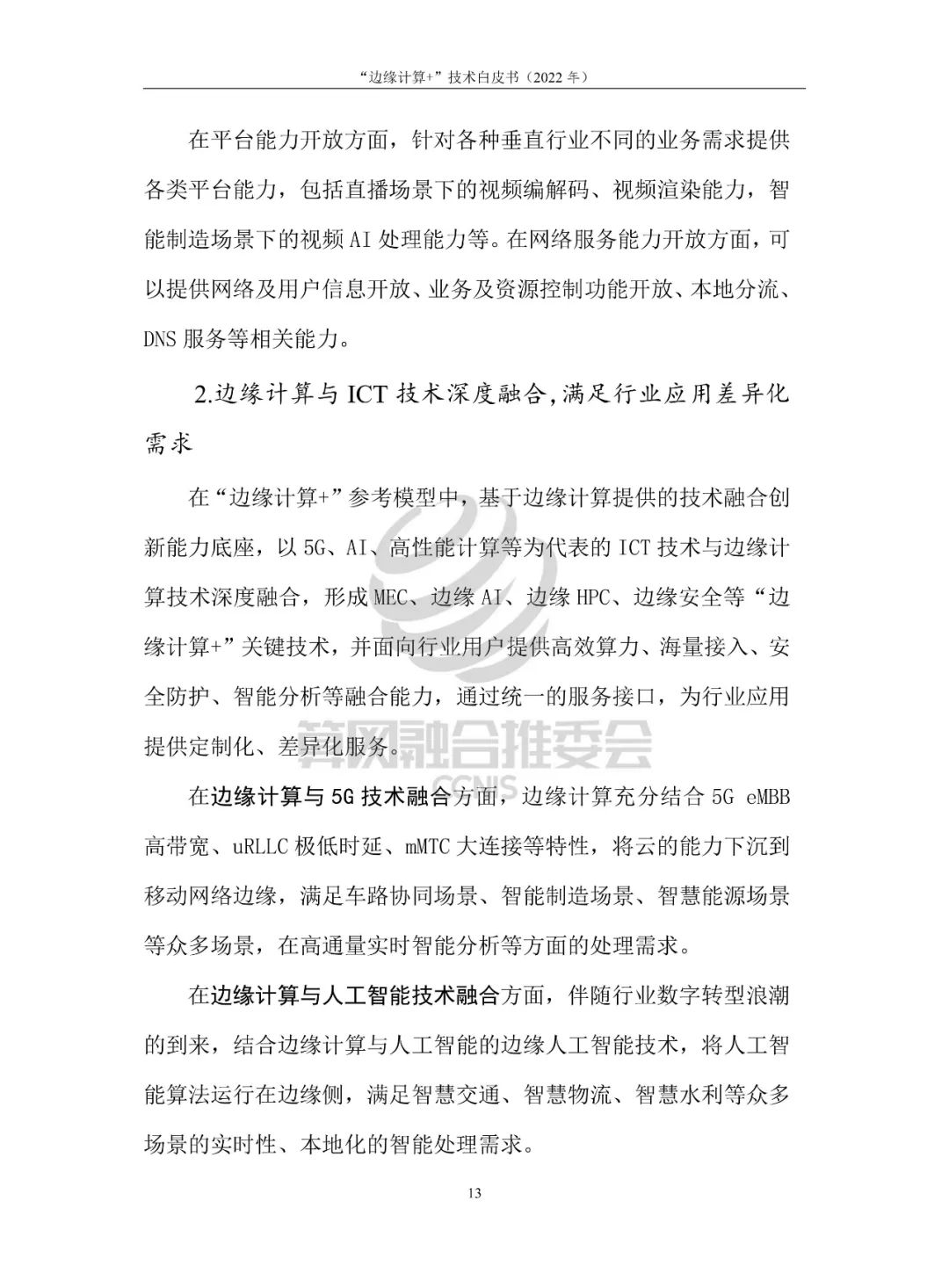
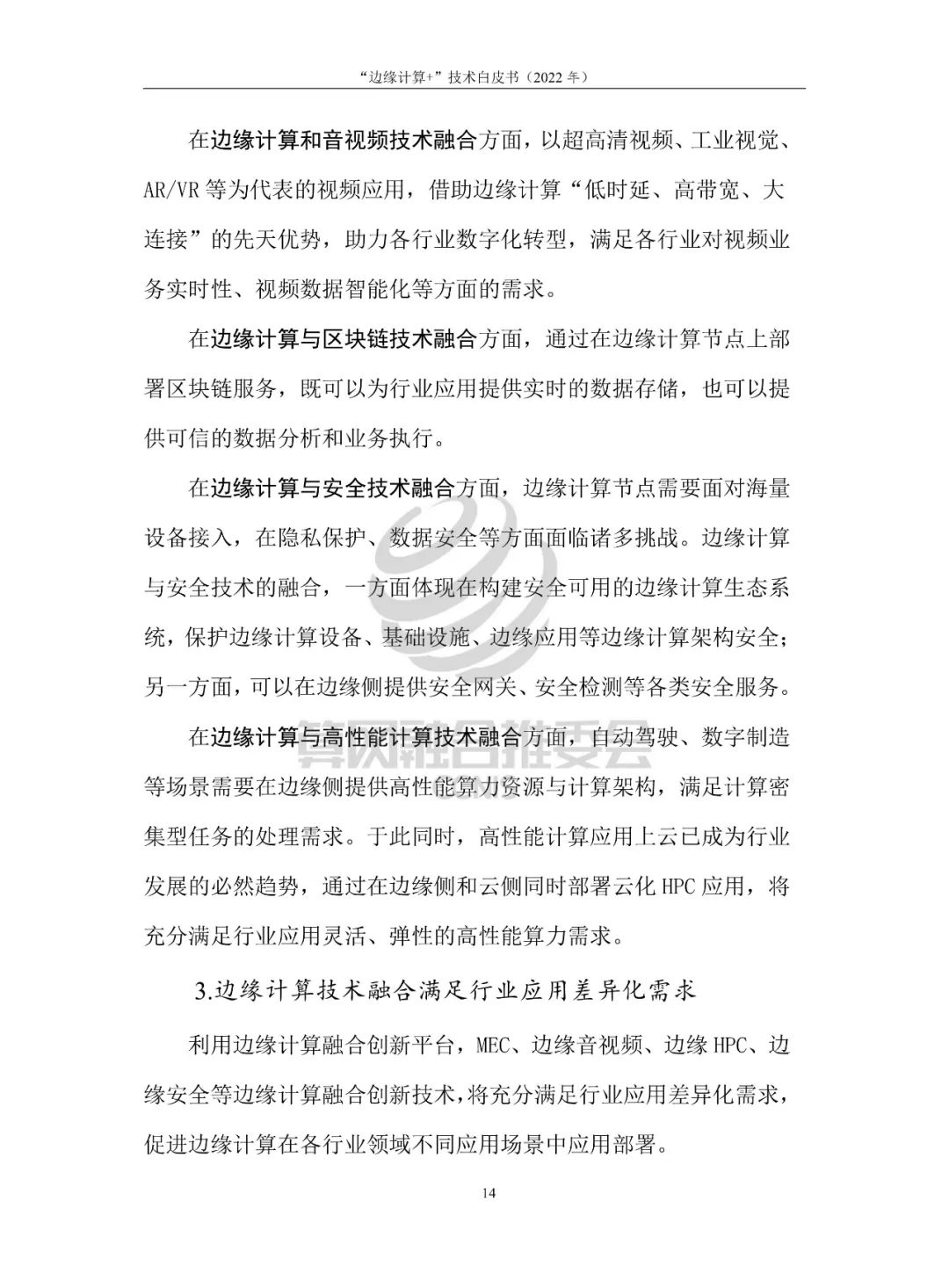
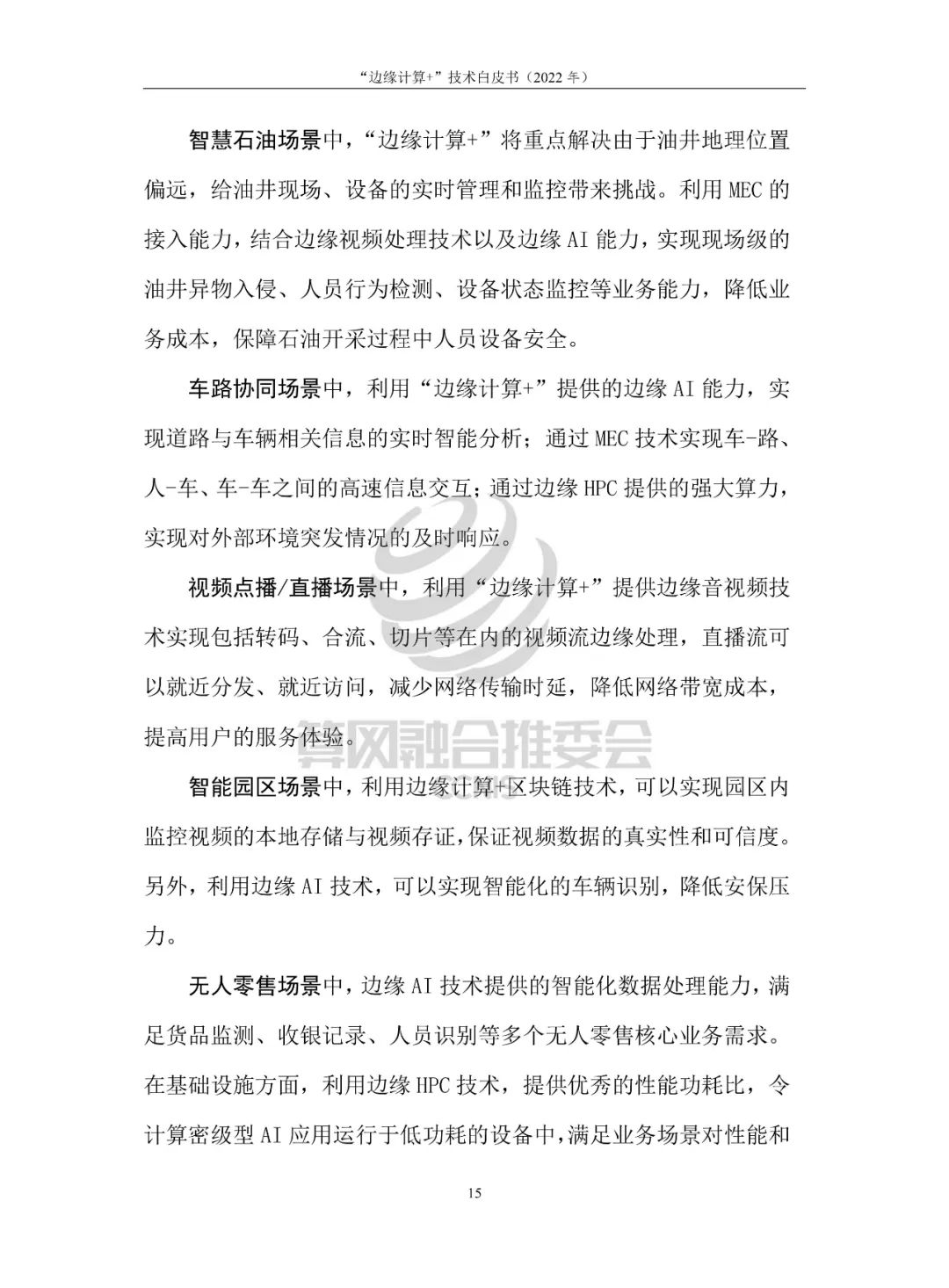
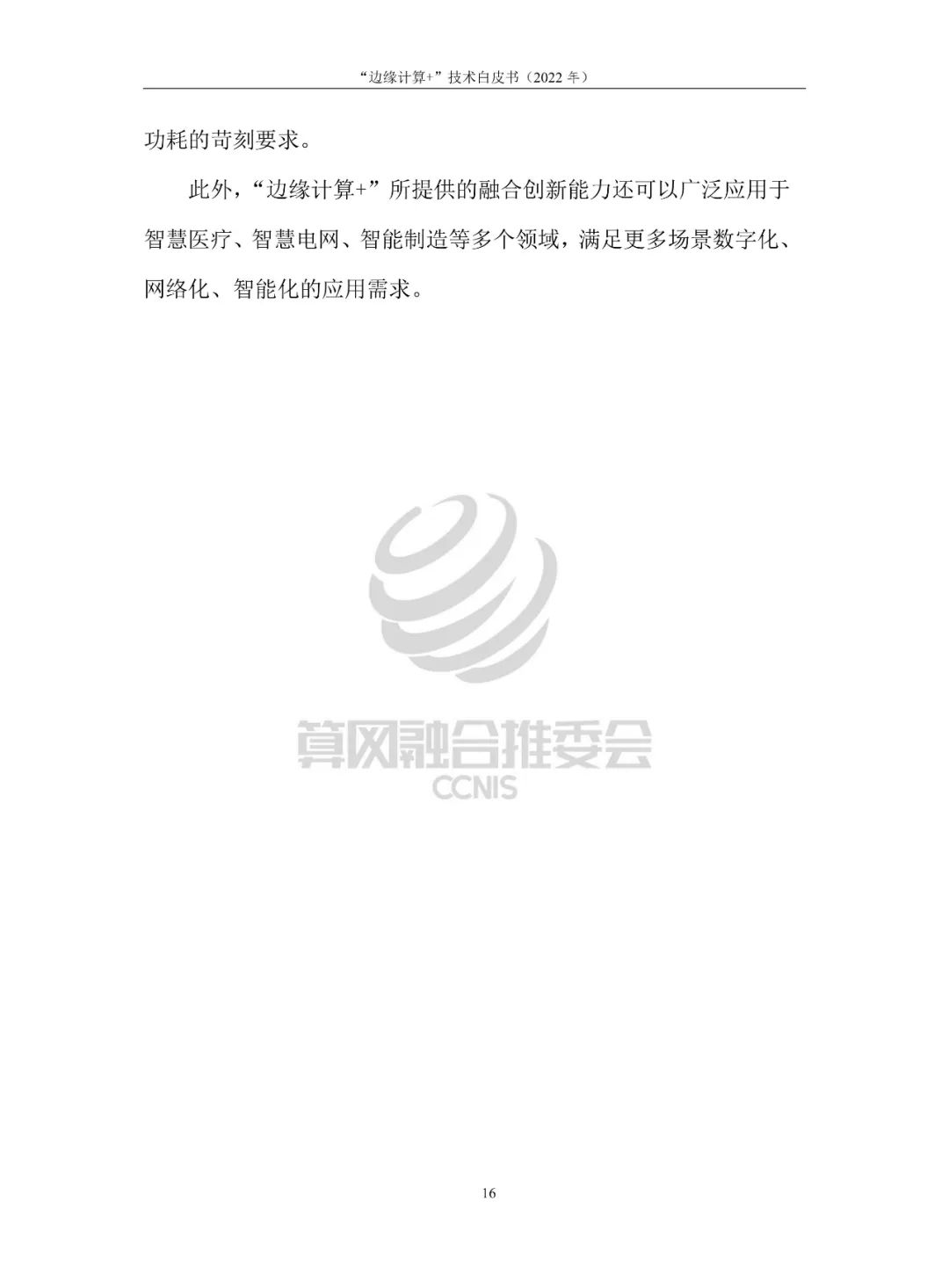
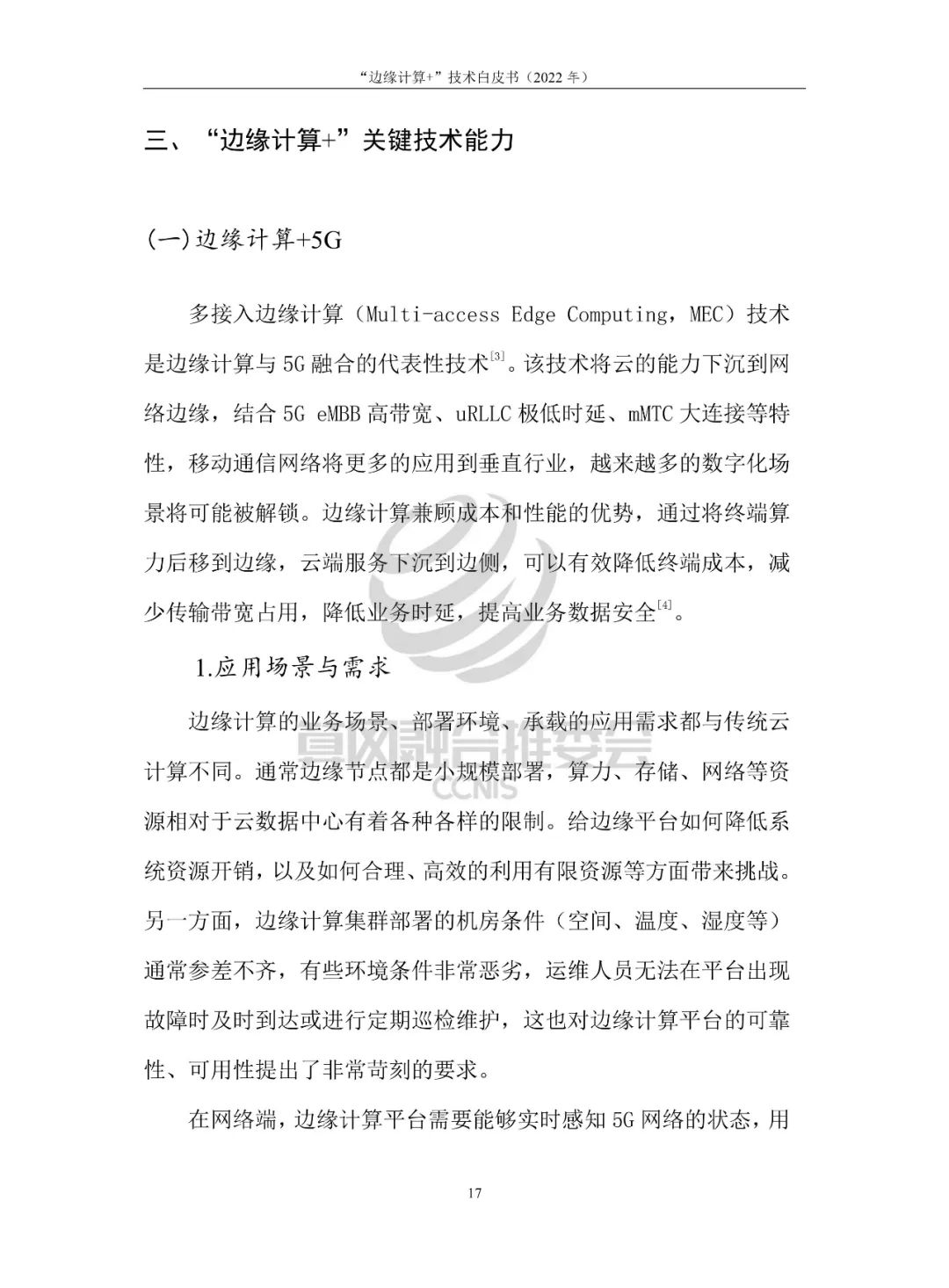
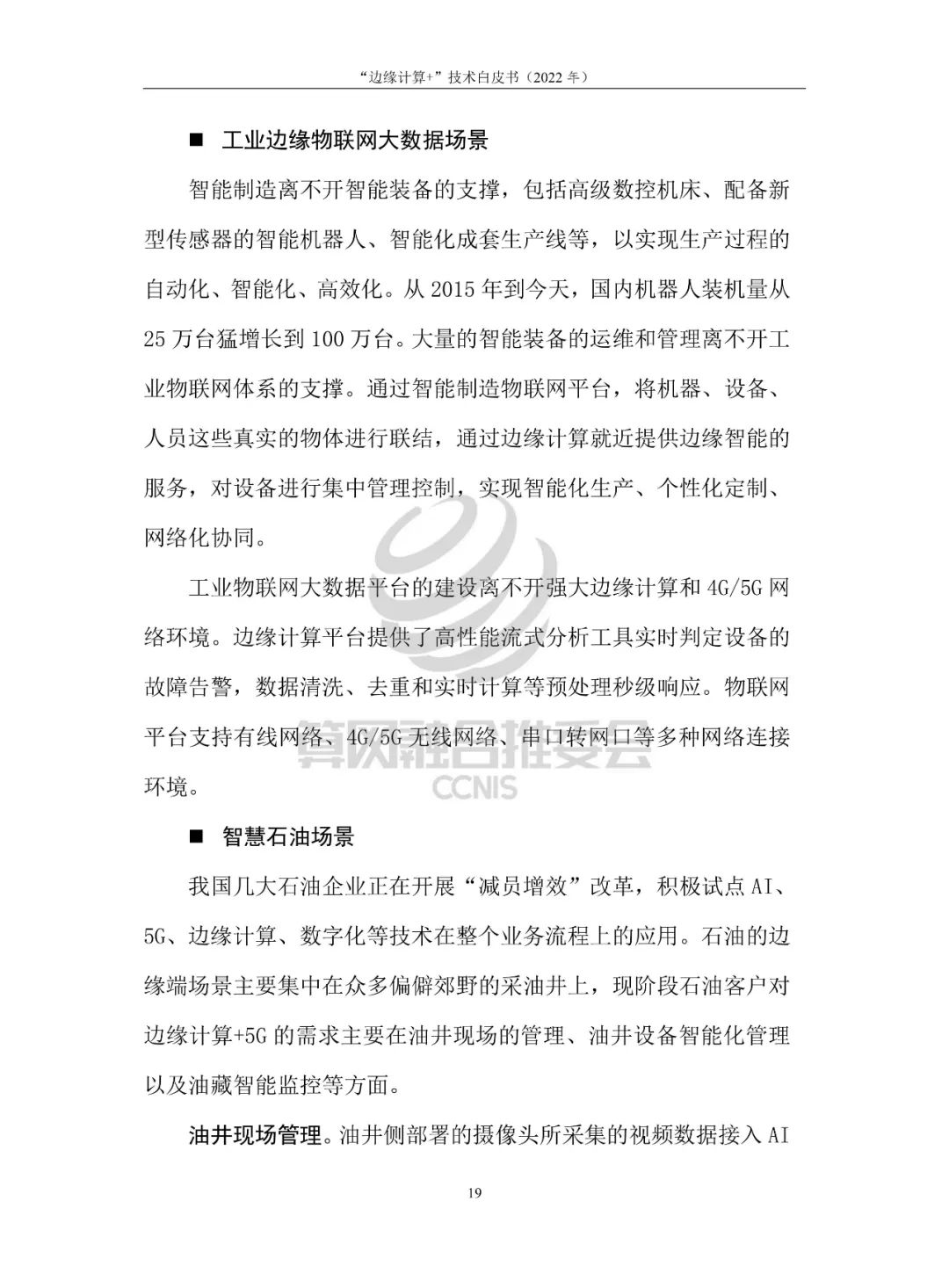
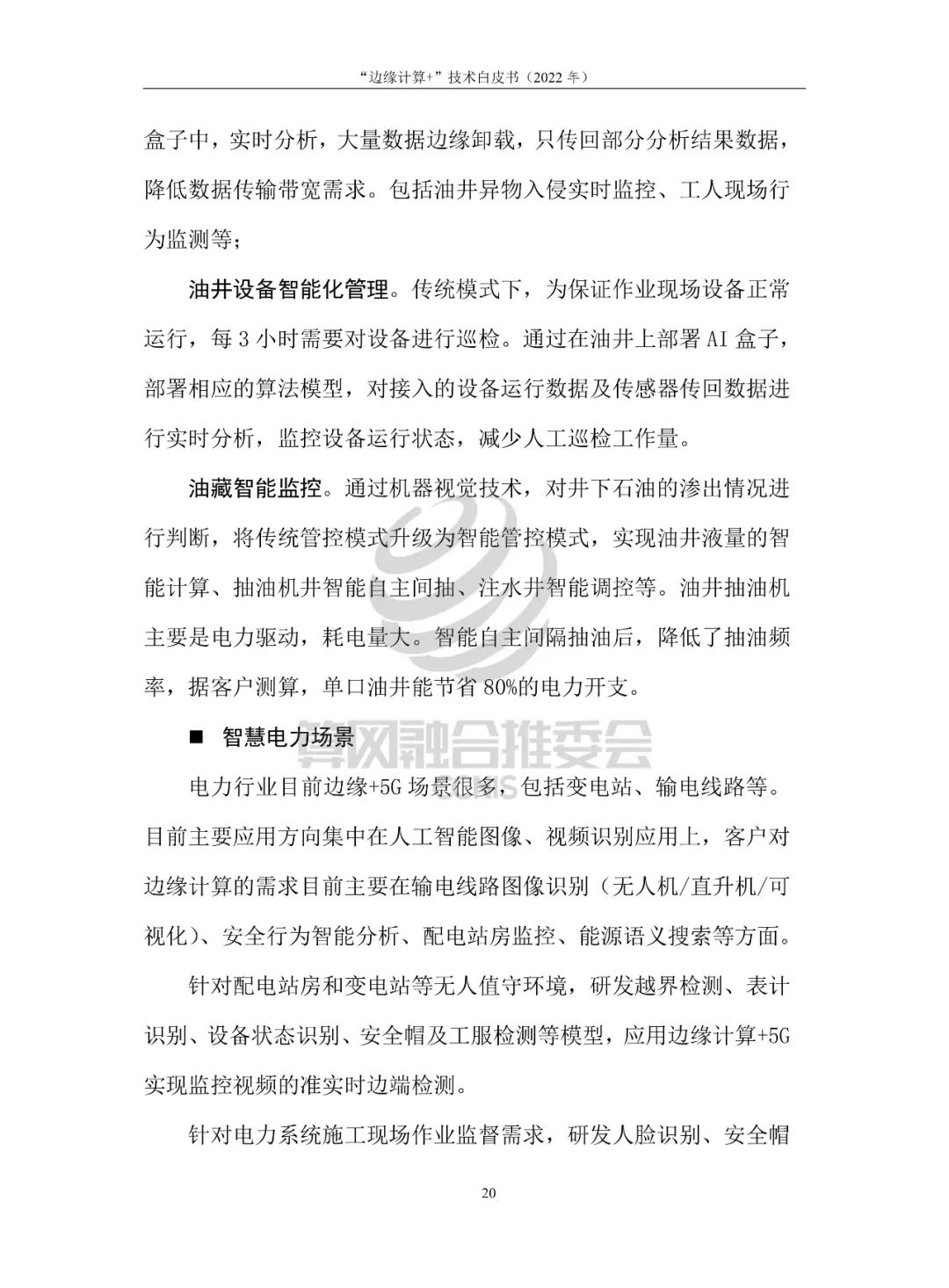
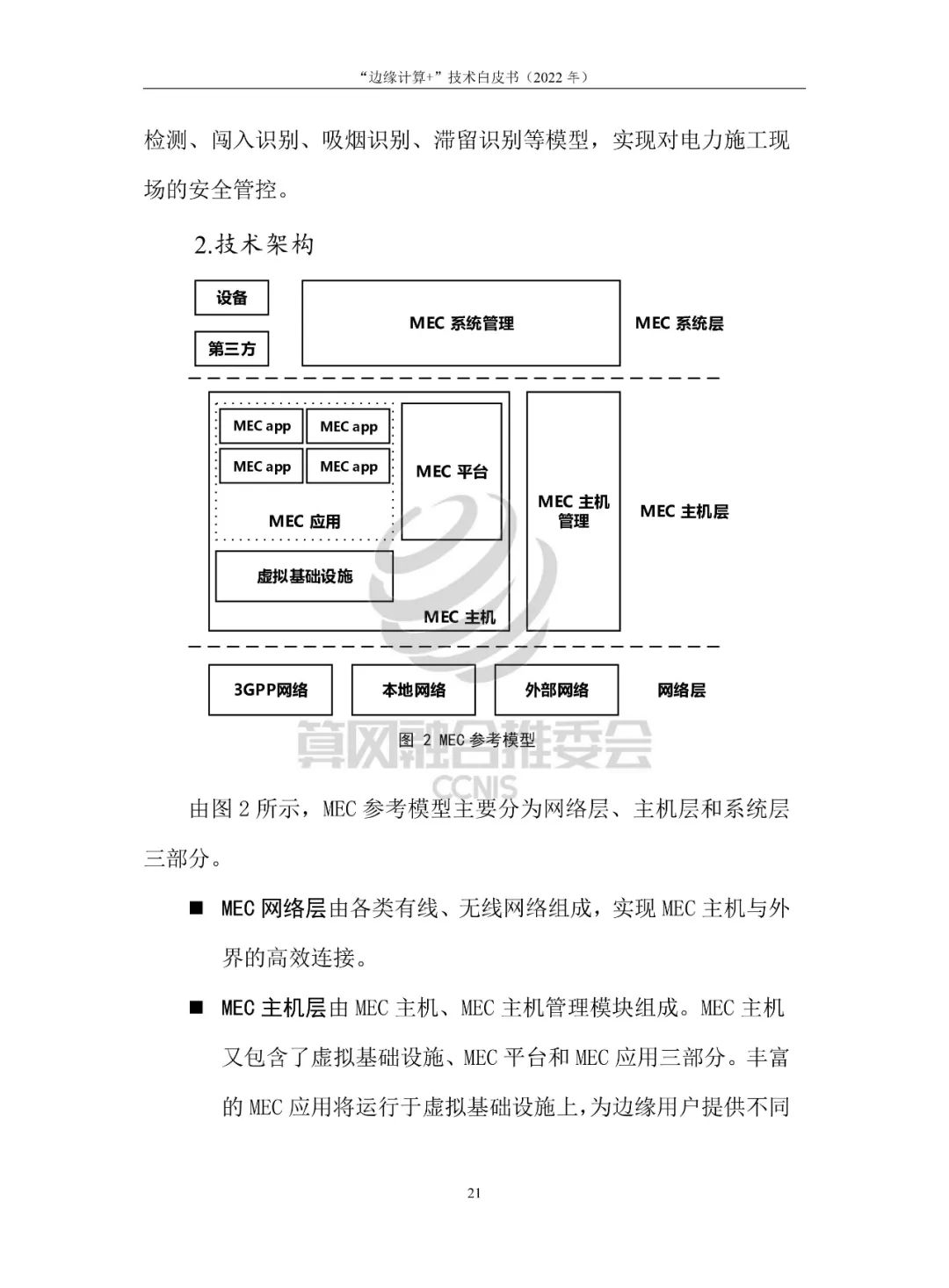
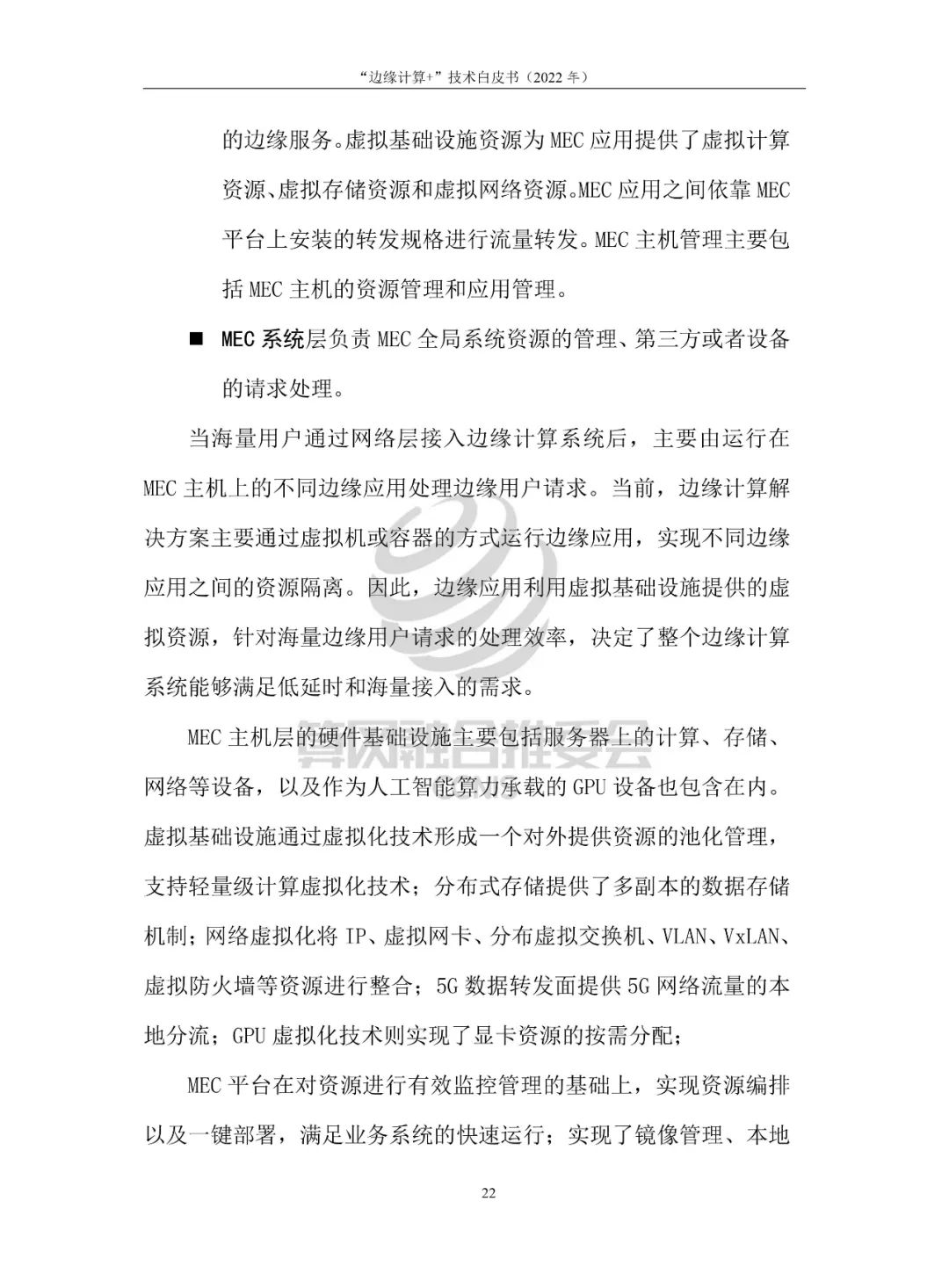
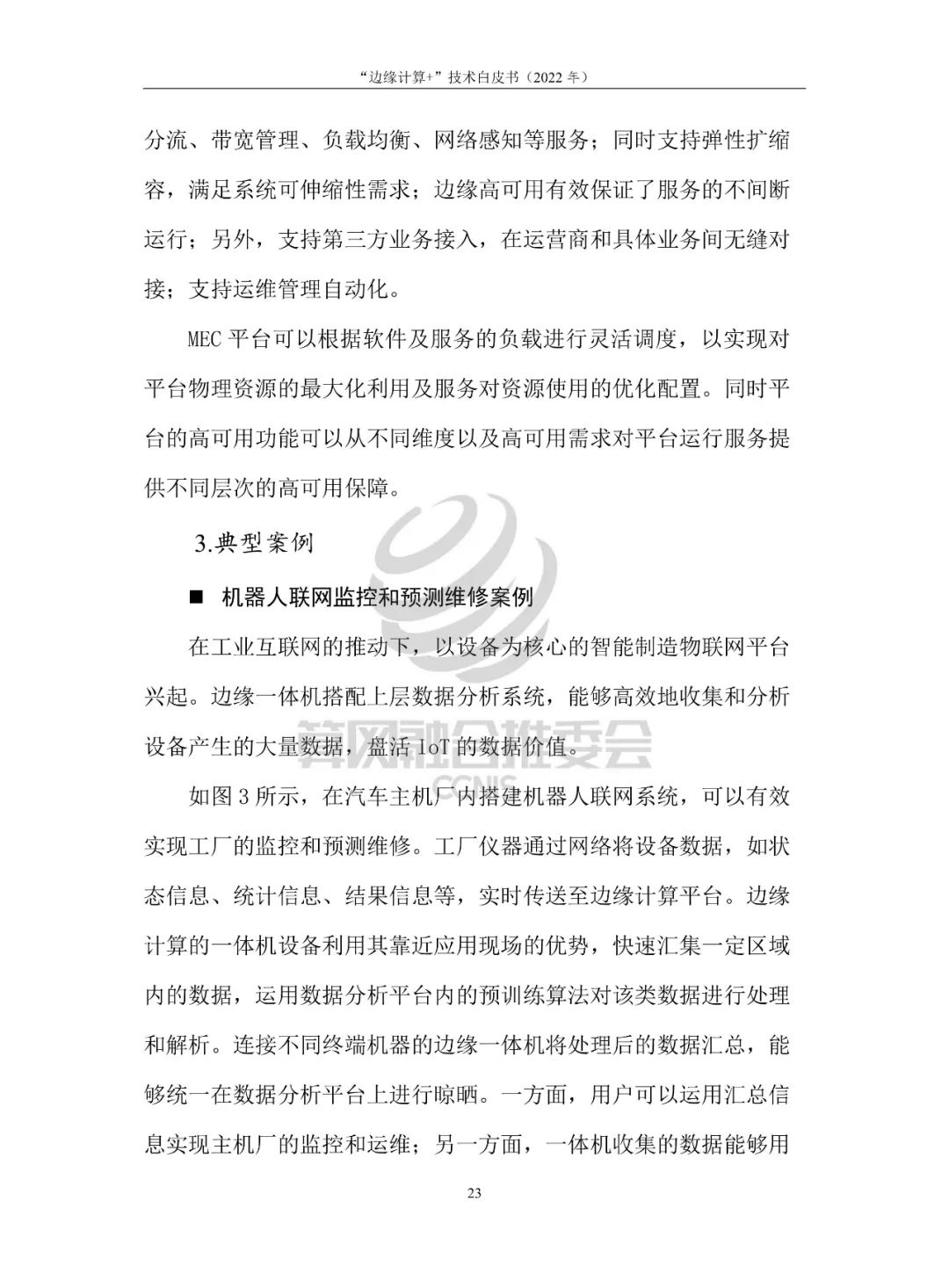
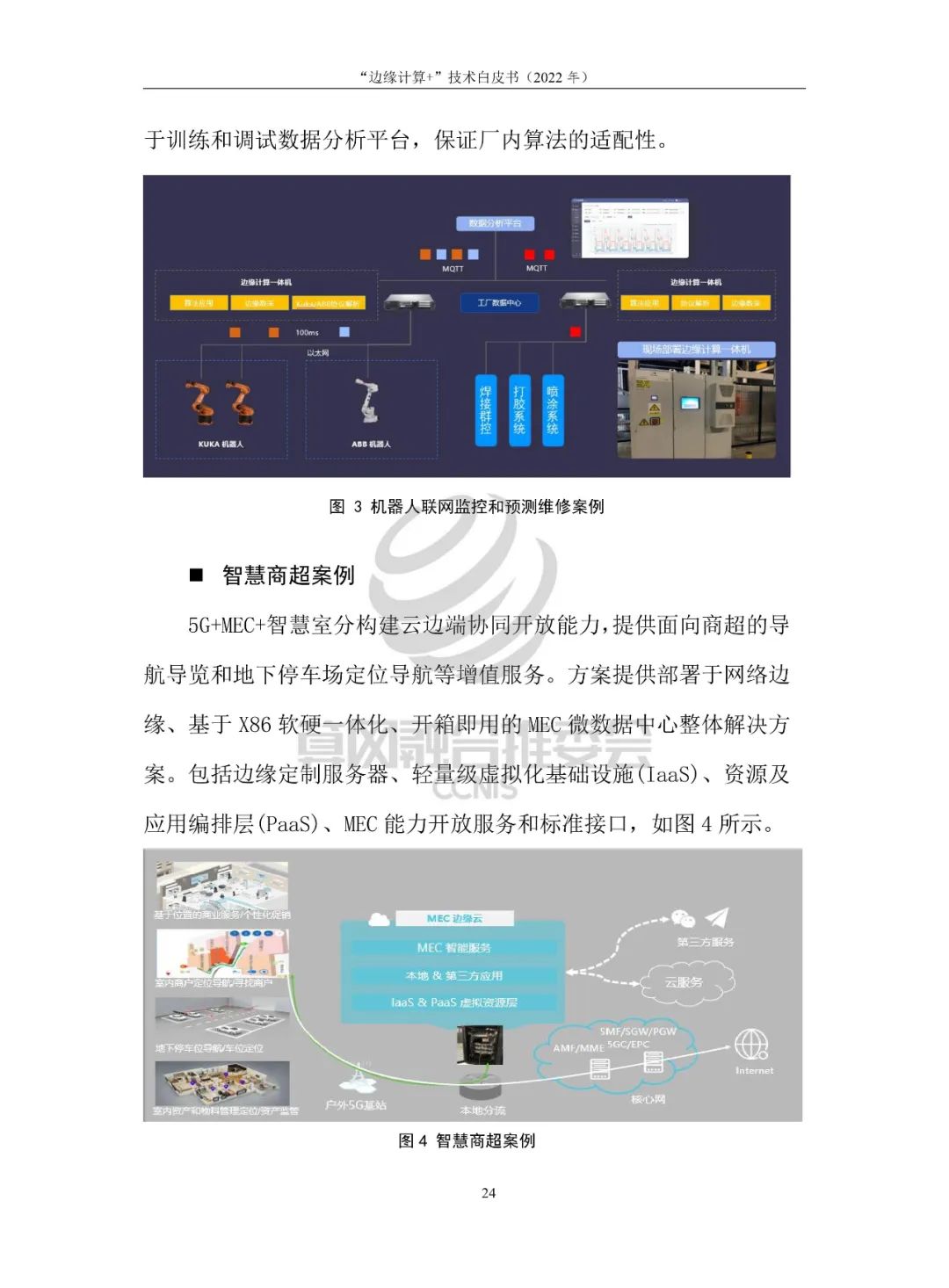
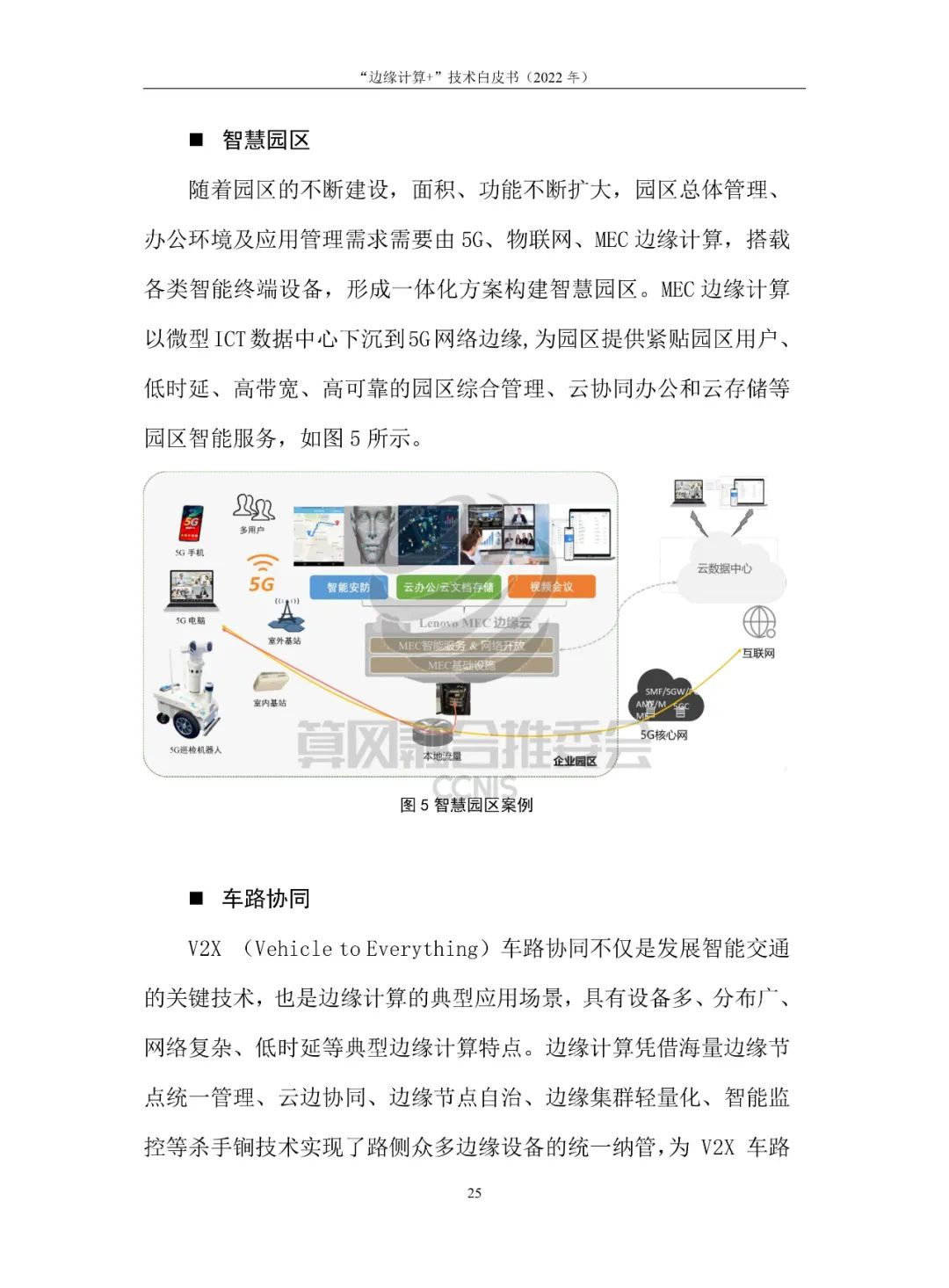
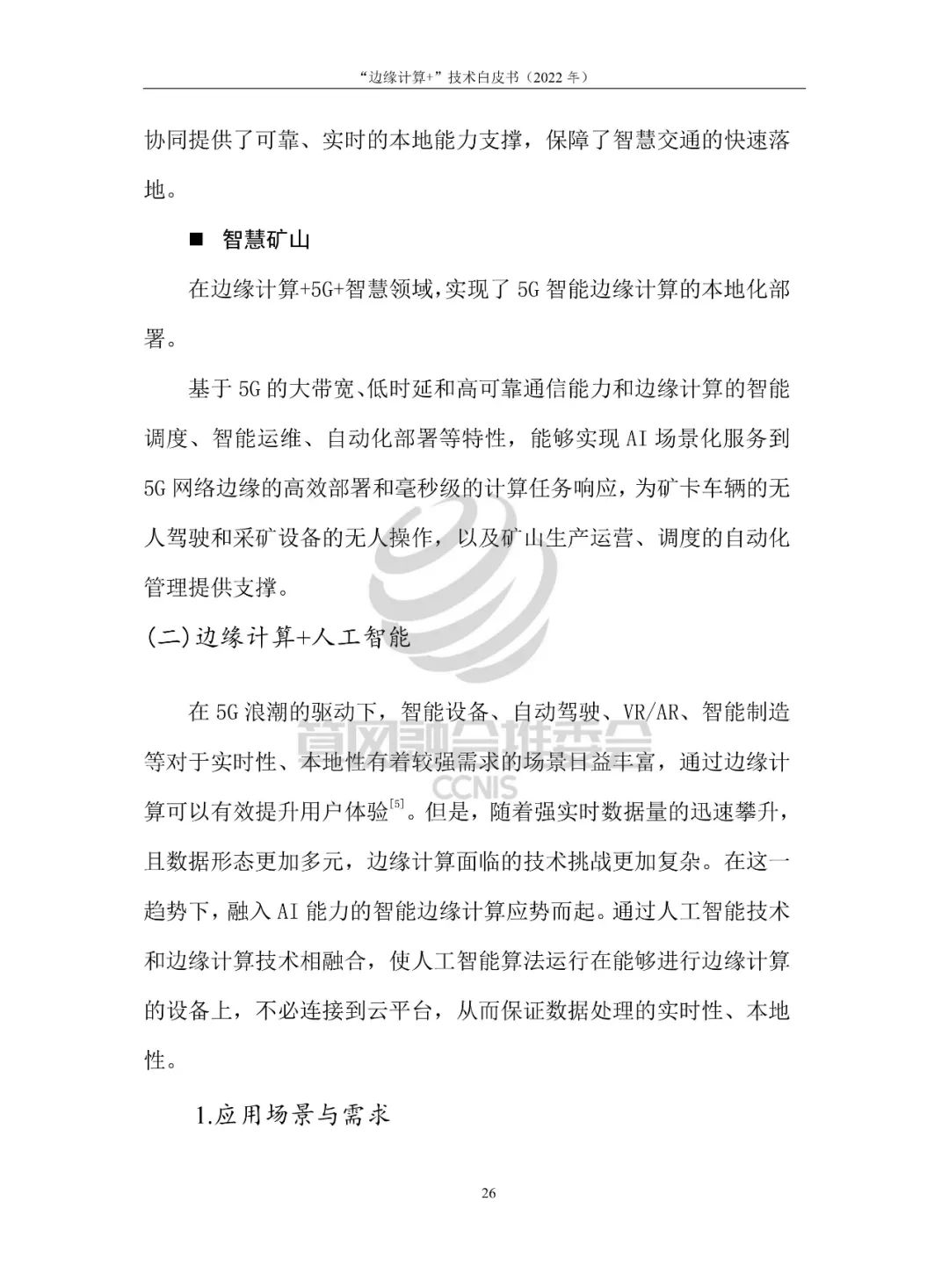
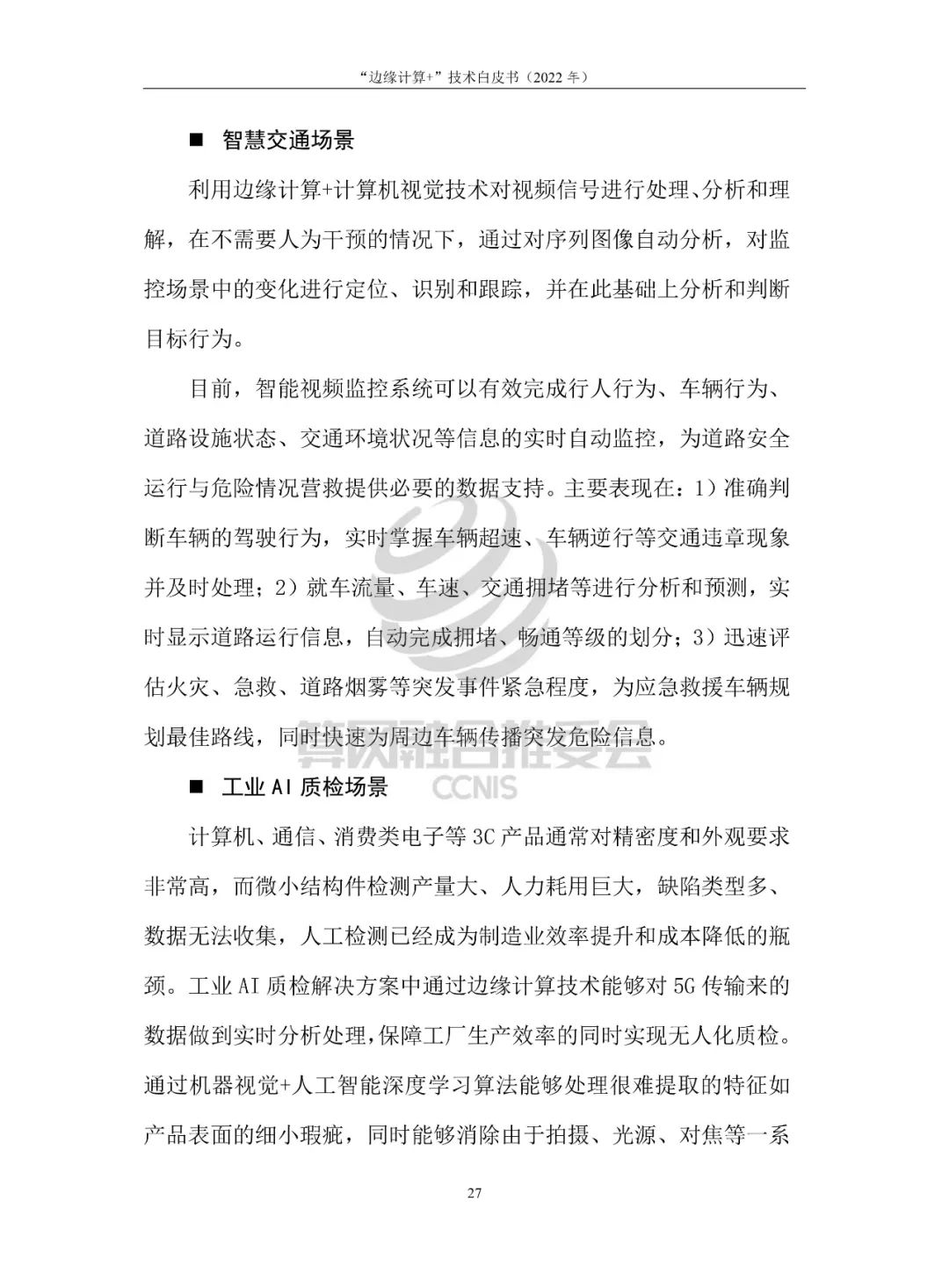
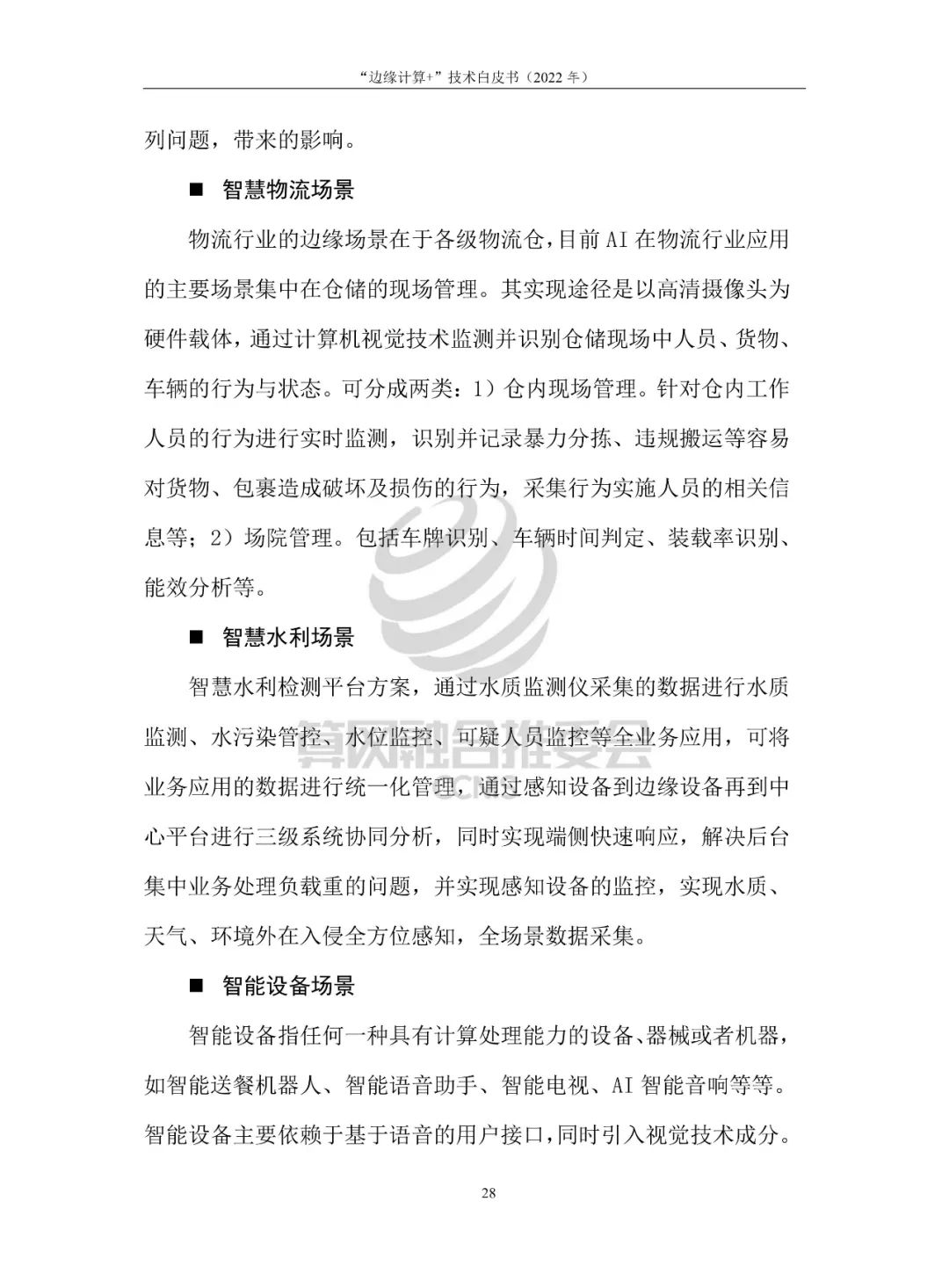
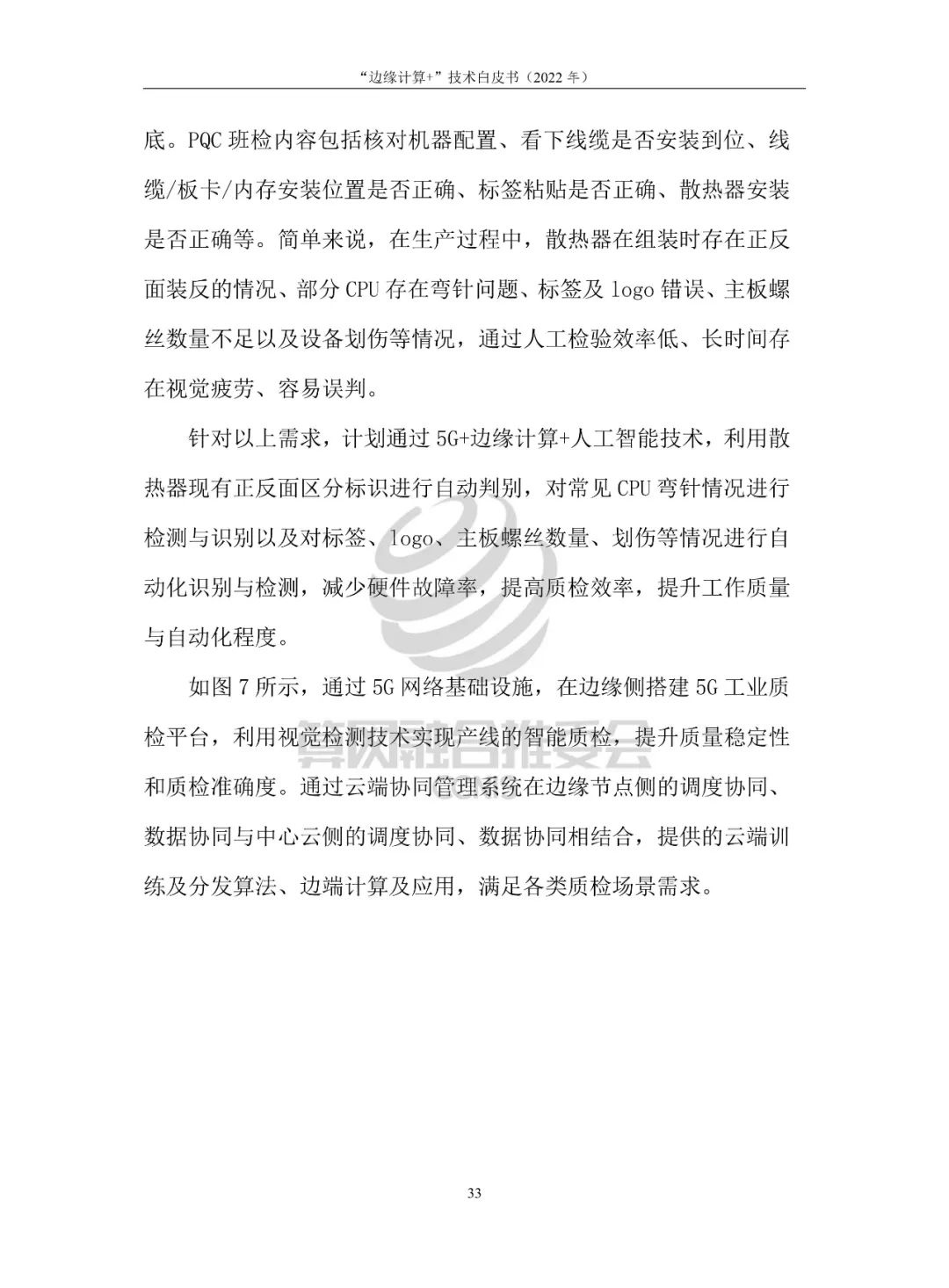
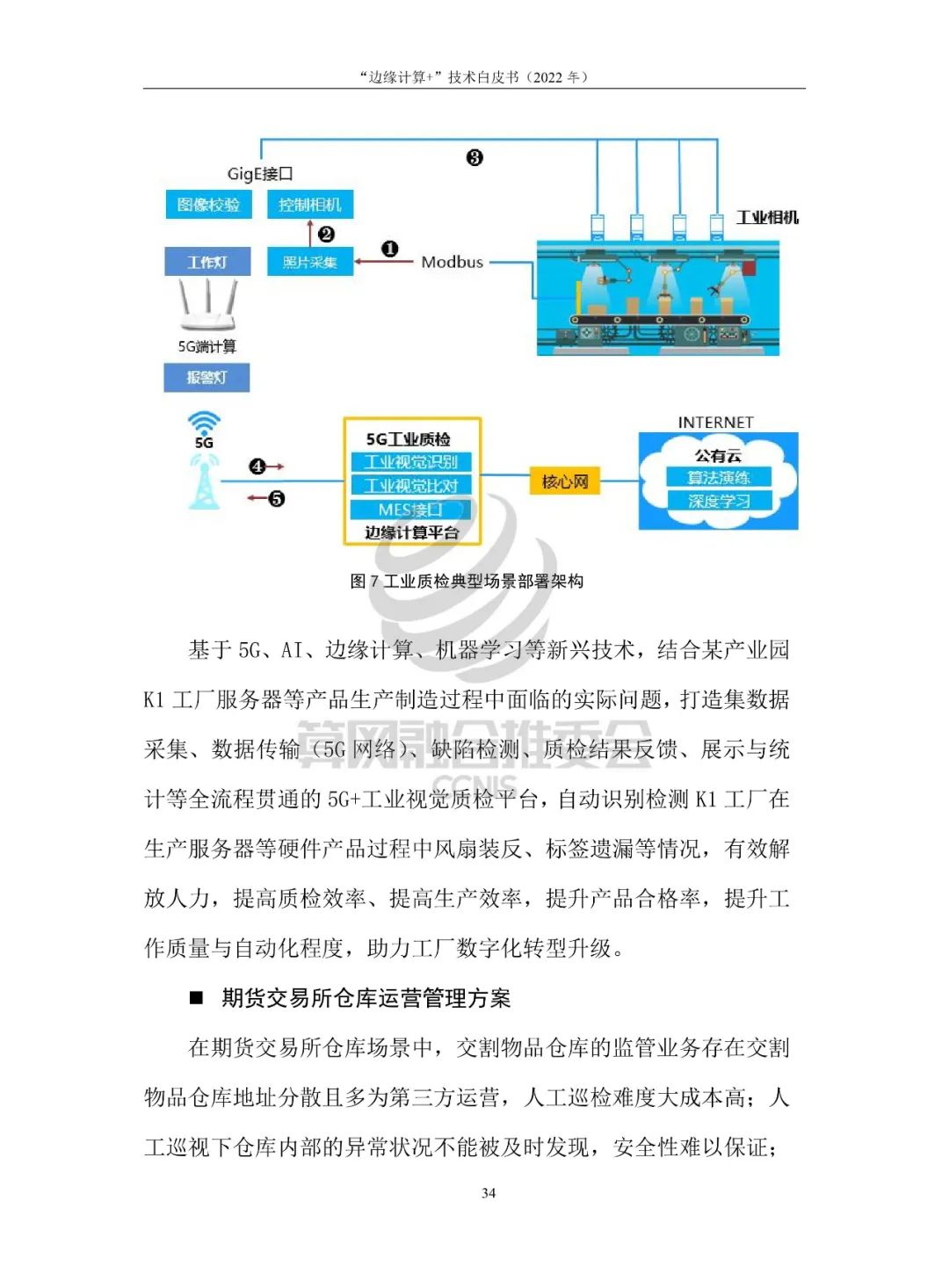
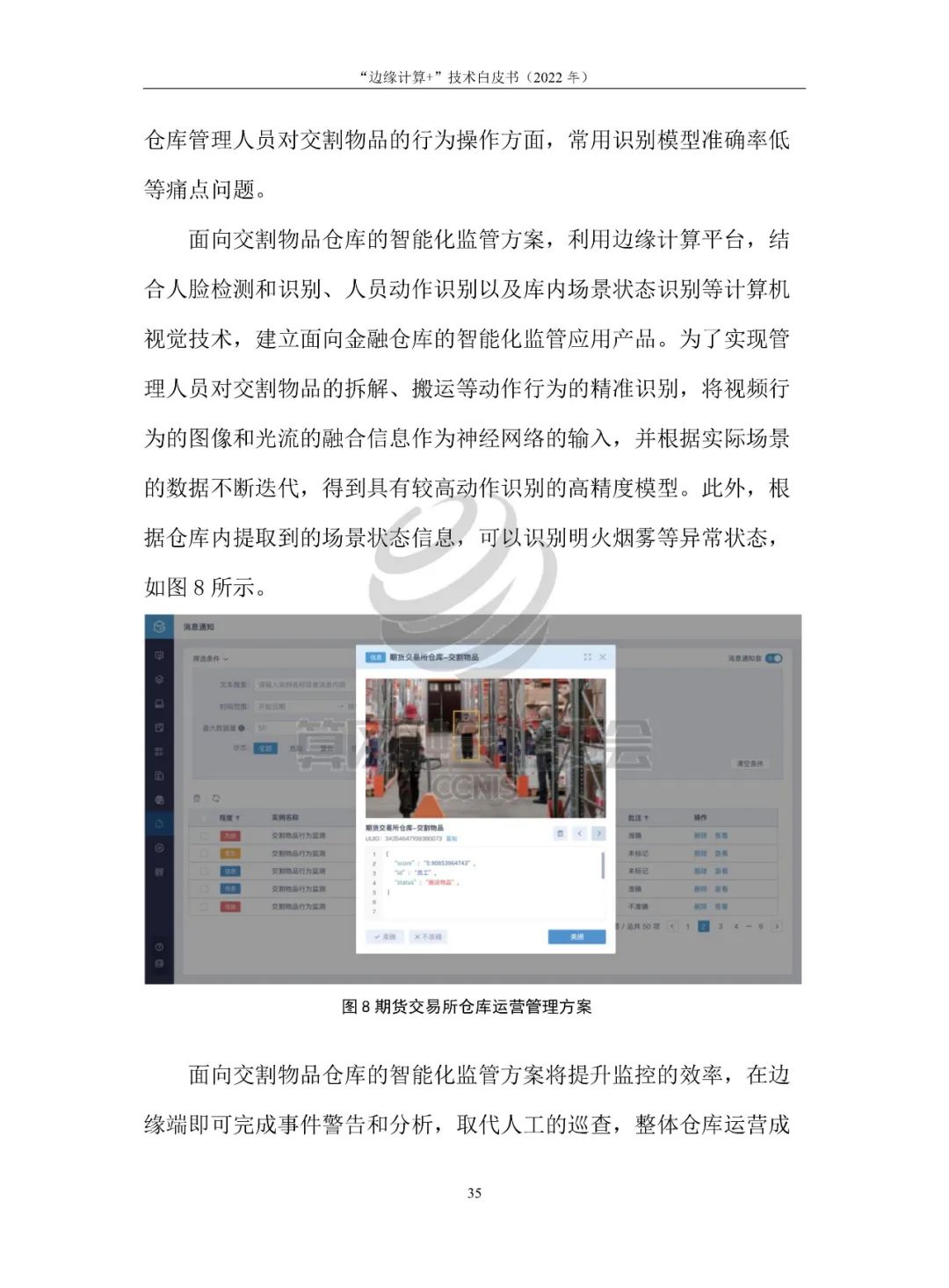
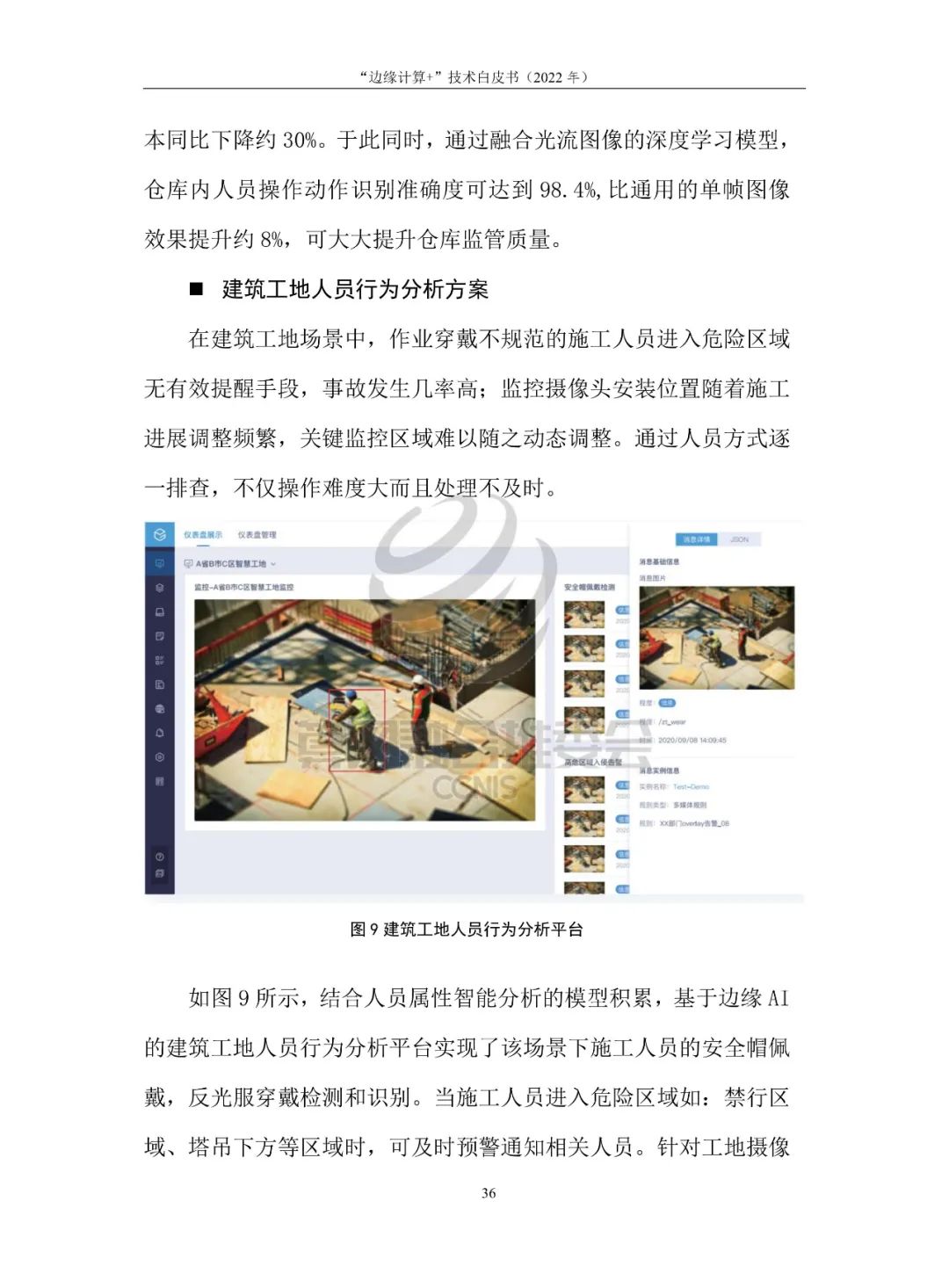
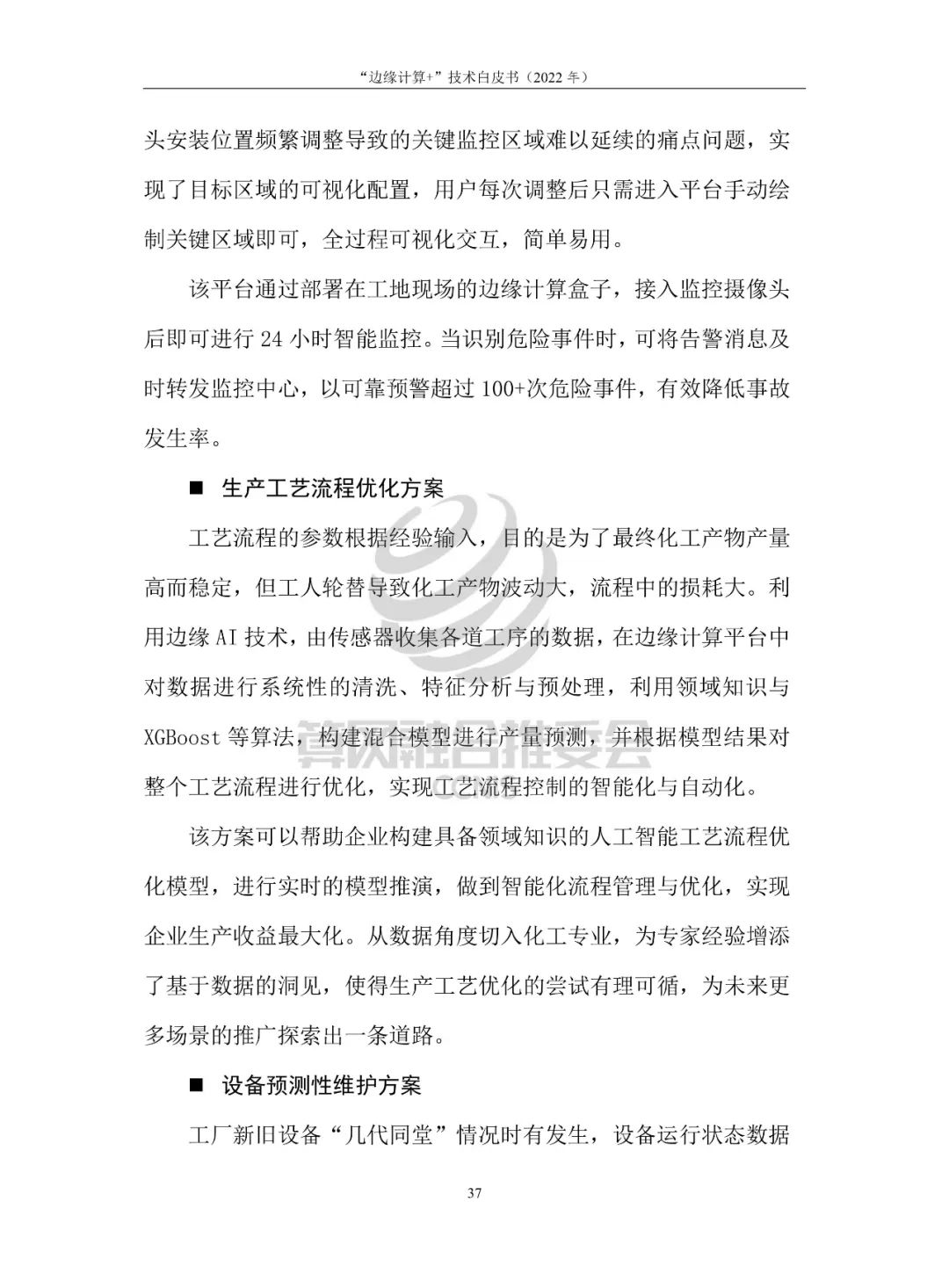
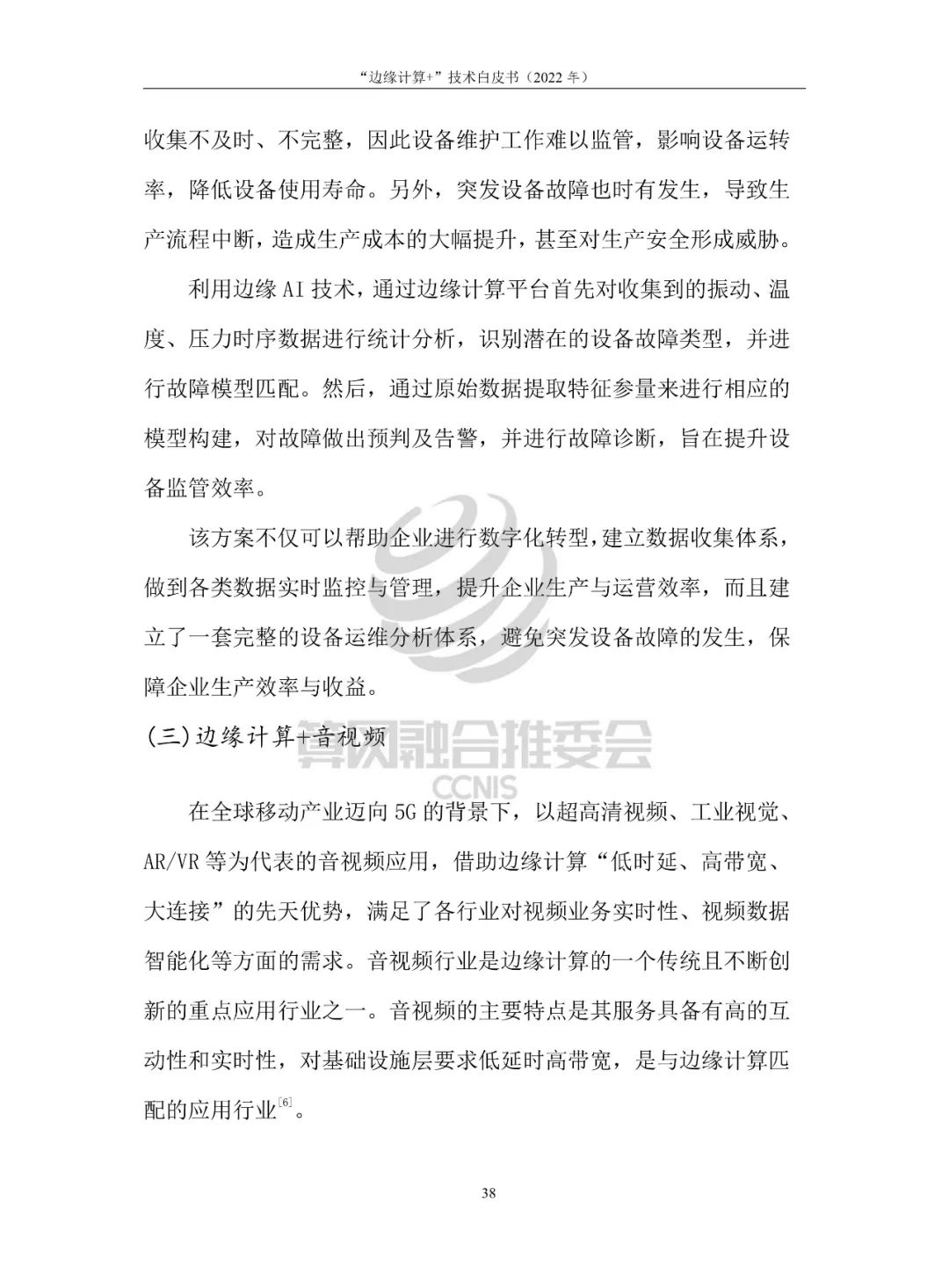
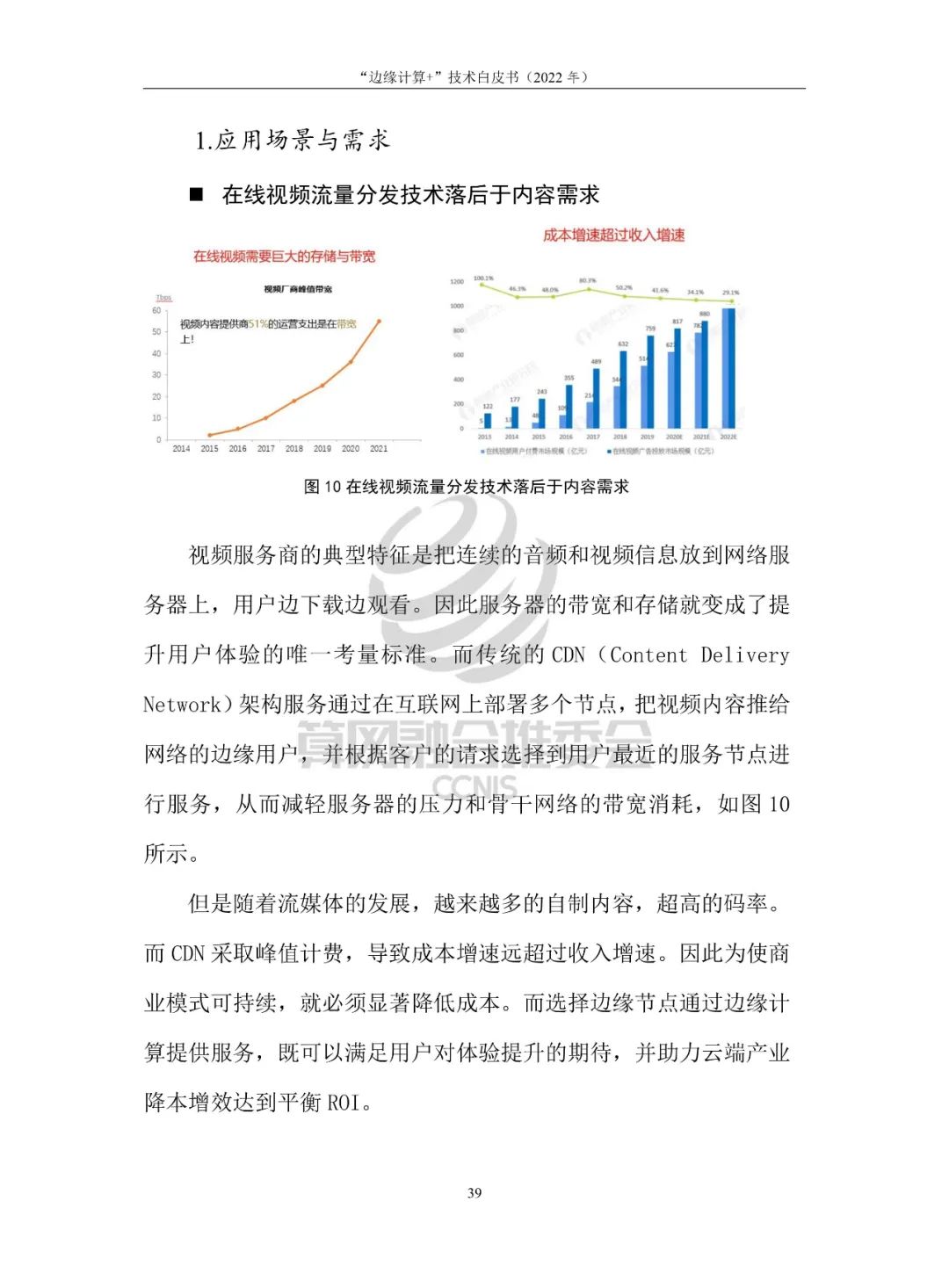
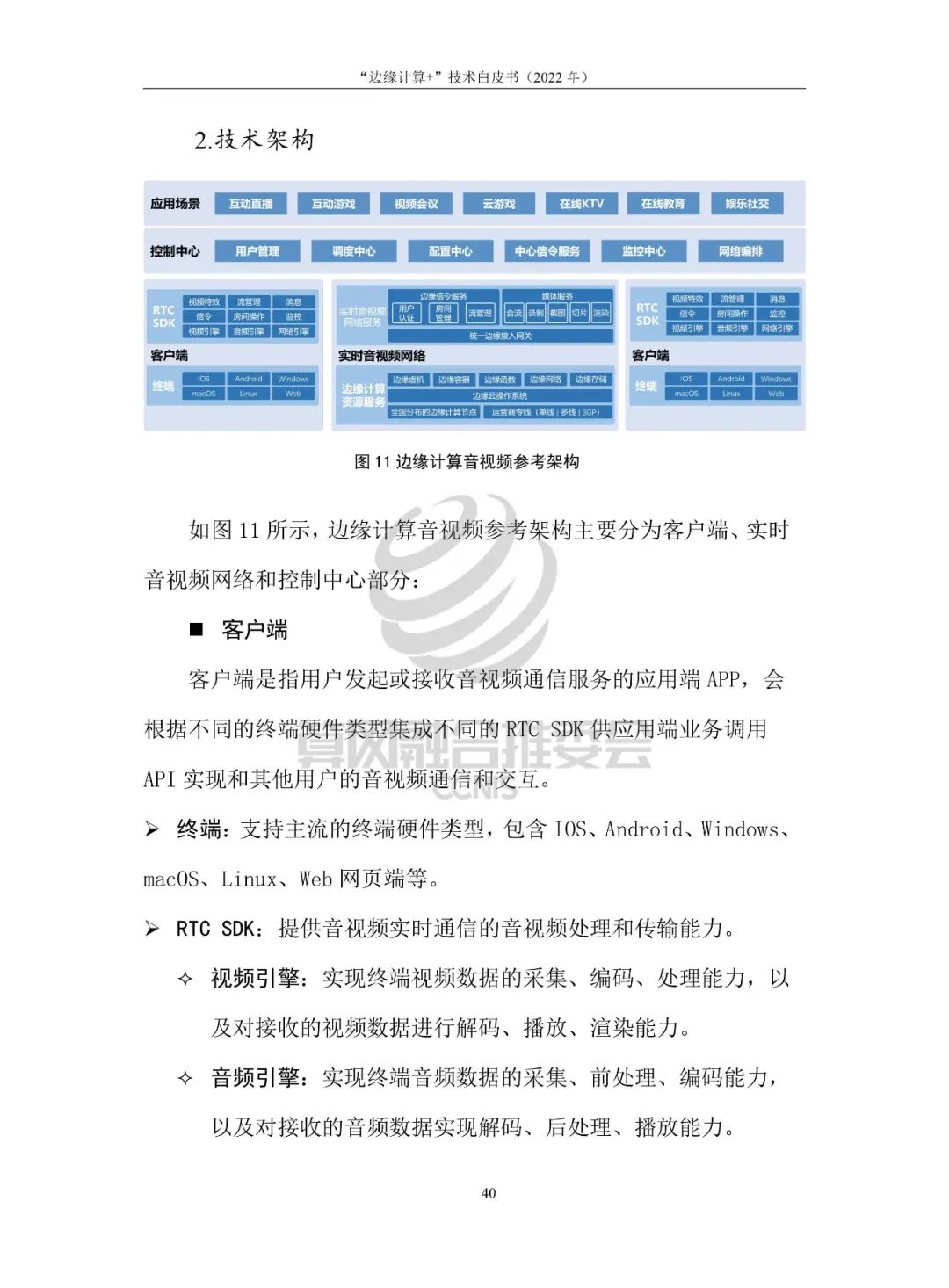
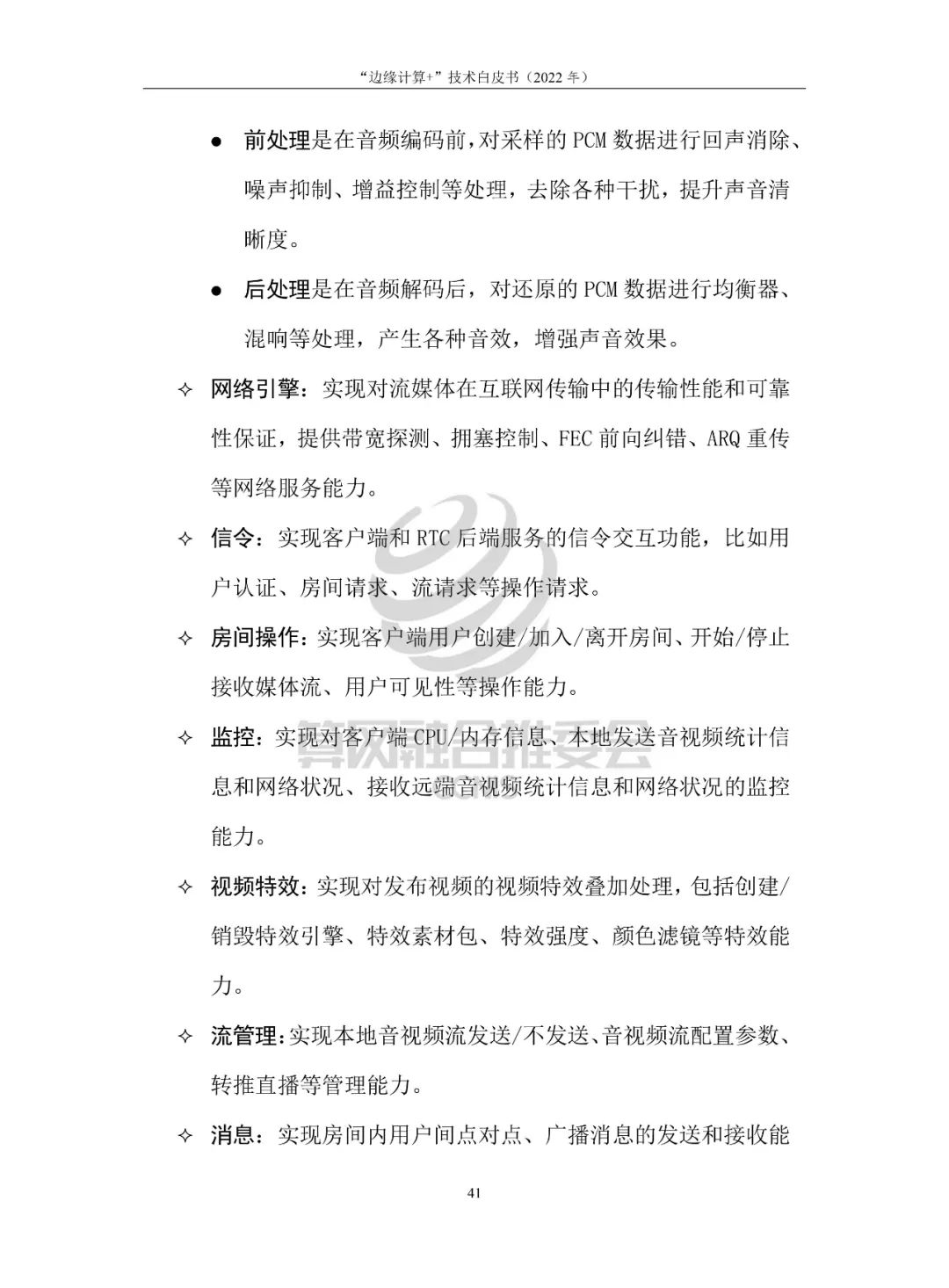
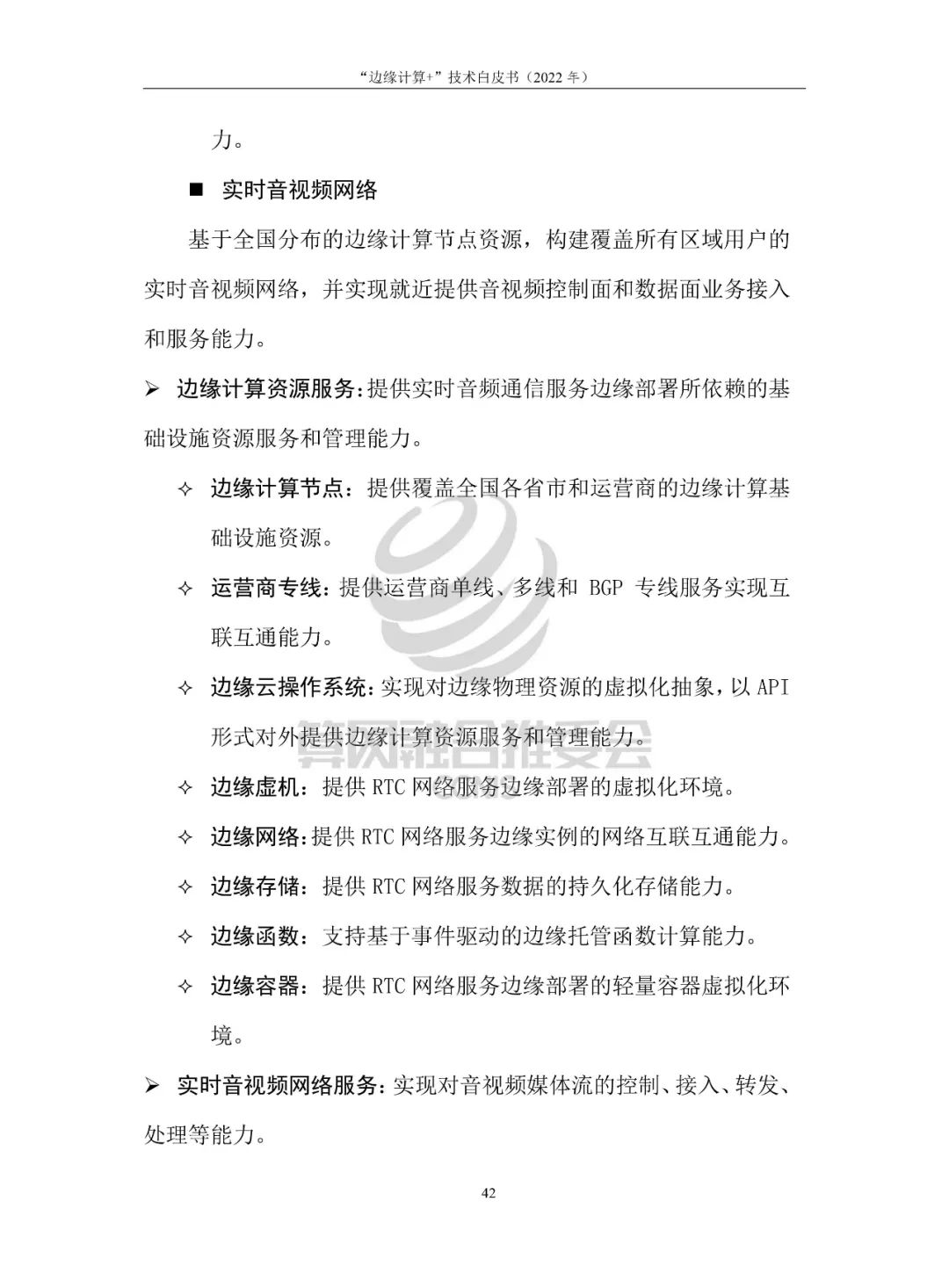

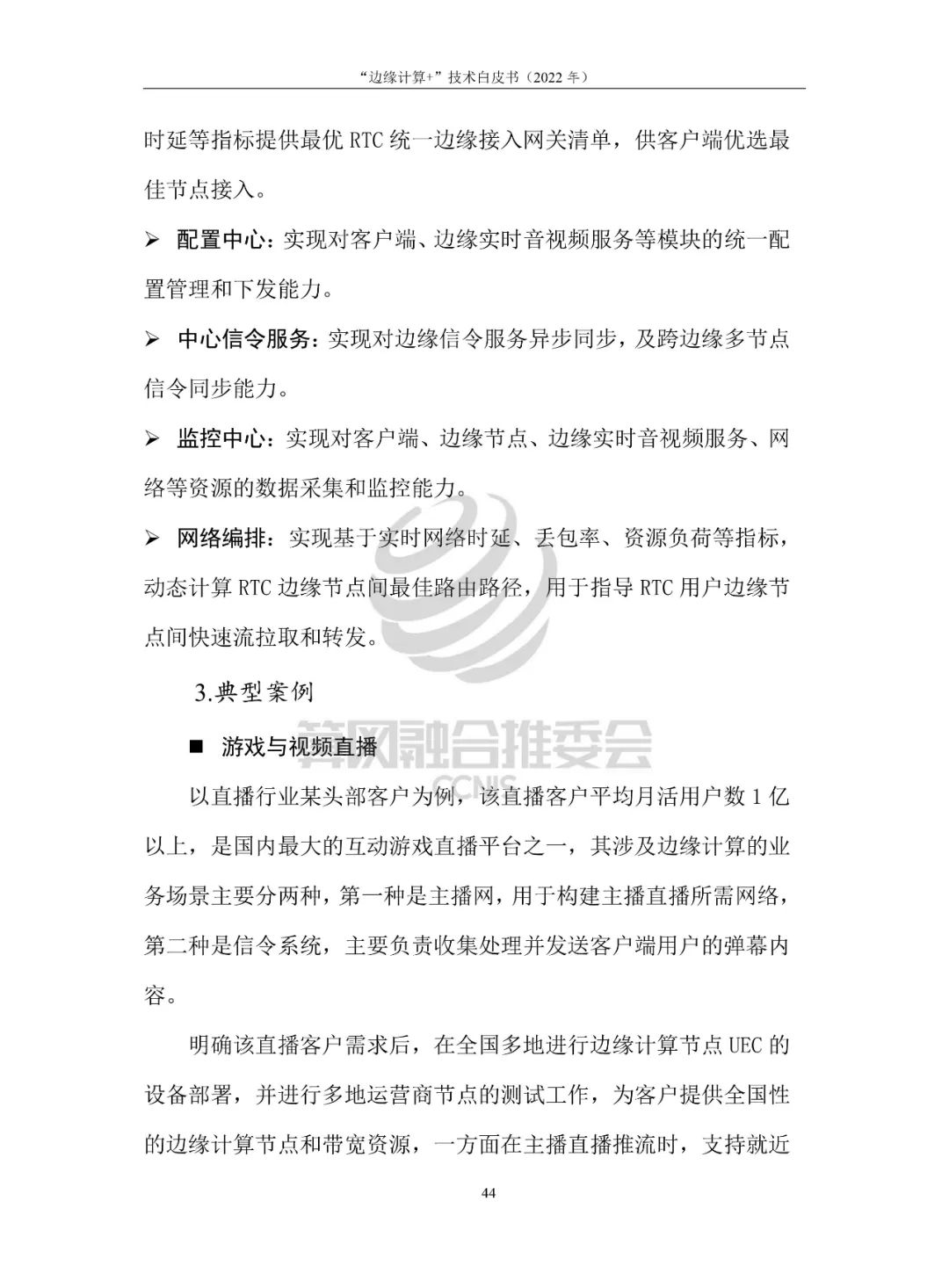
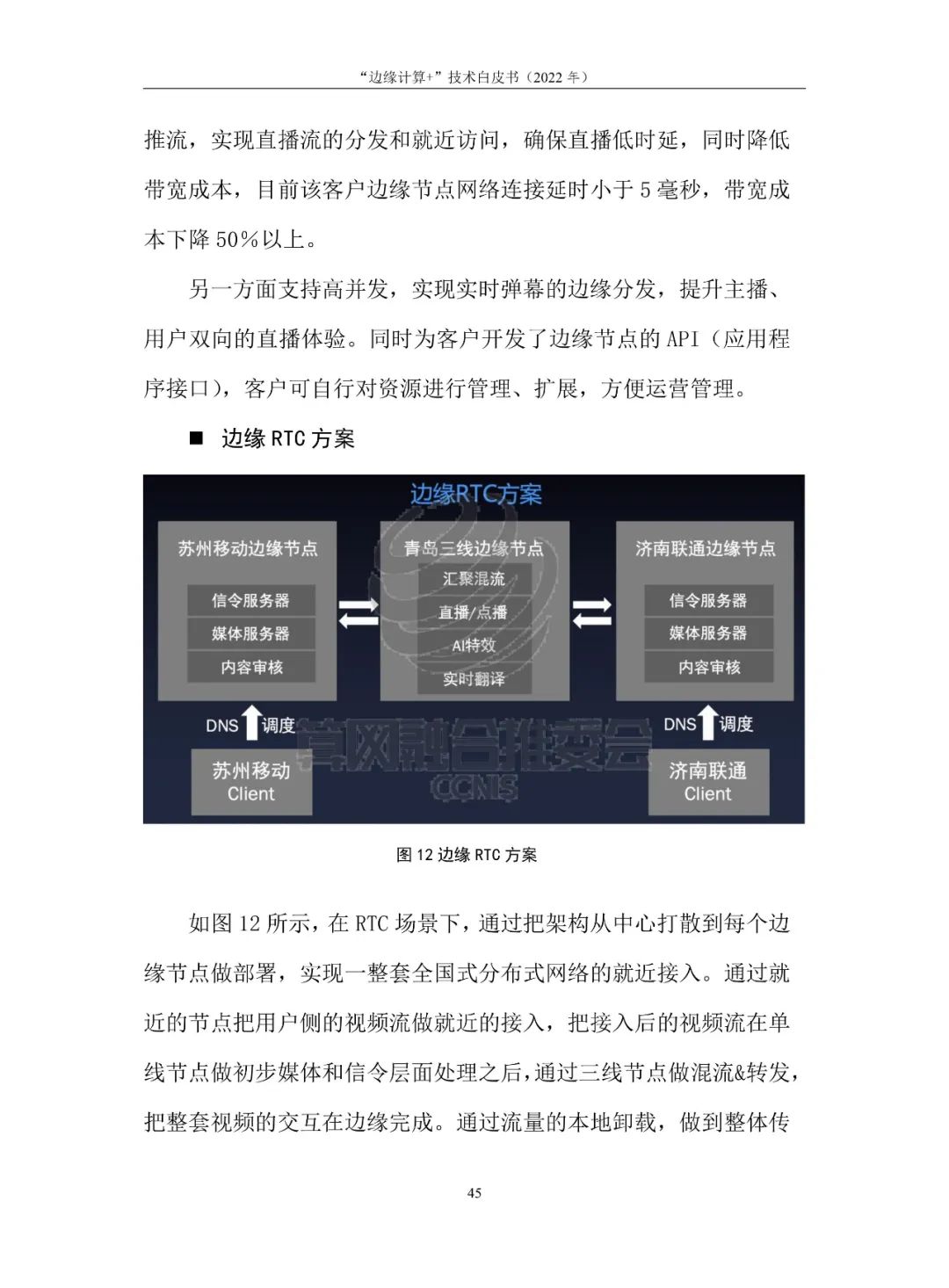
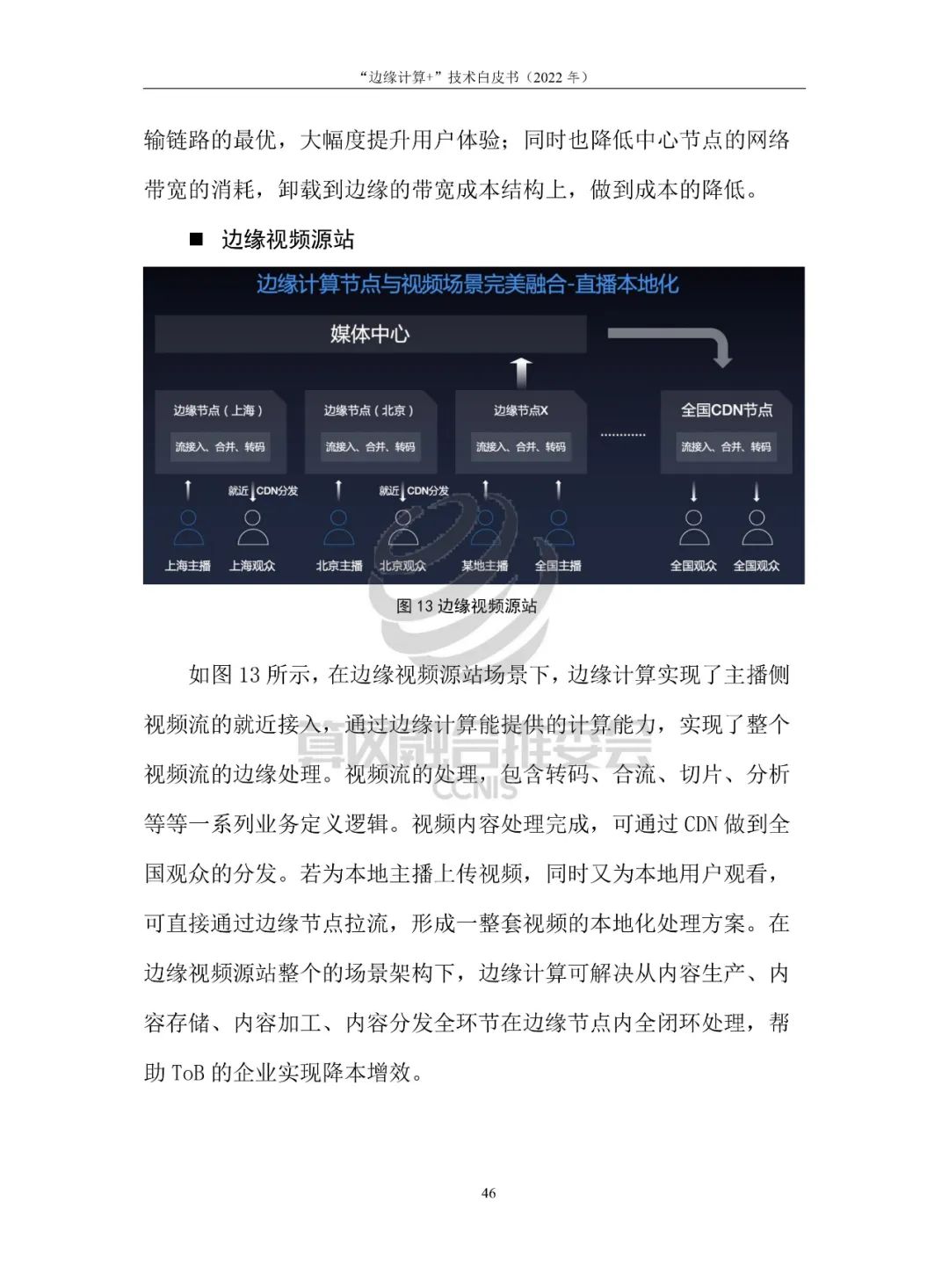
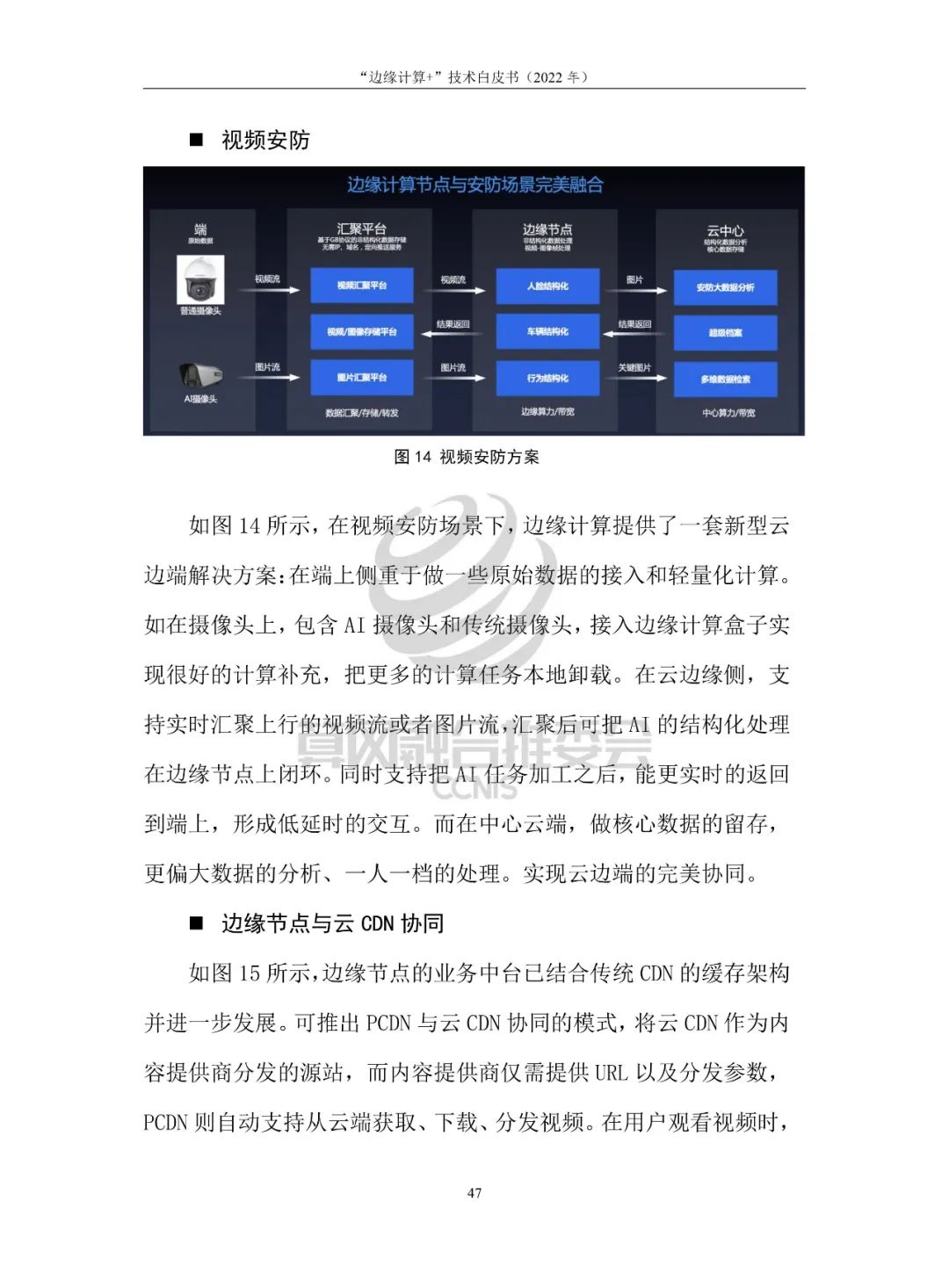
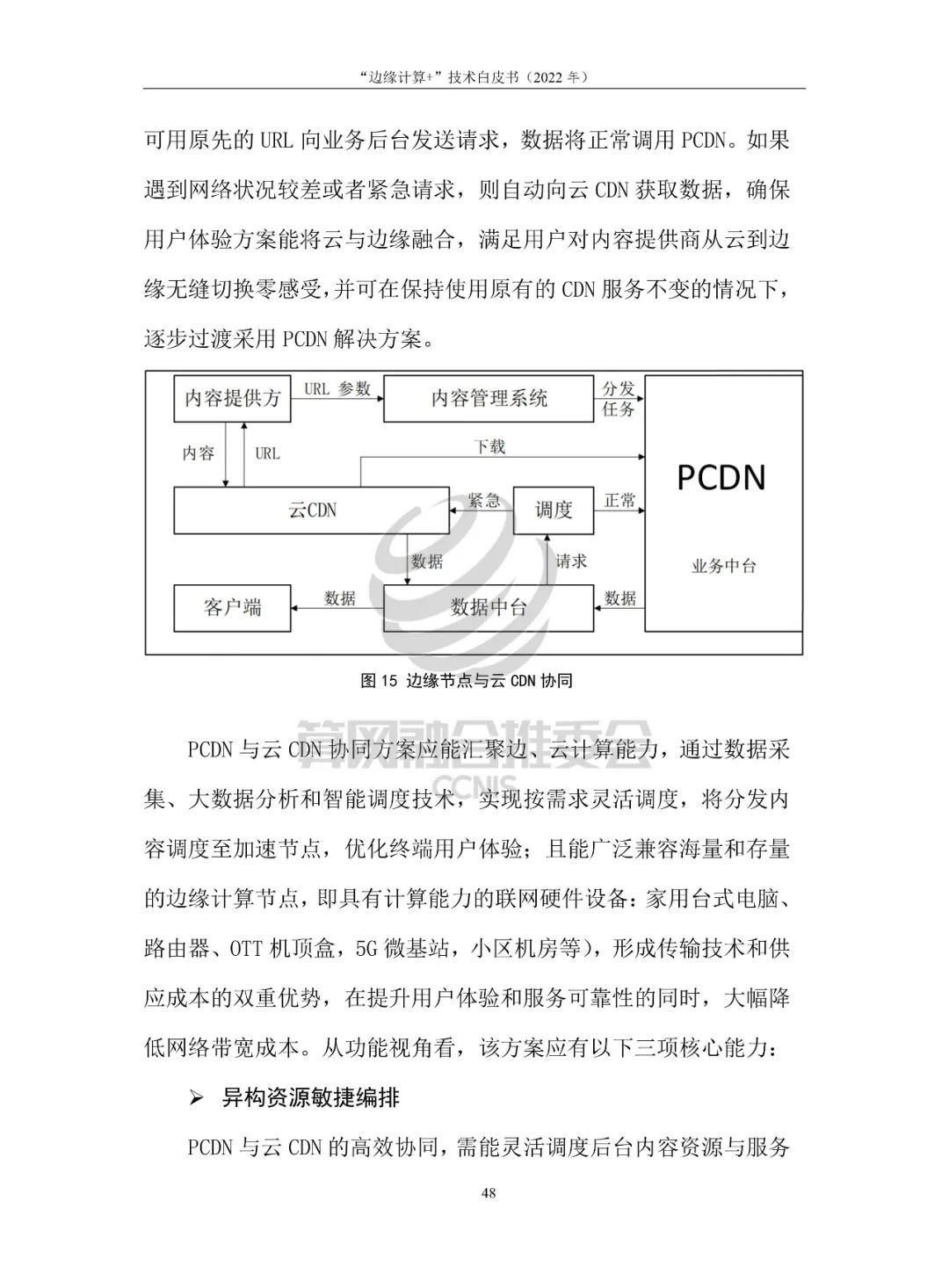
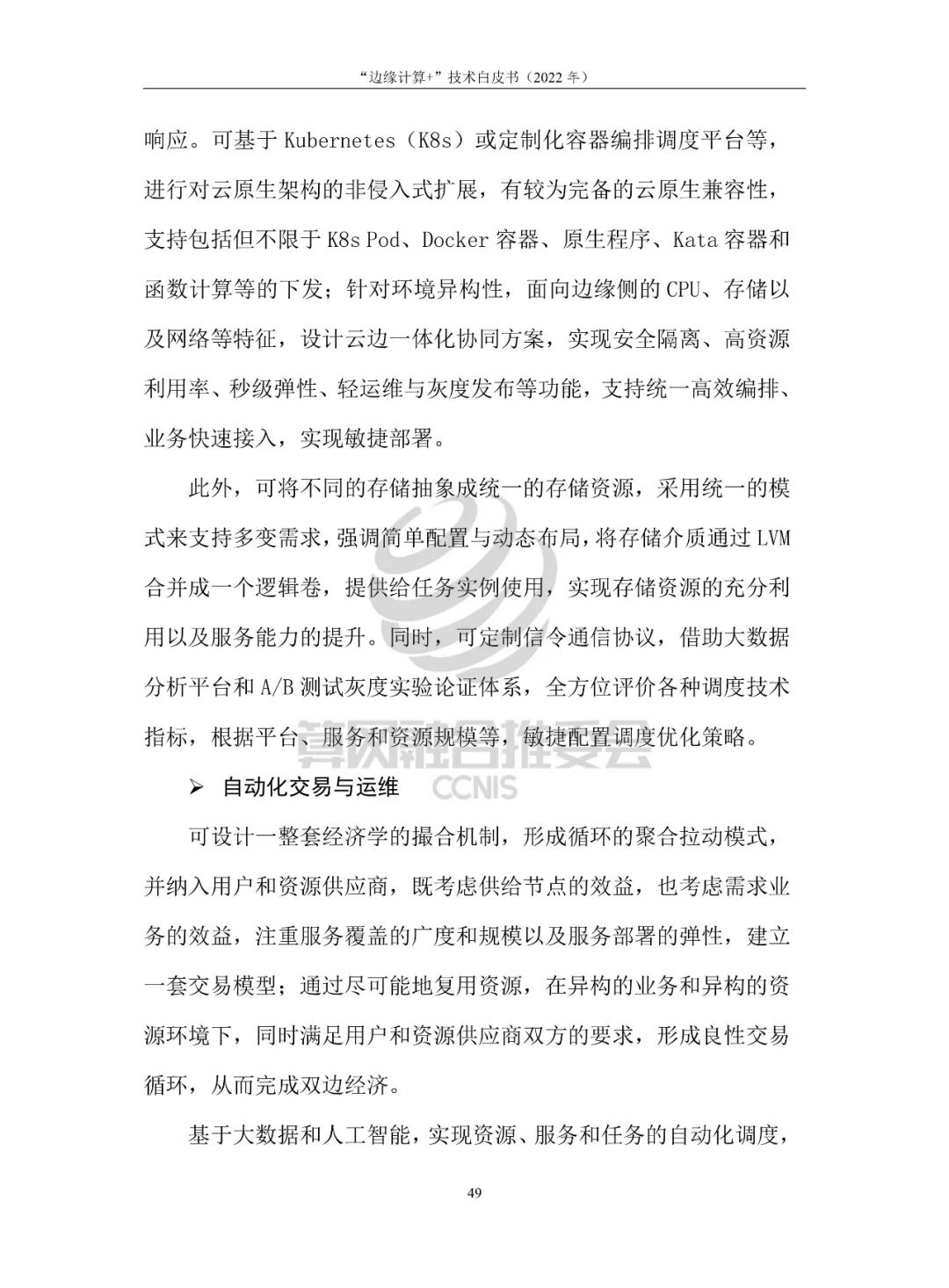
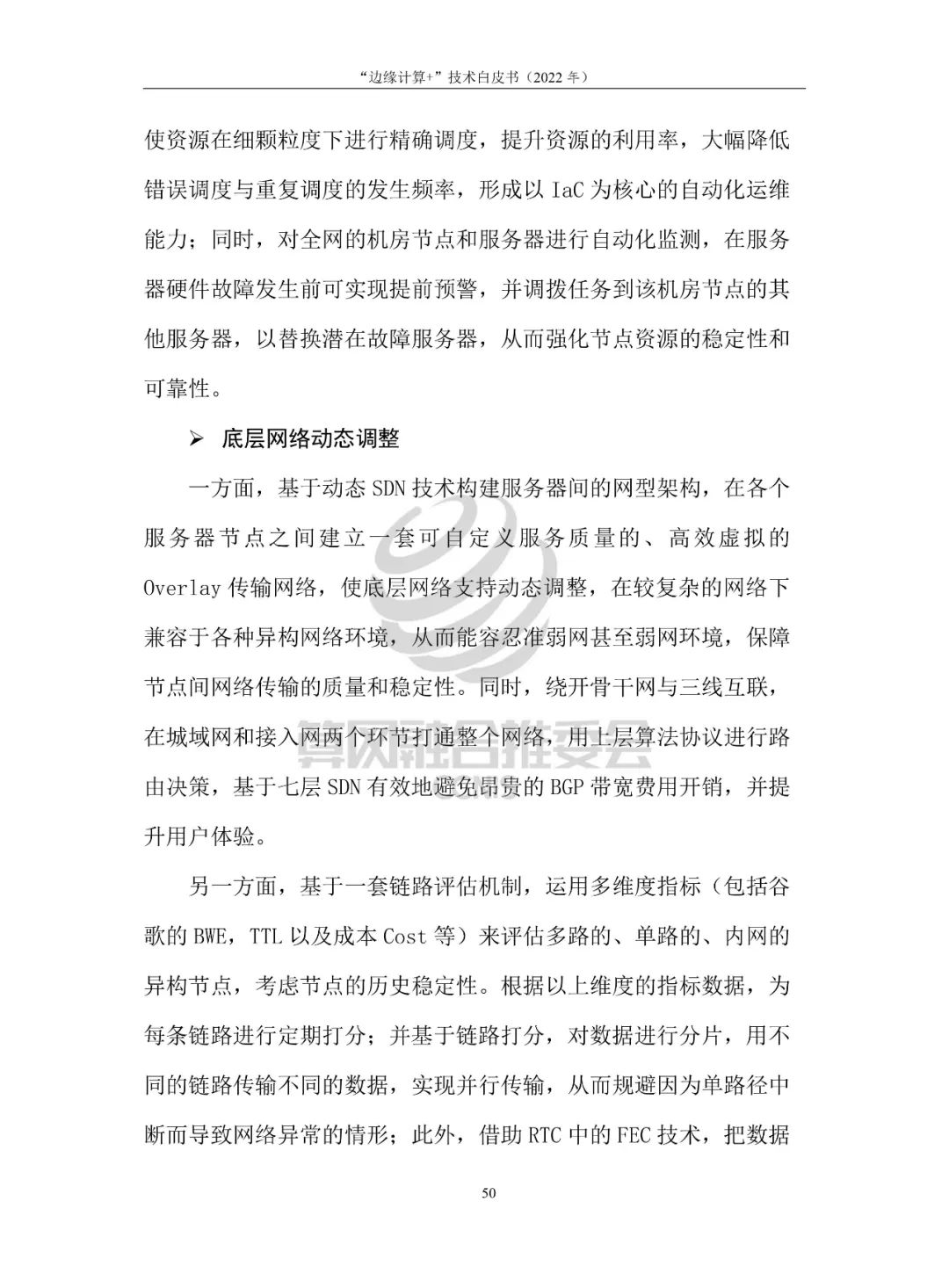
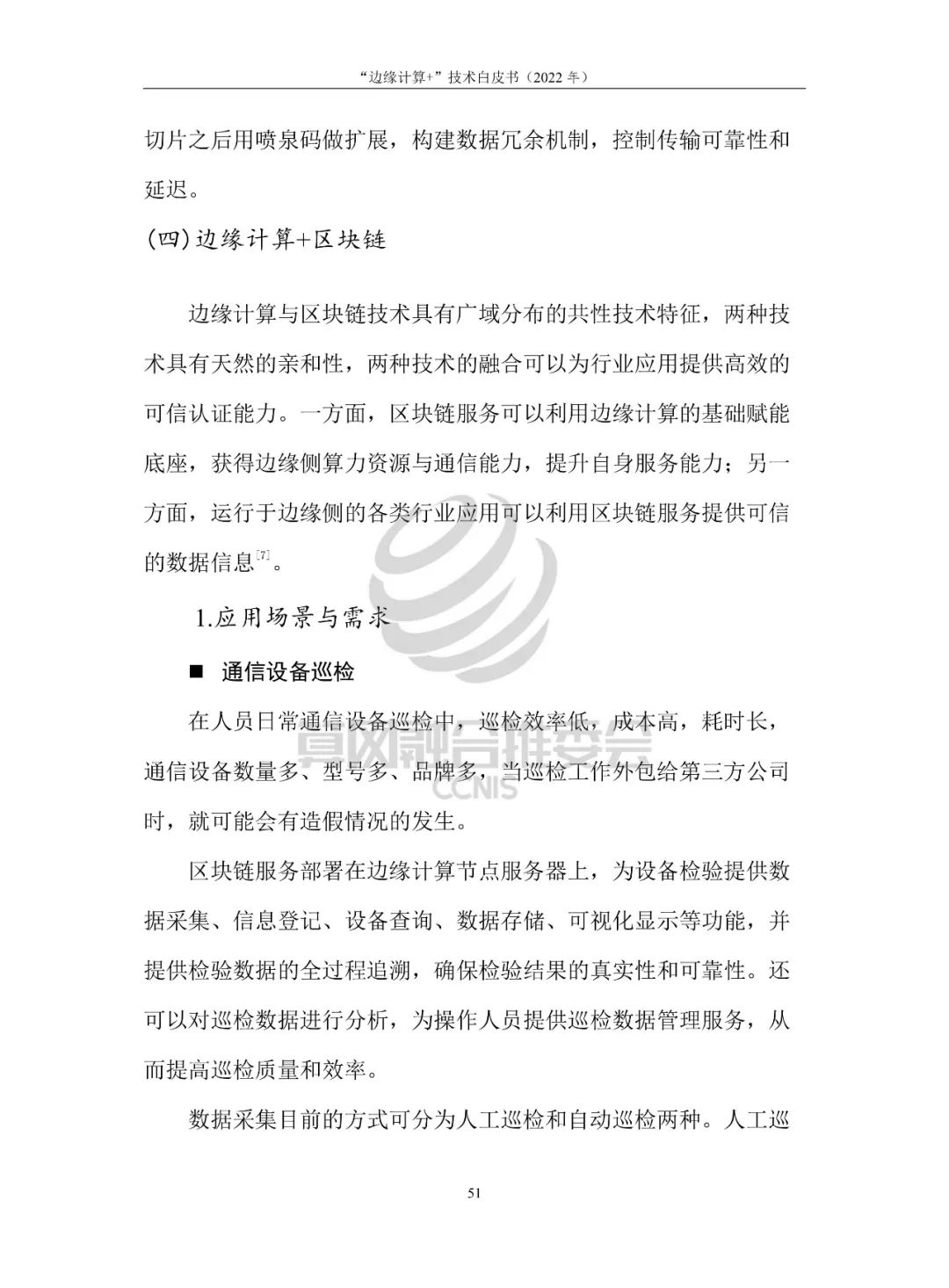
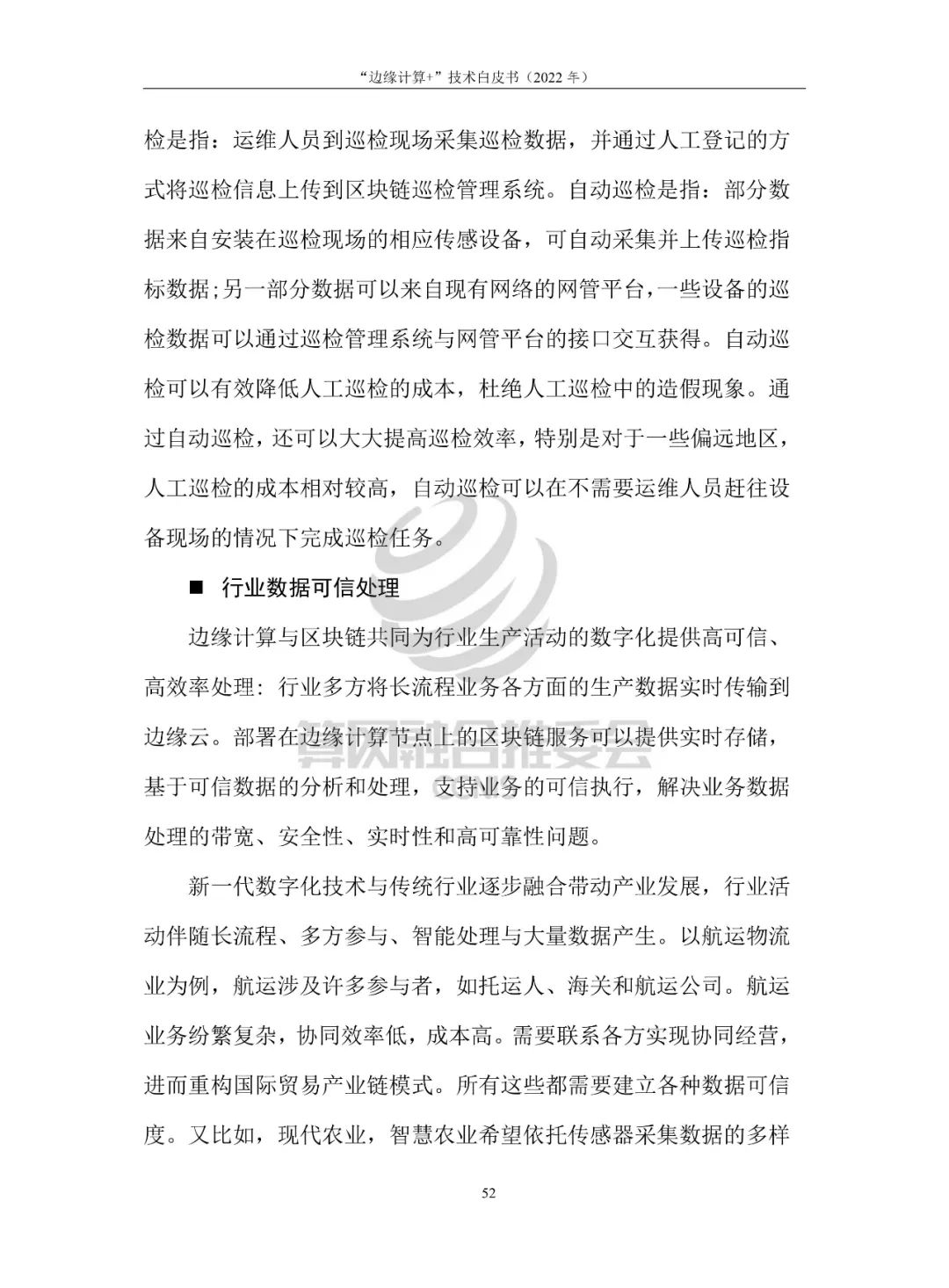
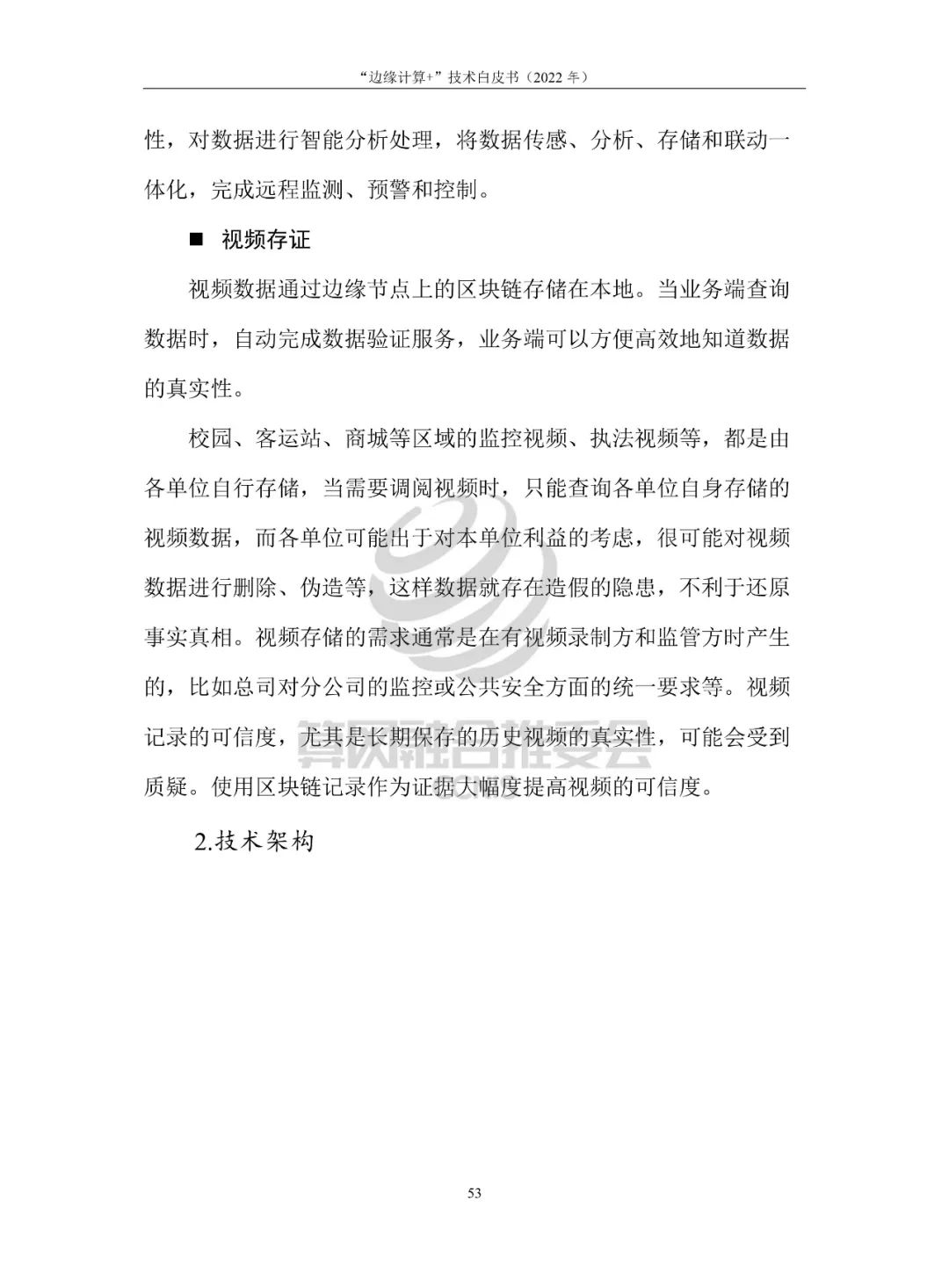
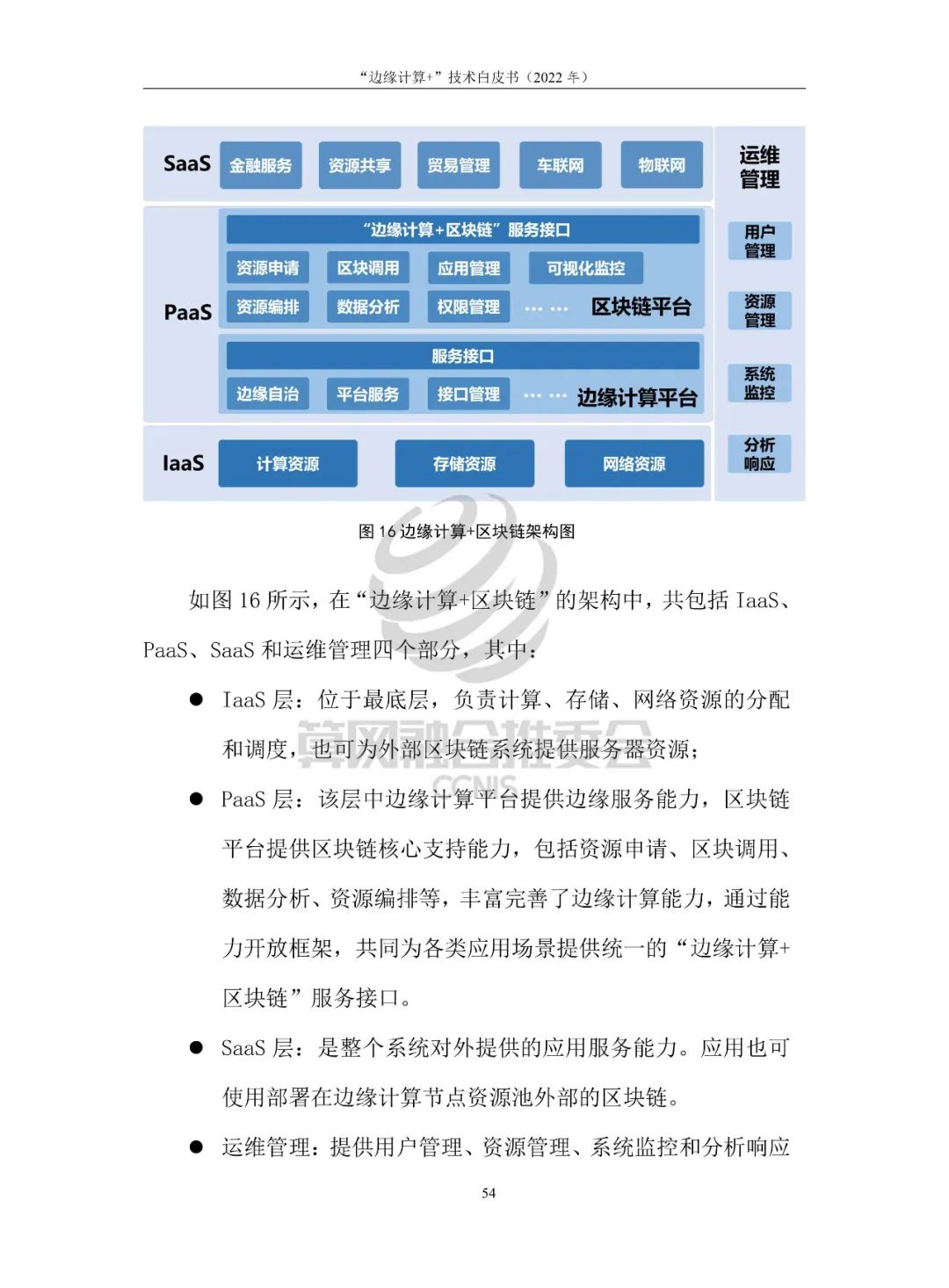
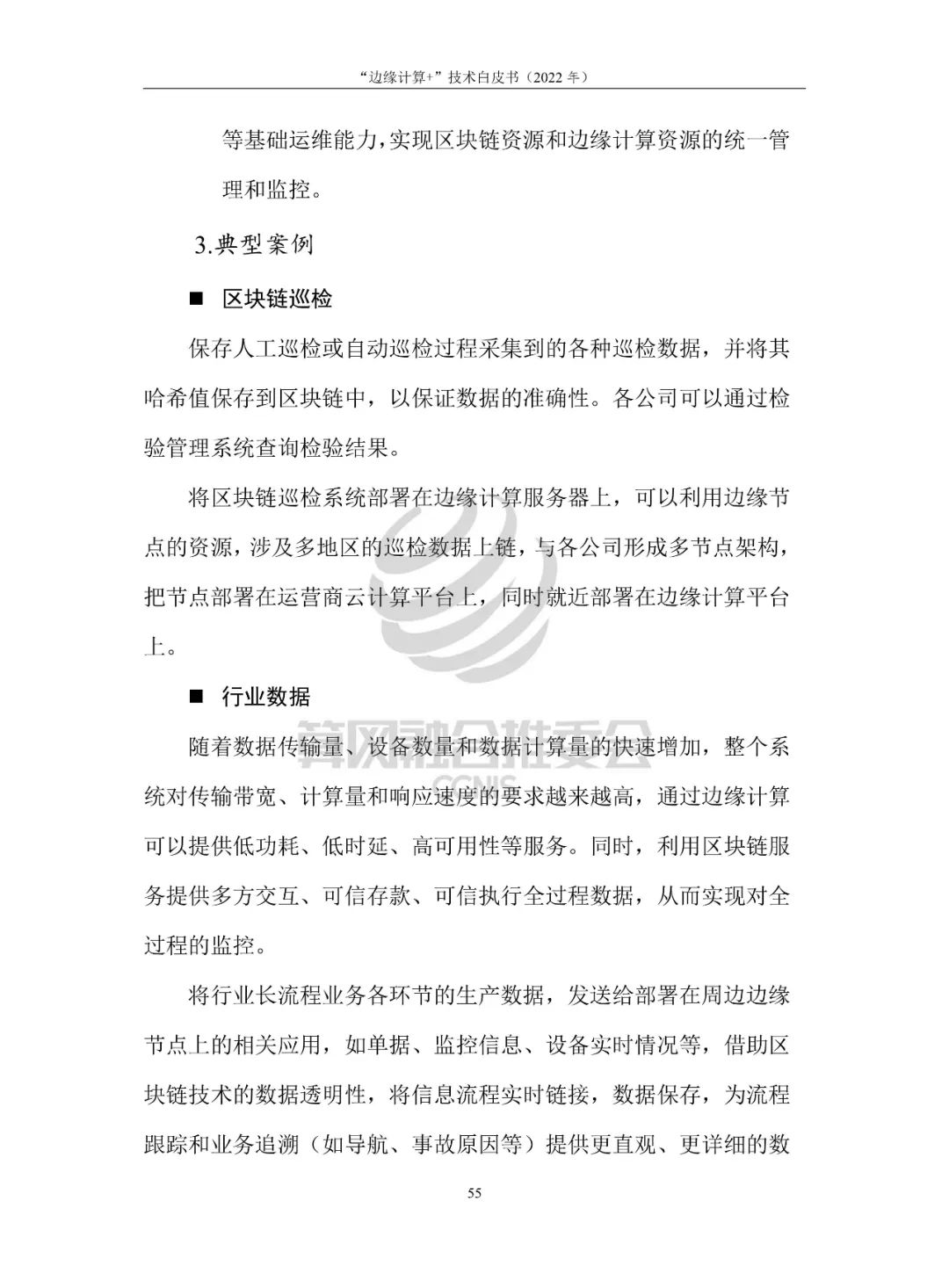
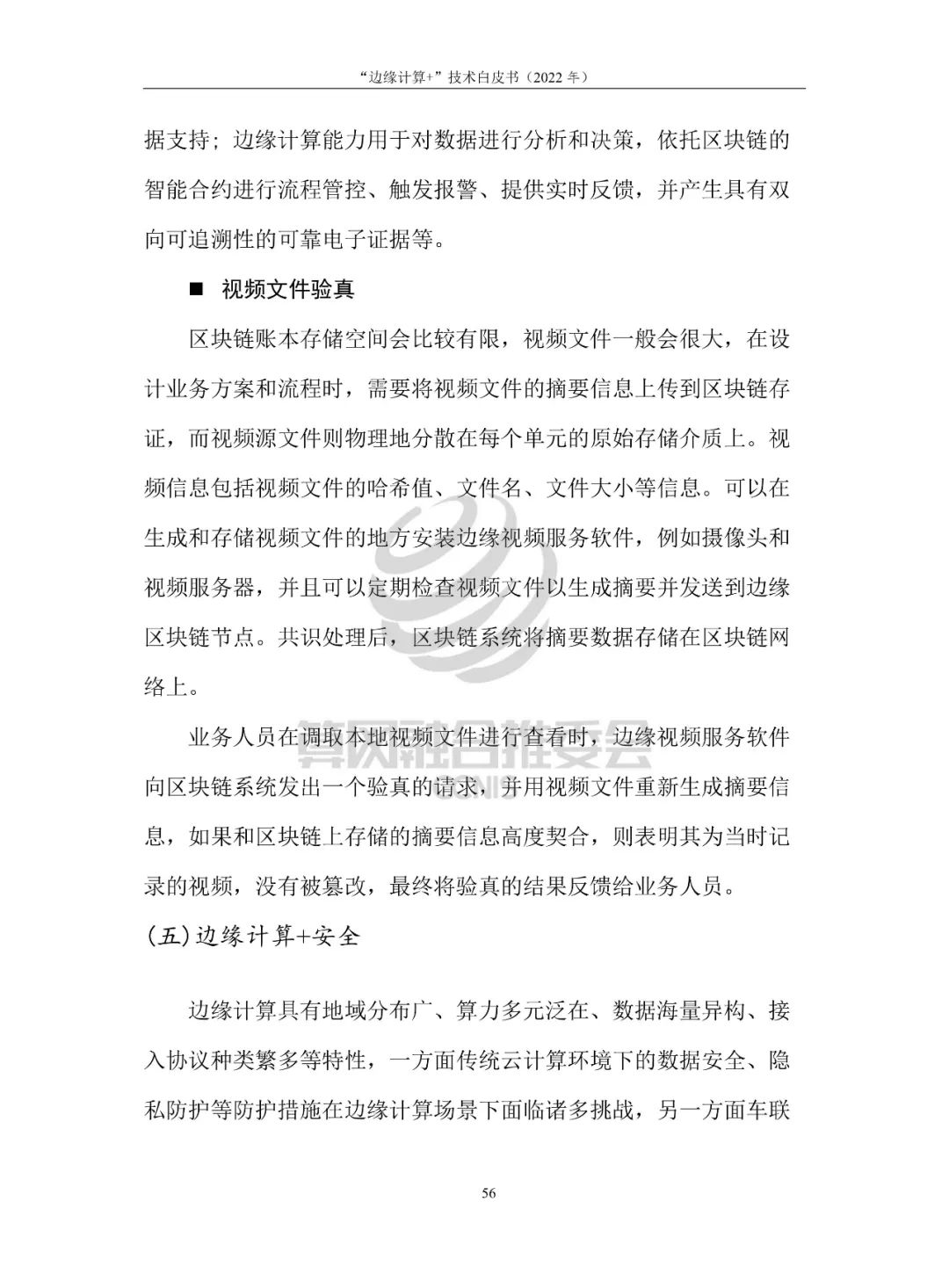
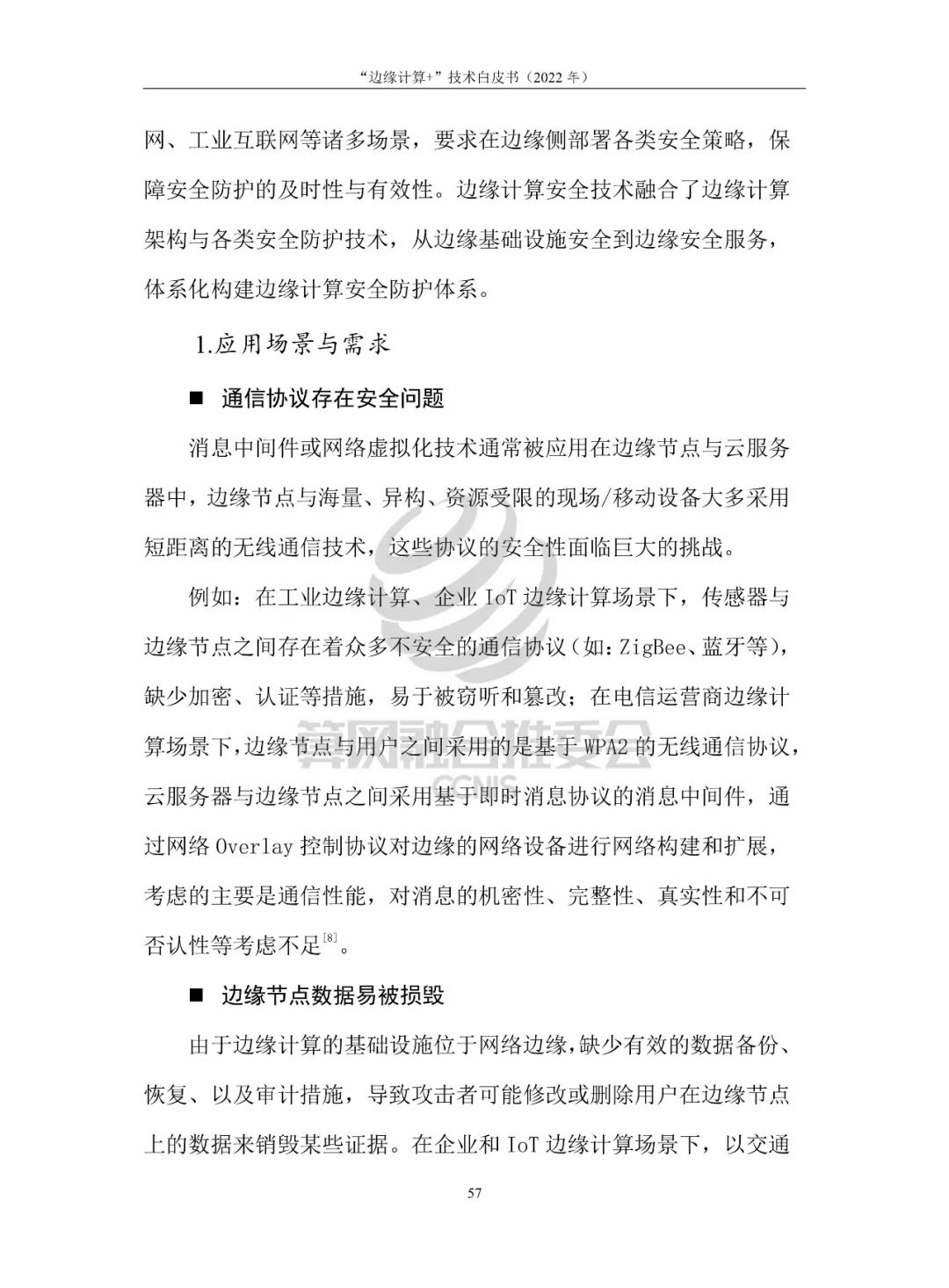
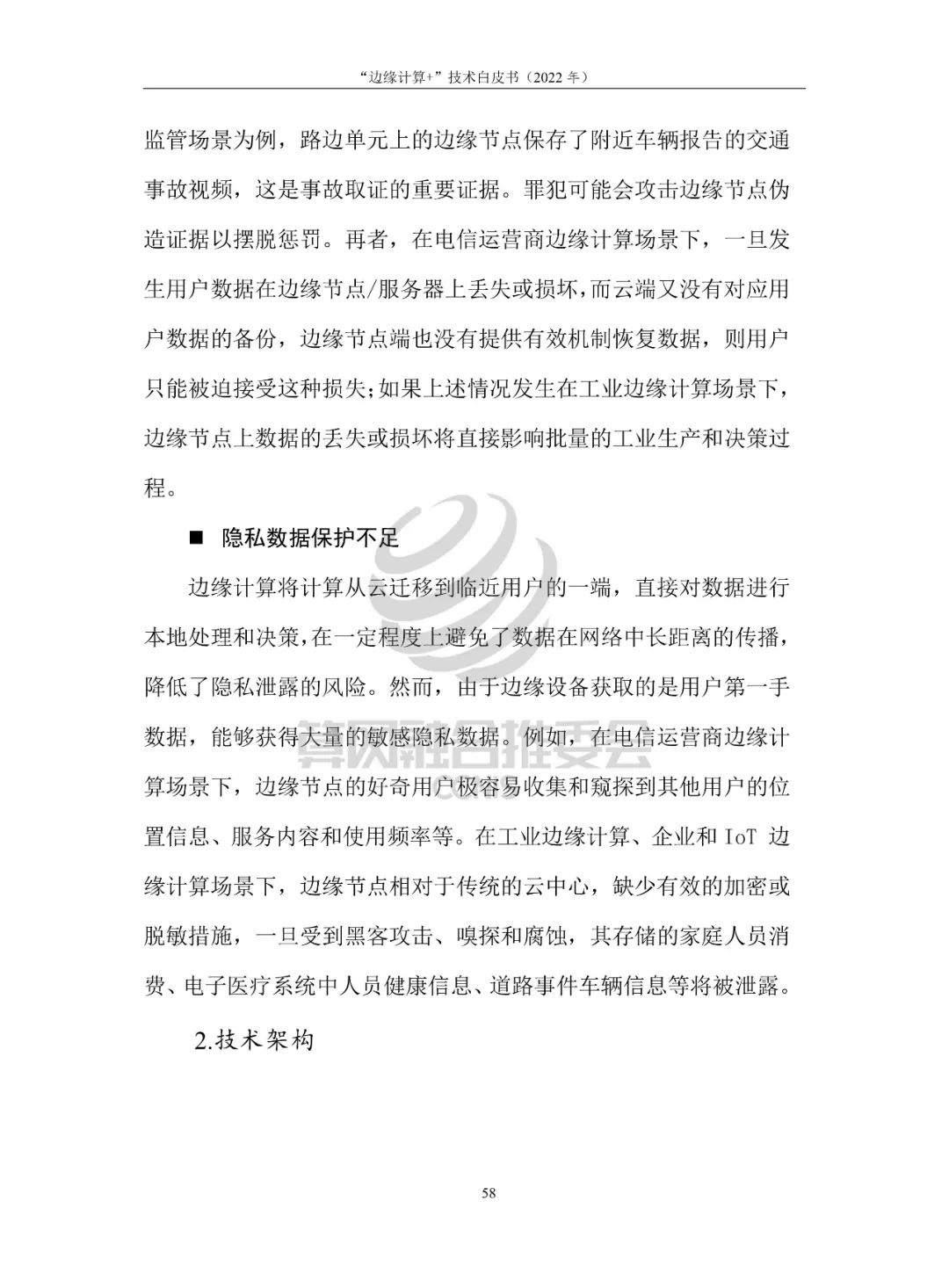
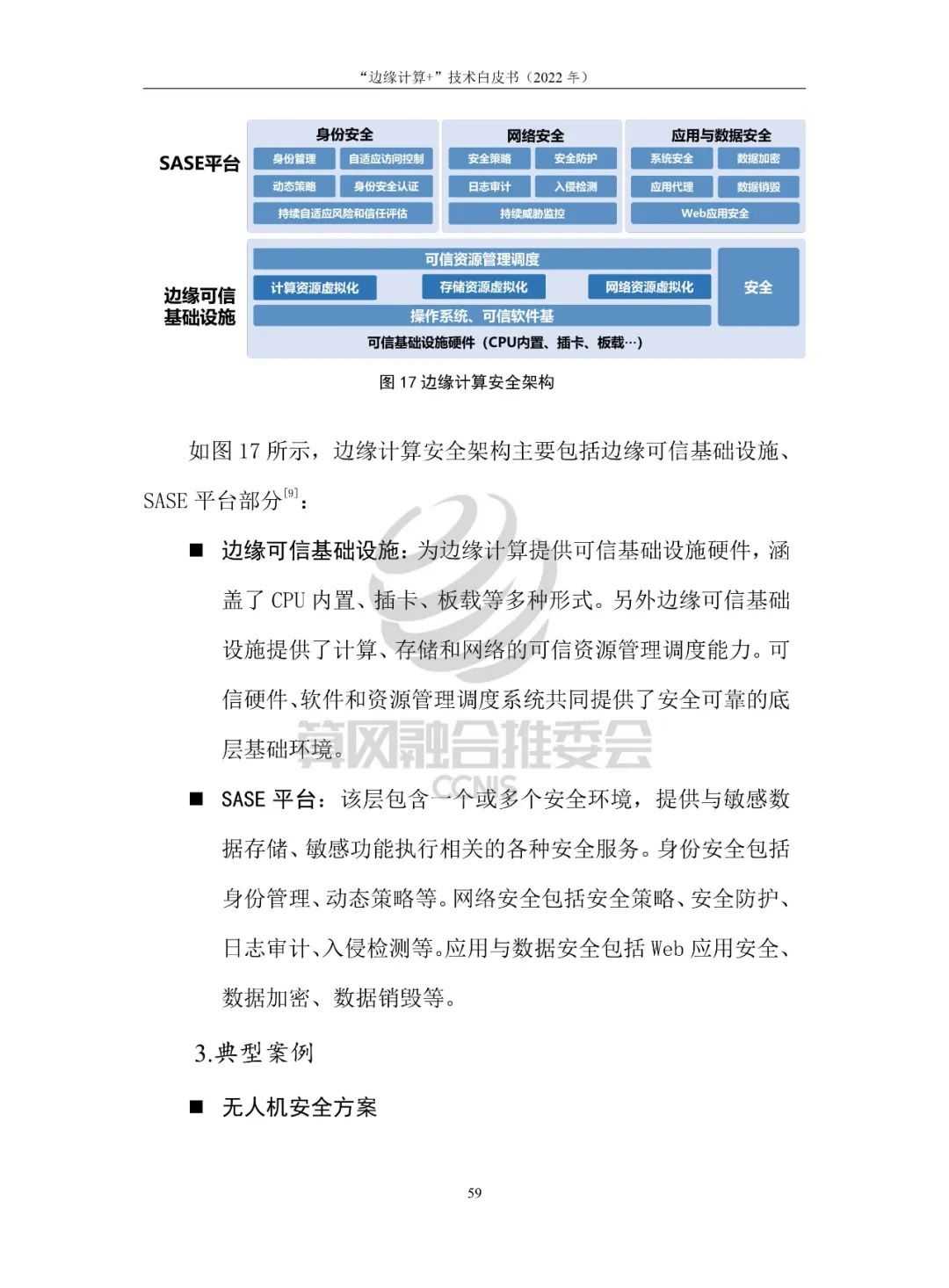
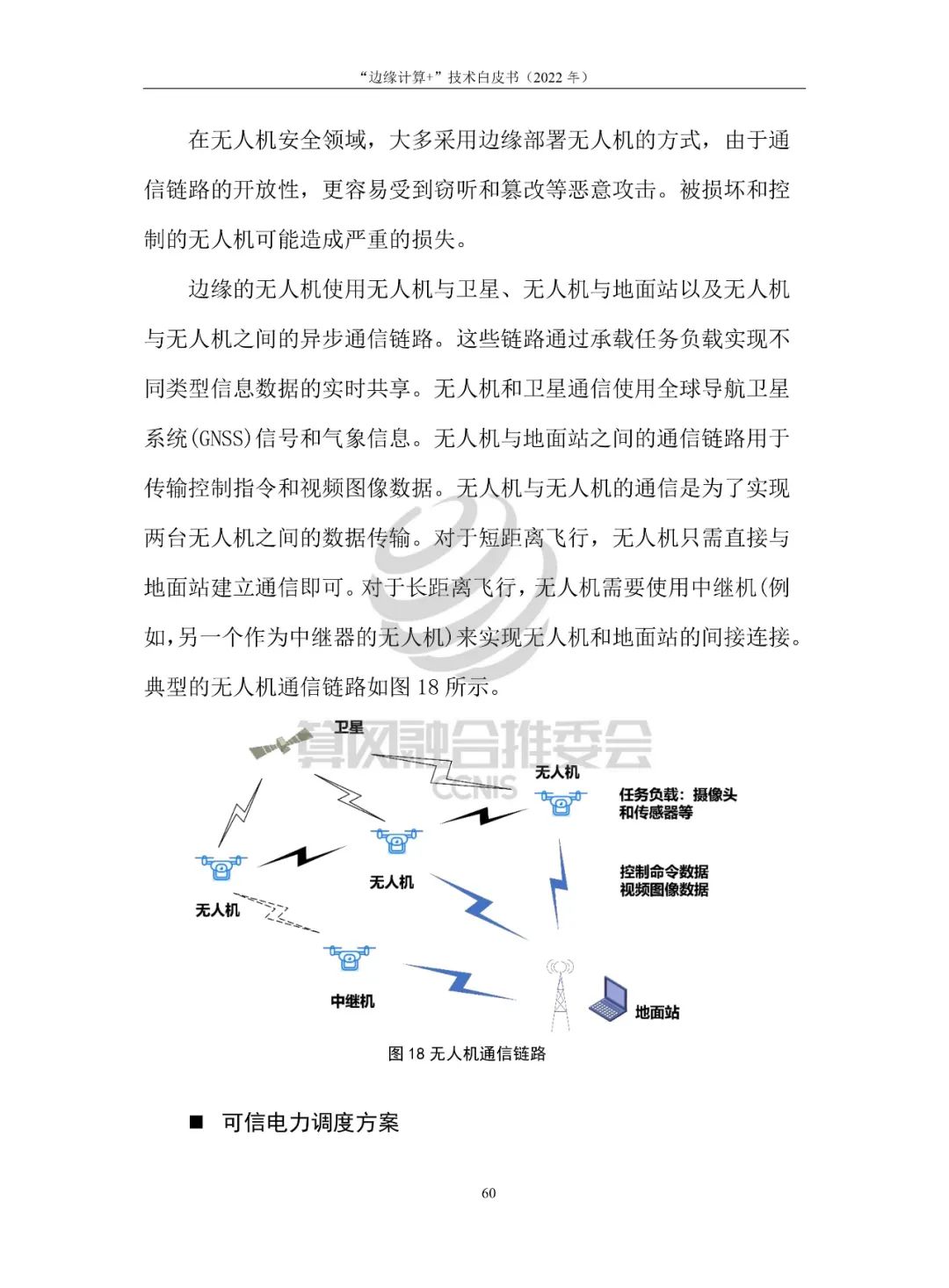
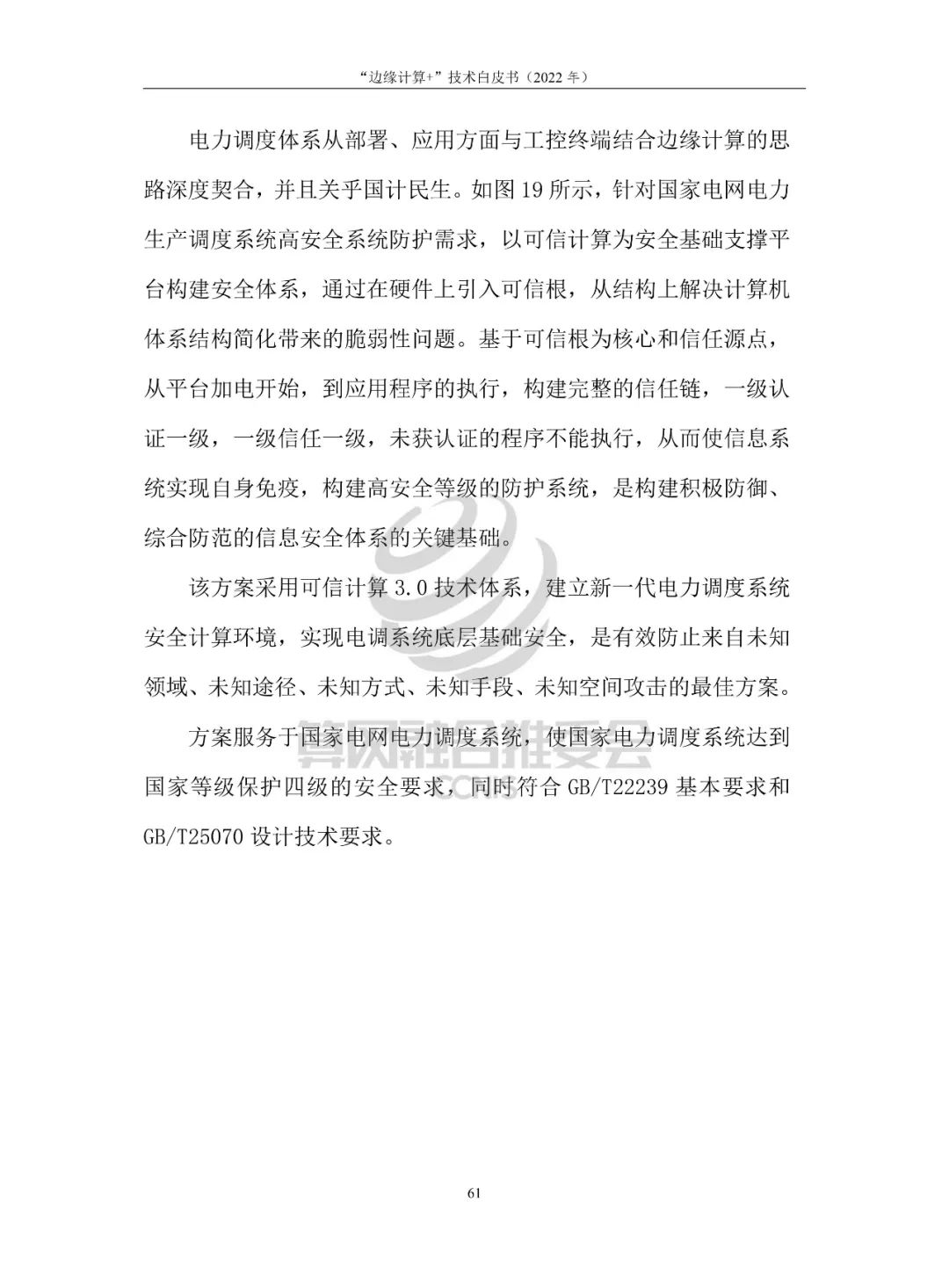
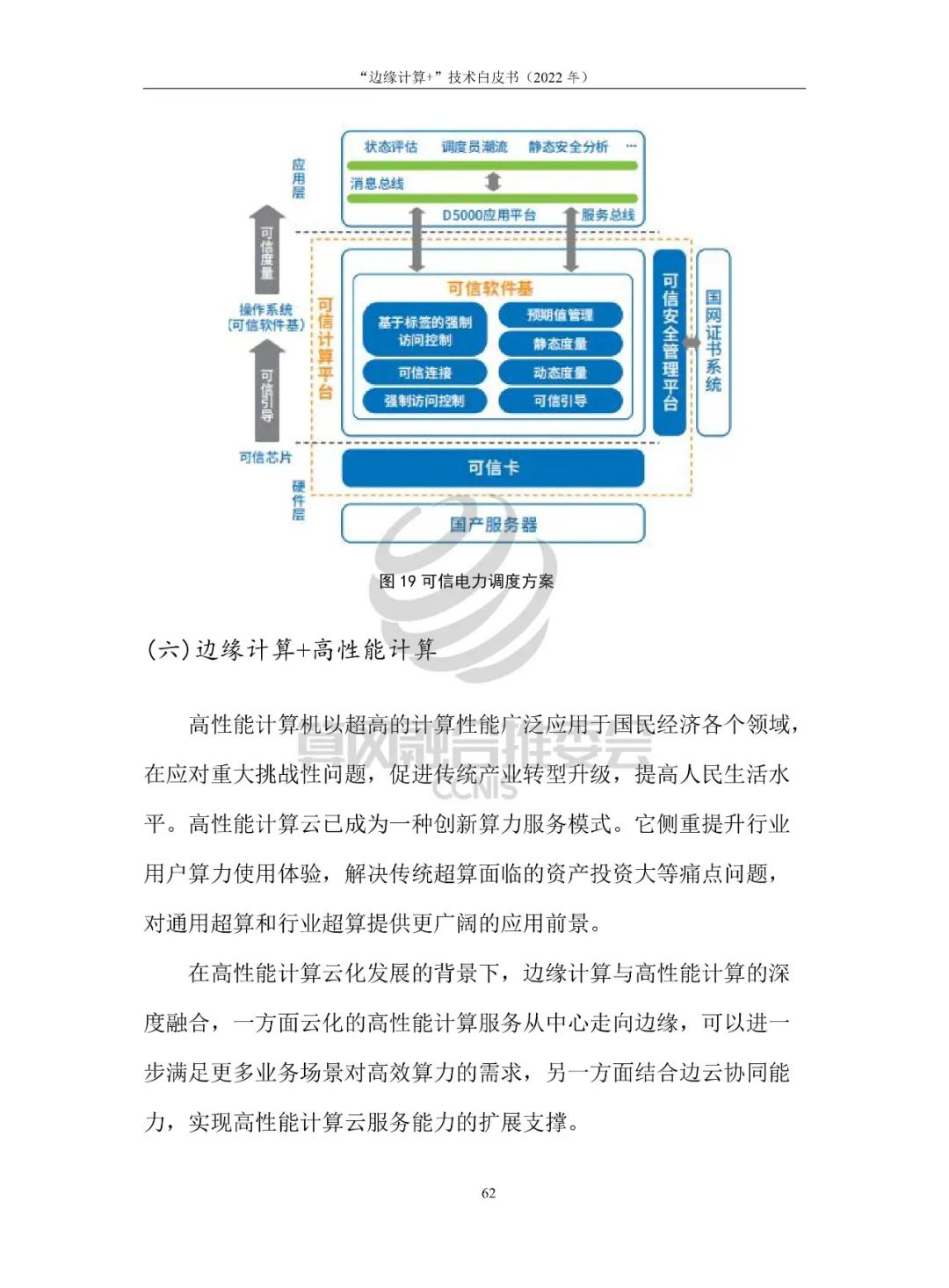
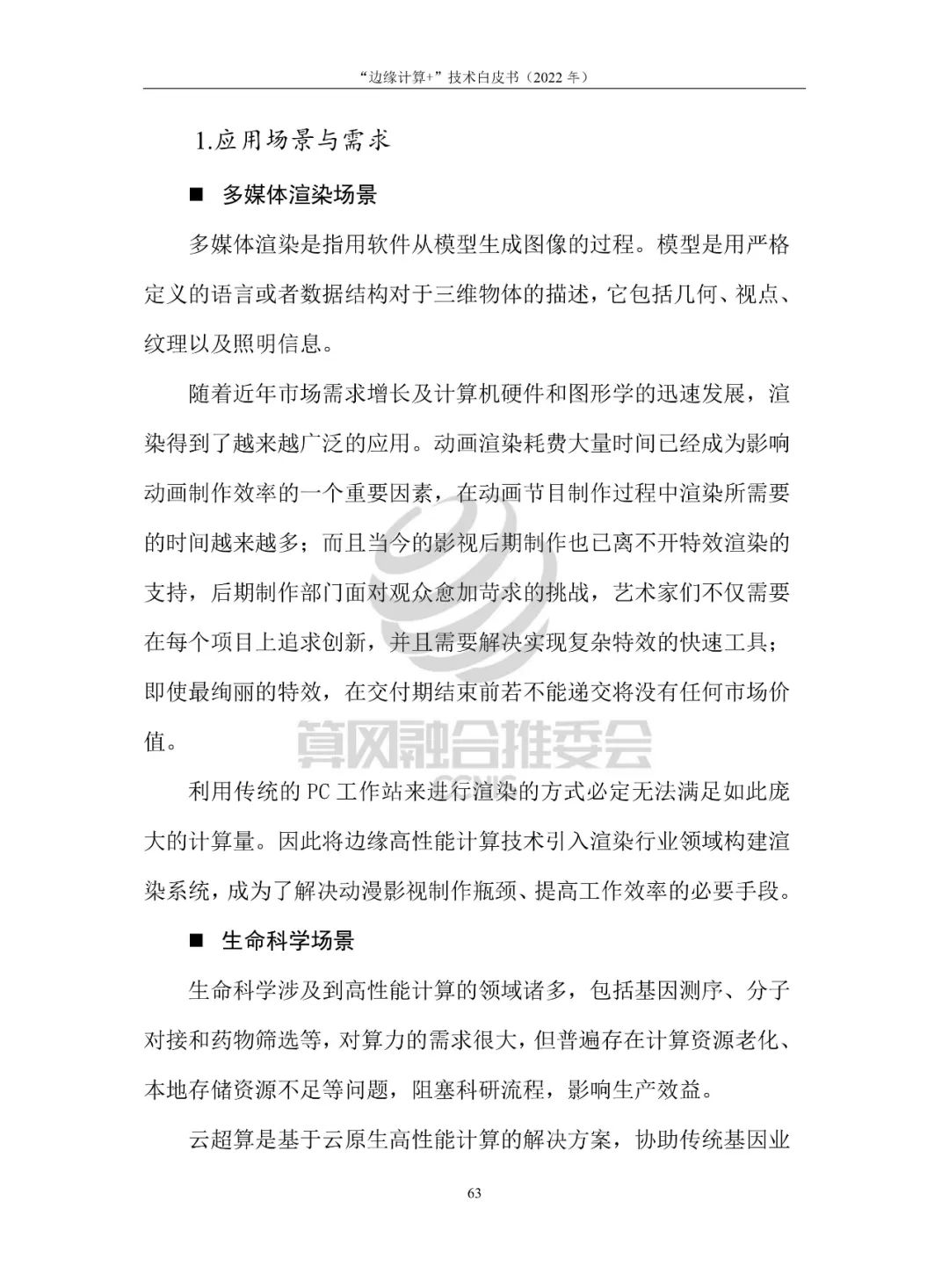
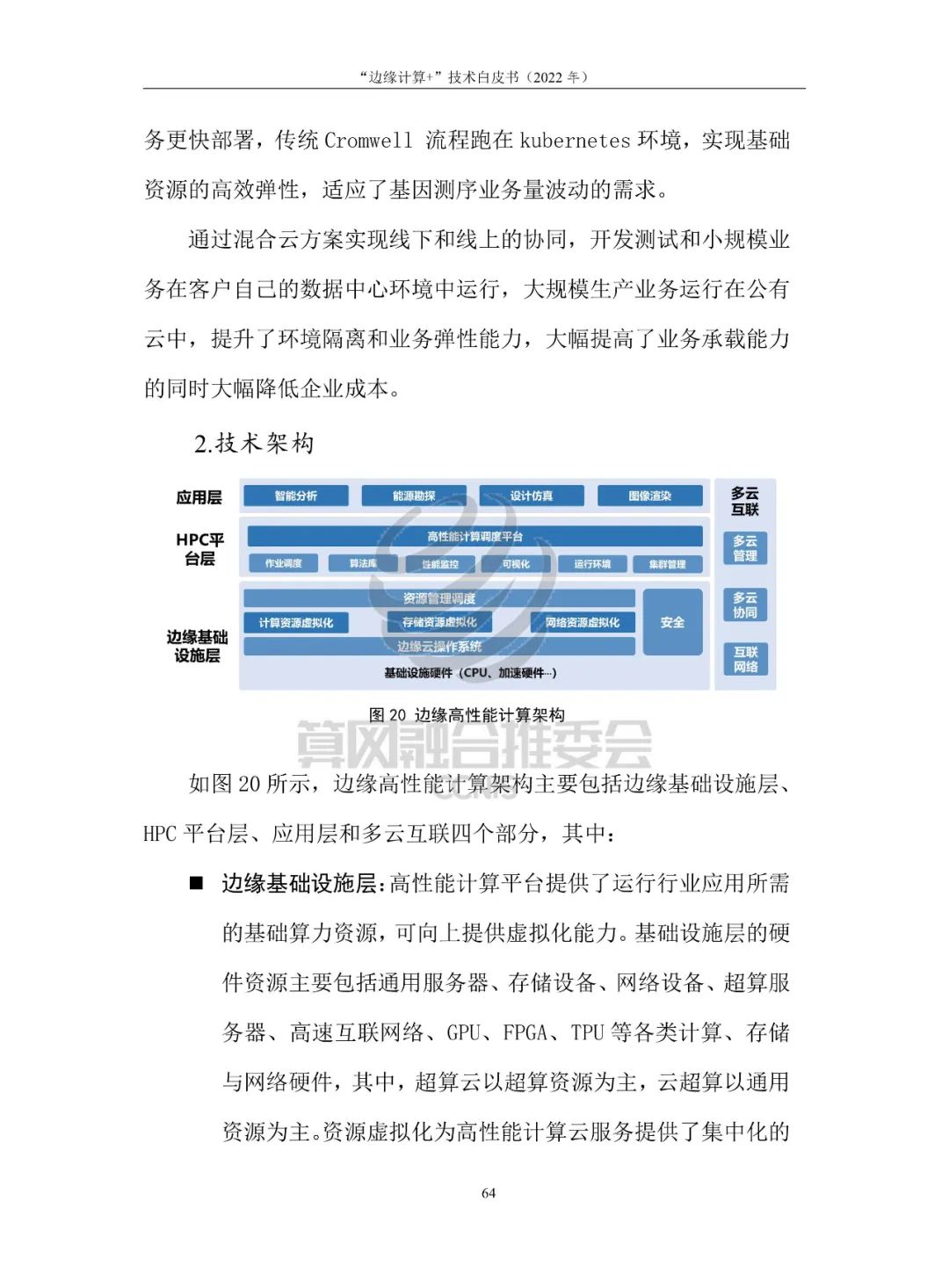
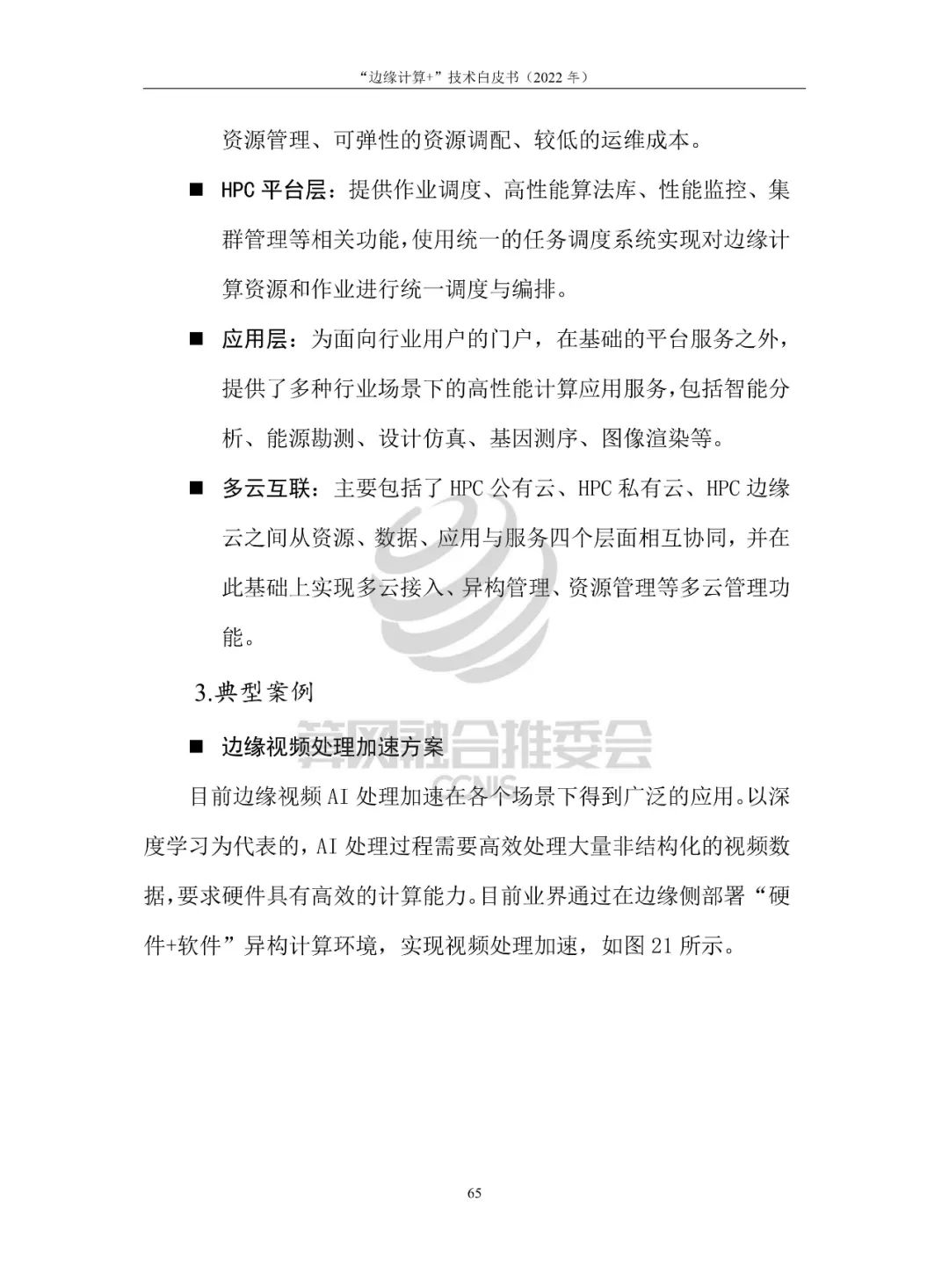
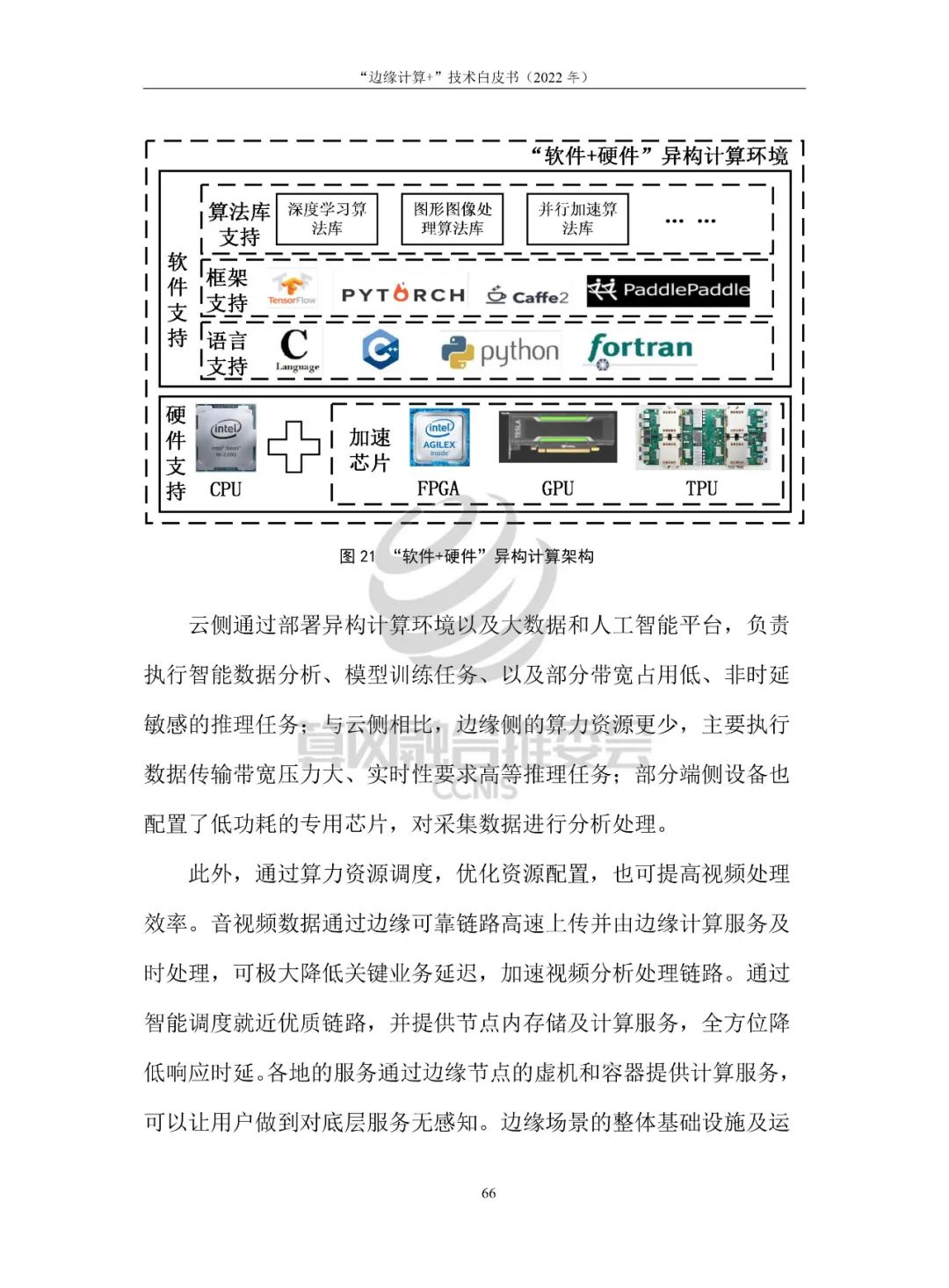
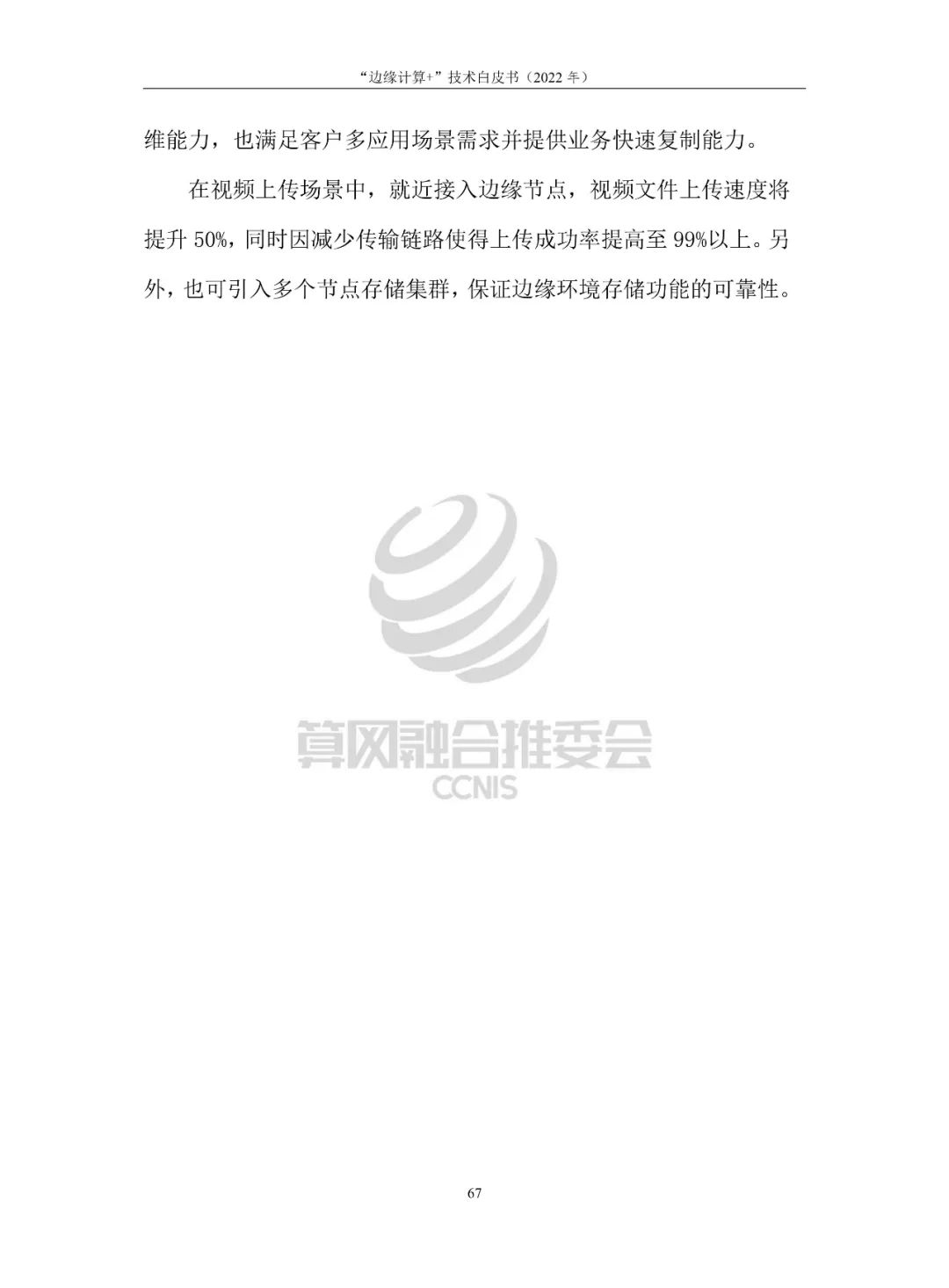
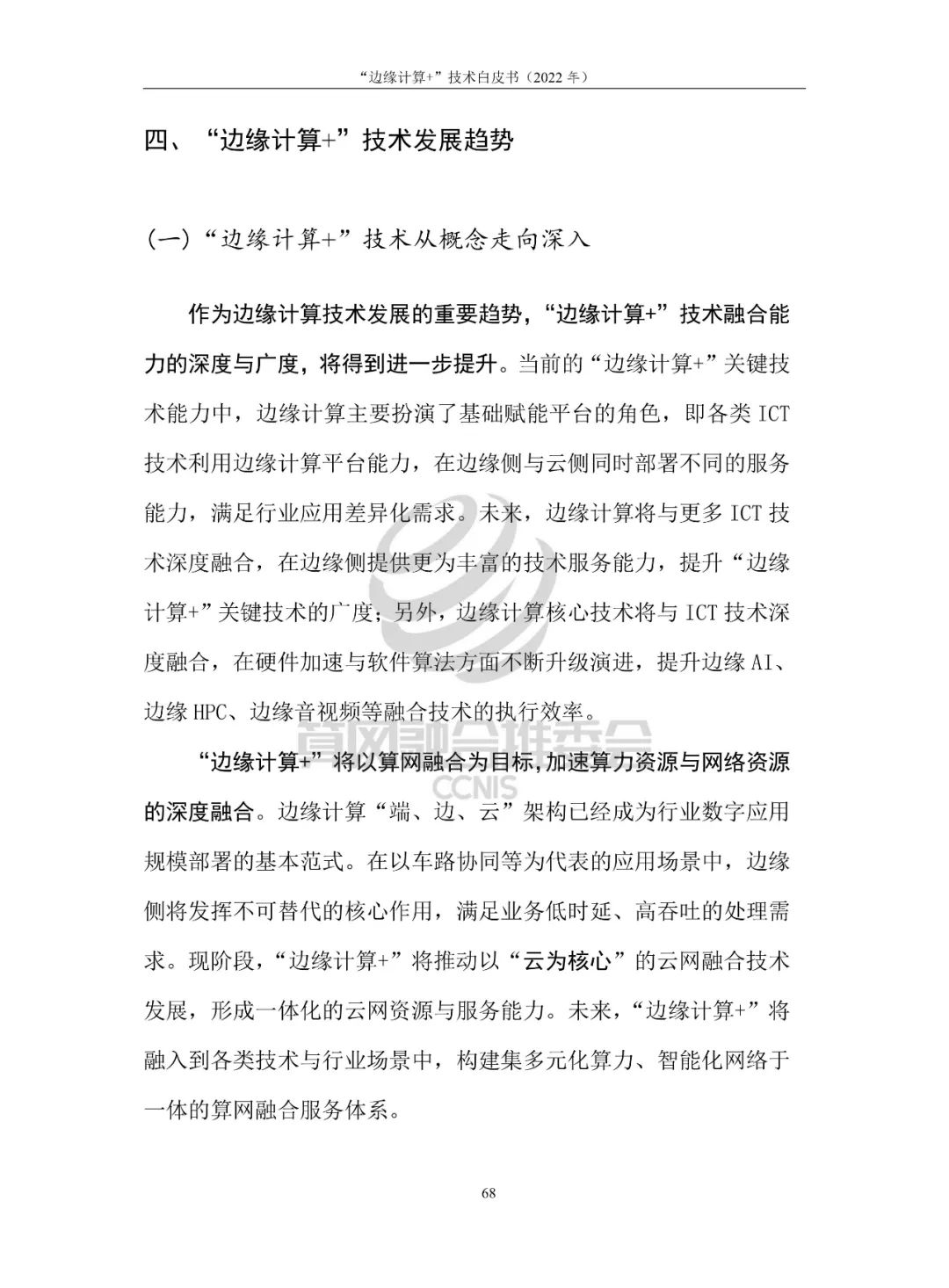
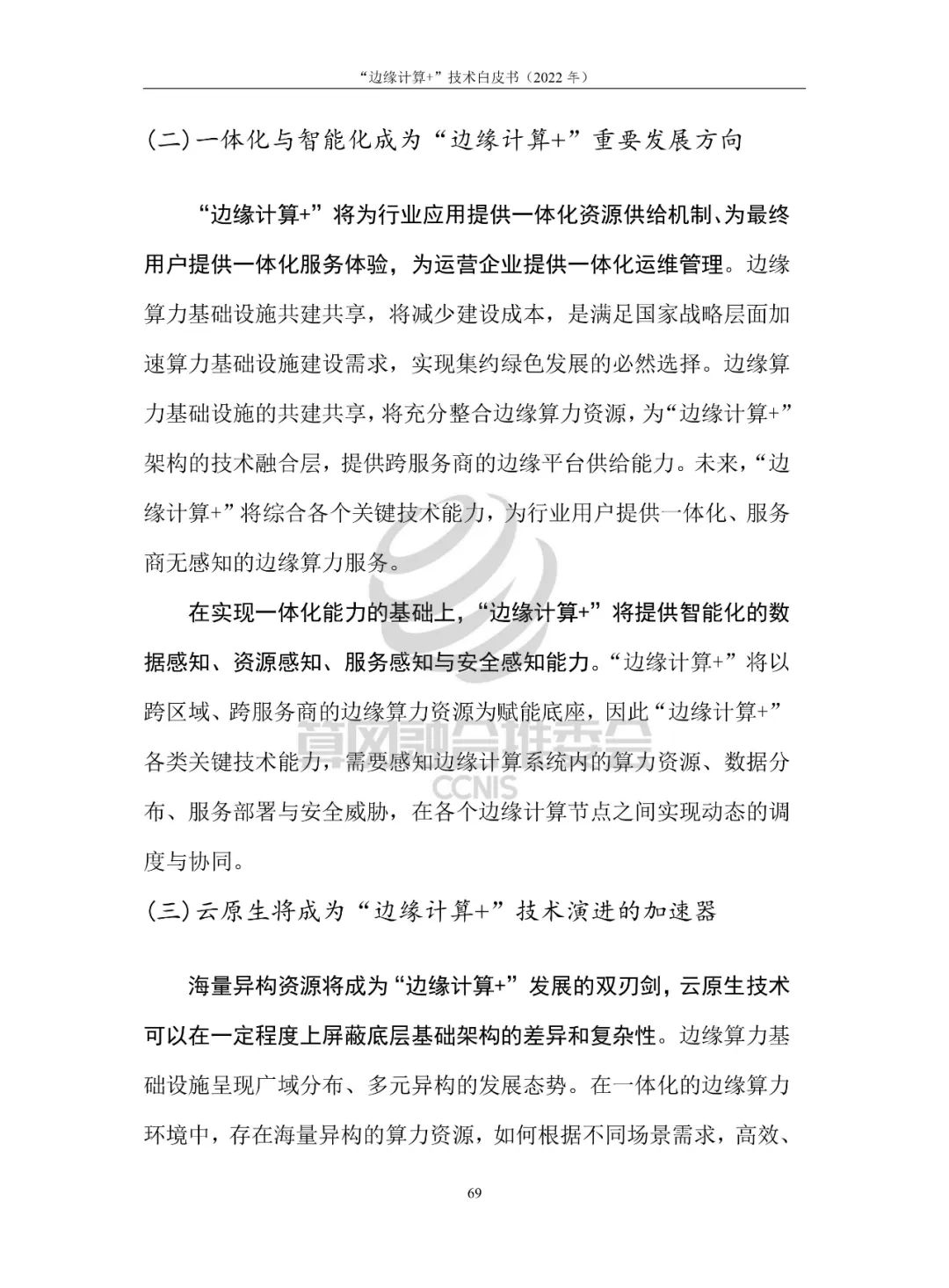
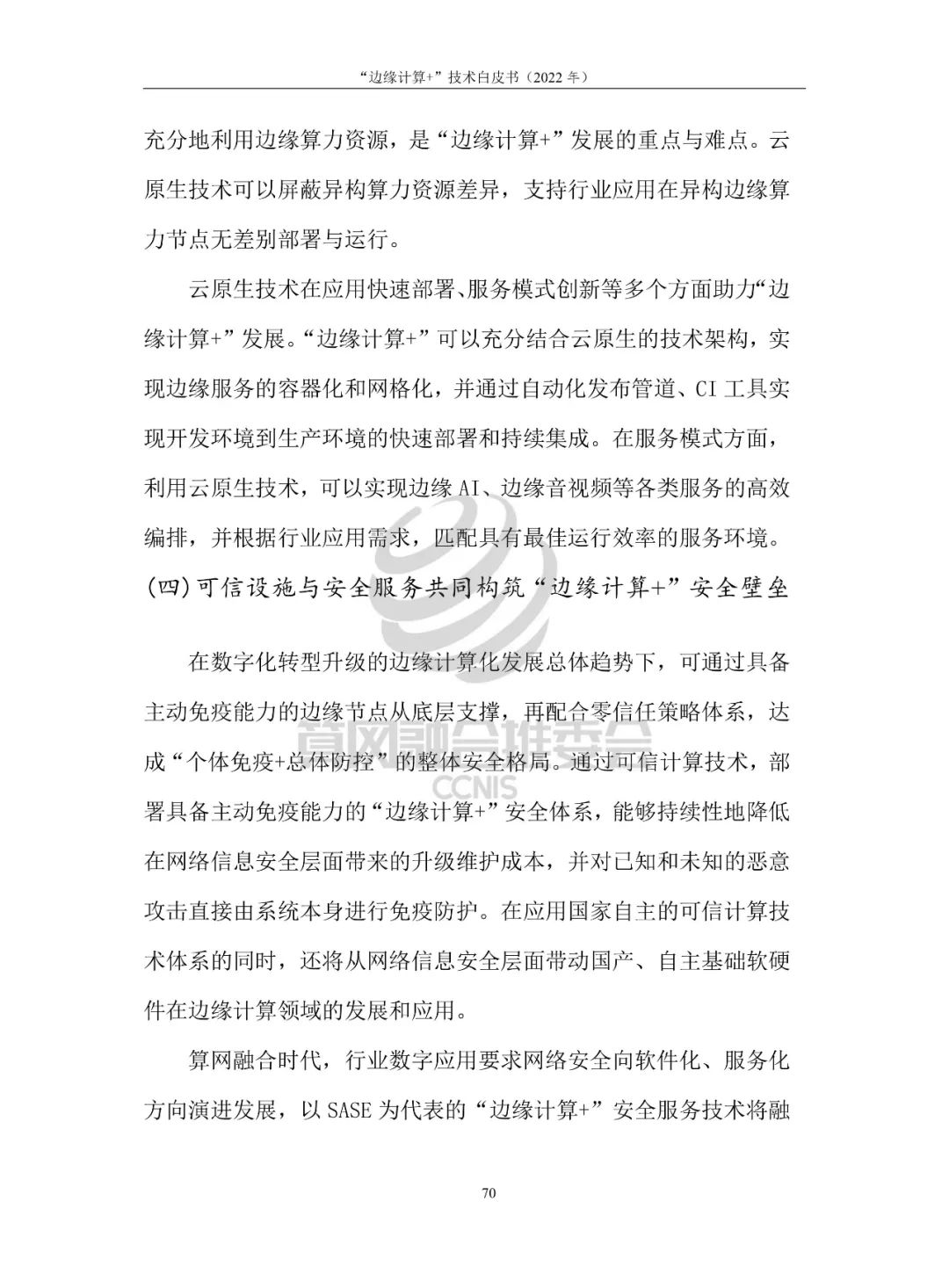
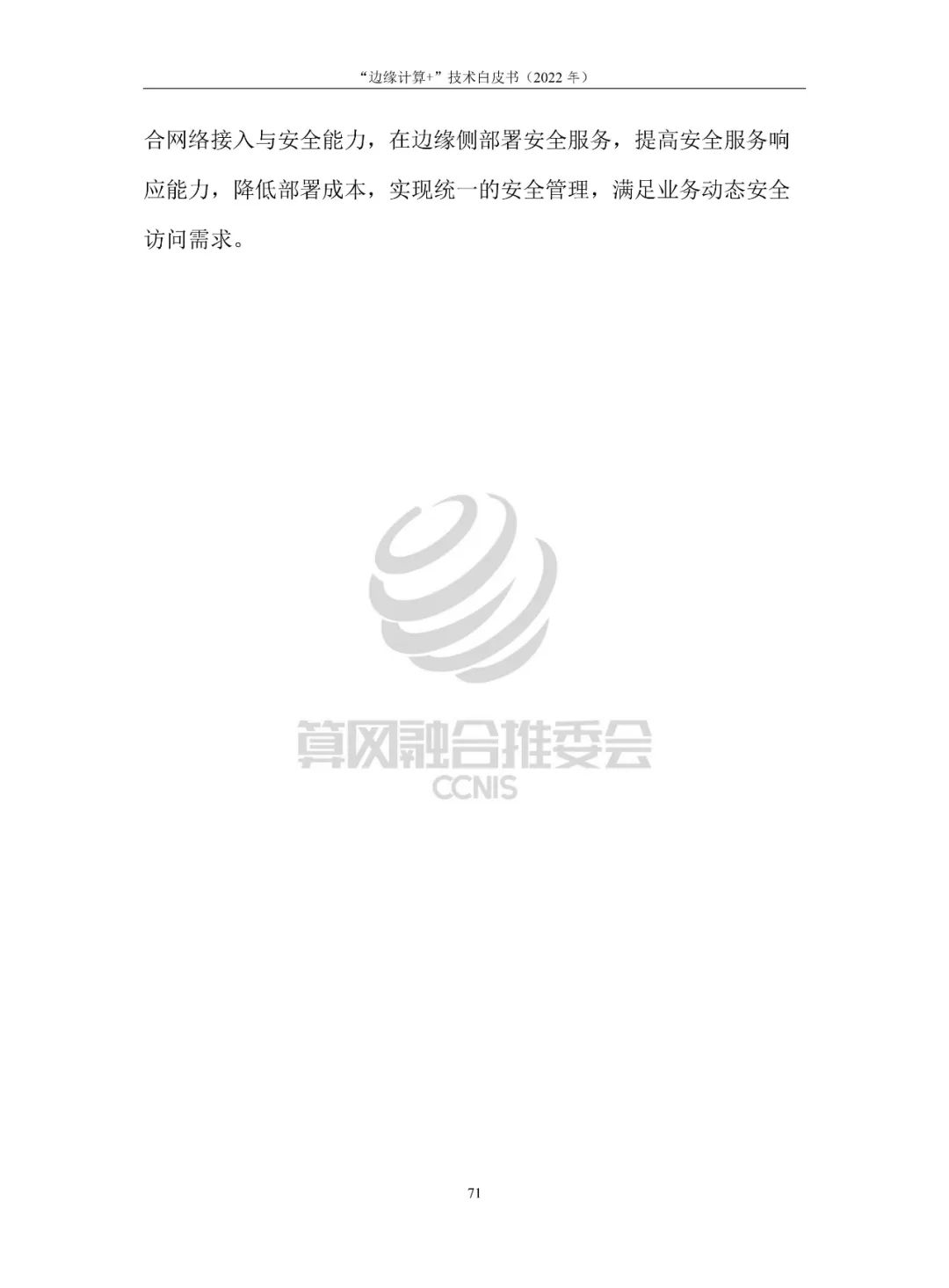
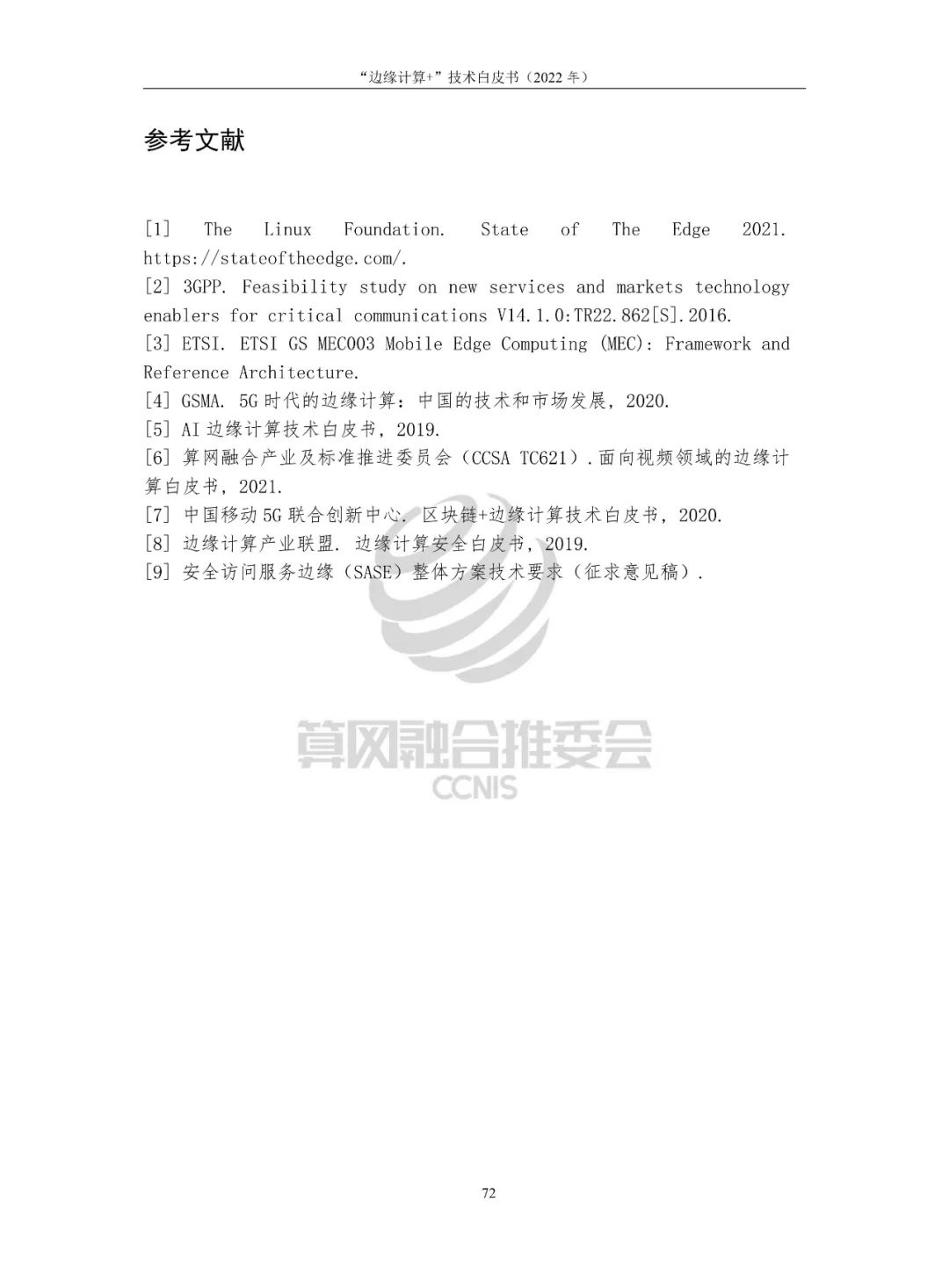
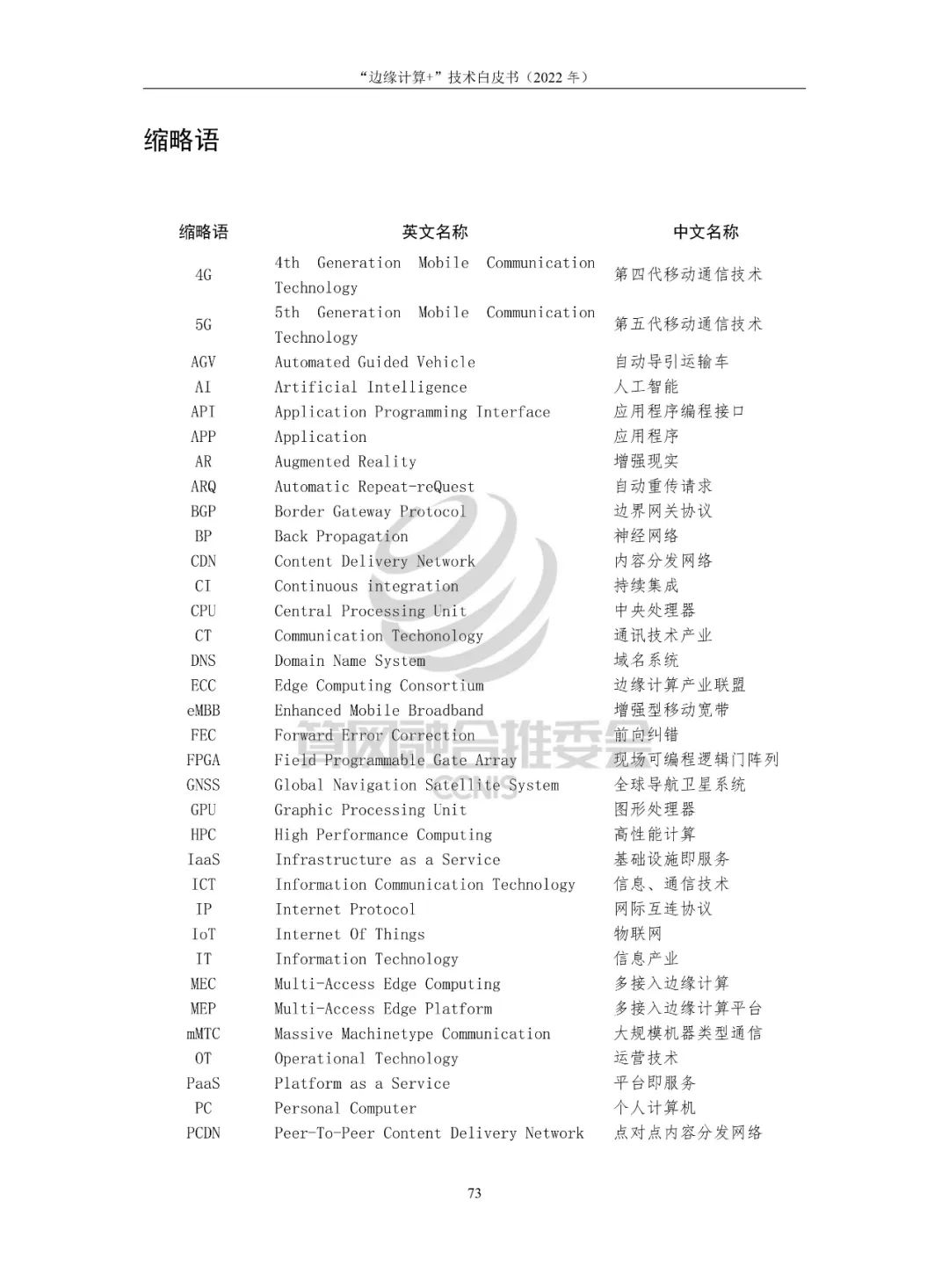
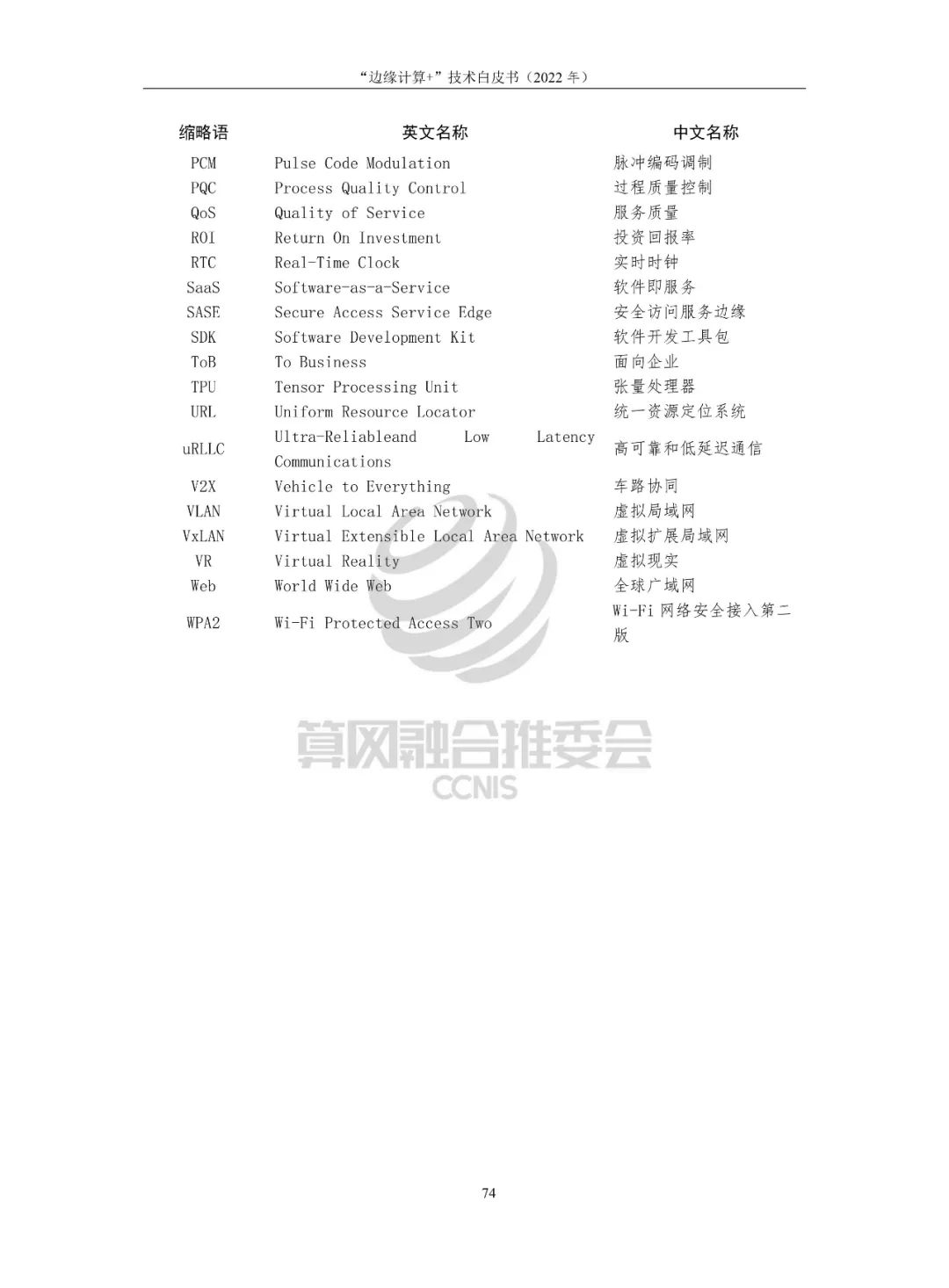
↓↓ Click “Read Original” 【Join the Cloud Technology Community】
Related Articles:
39-page PPT | “China Comprehensive Computing Power Index (2022)”
Computing Power Network Technology White Paper
Cloud Computing White Paper (2022)
Distributed Cloud Development White Paper (2022)
“National Integrated Big Data Center Collaborative Innovation System Computing Power Hub Implementation Plan” released, increasing the large-scale application of software and hardware products such as server chips, operating systems, databases, and storage
Latest and most comprehensive 2020 Cloud Status Report [69-page PDF download]
RightScale 2019 Cloud Status Survey Report: 35% of cloud spending is wasted [with 50-page PDF download]
For more articles, please follow

Click here for a better reading experience [Looking] 👇